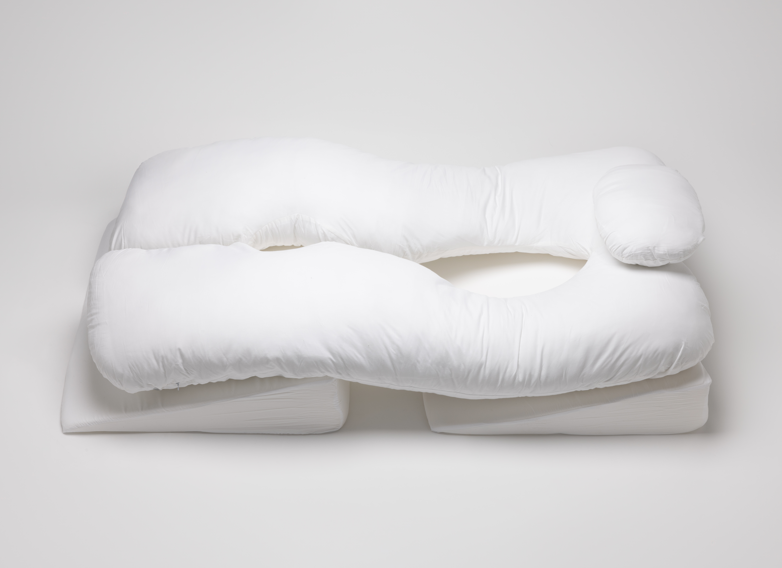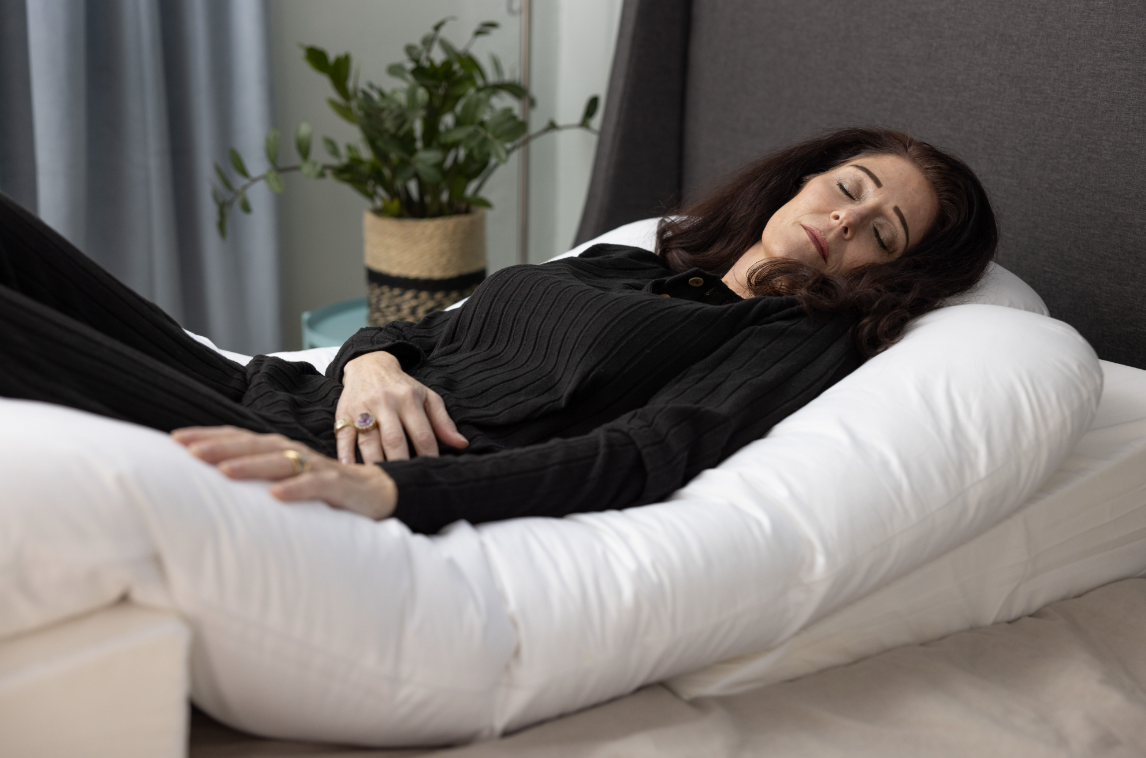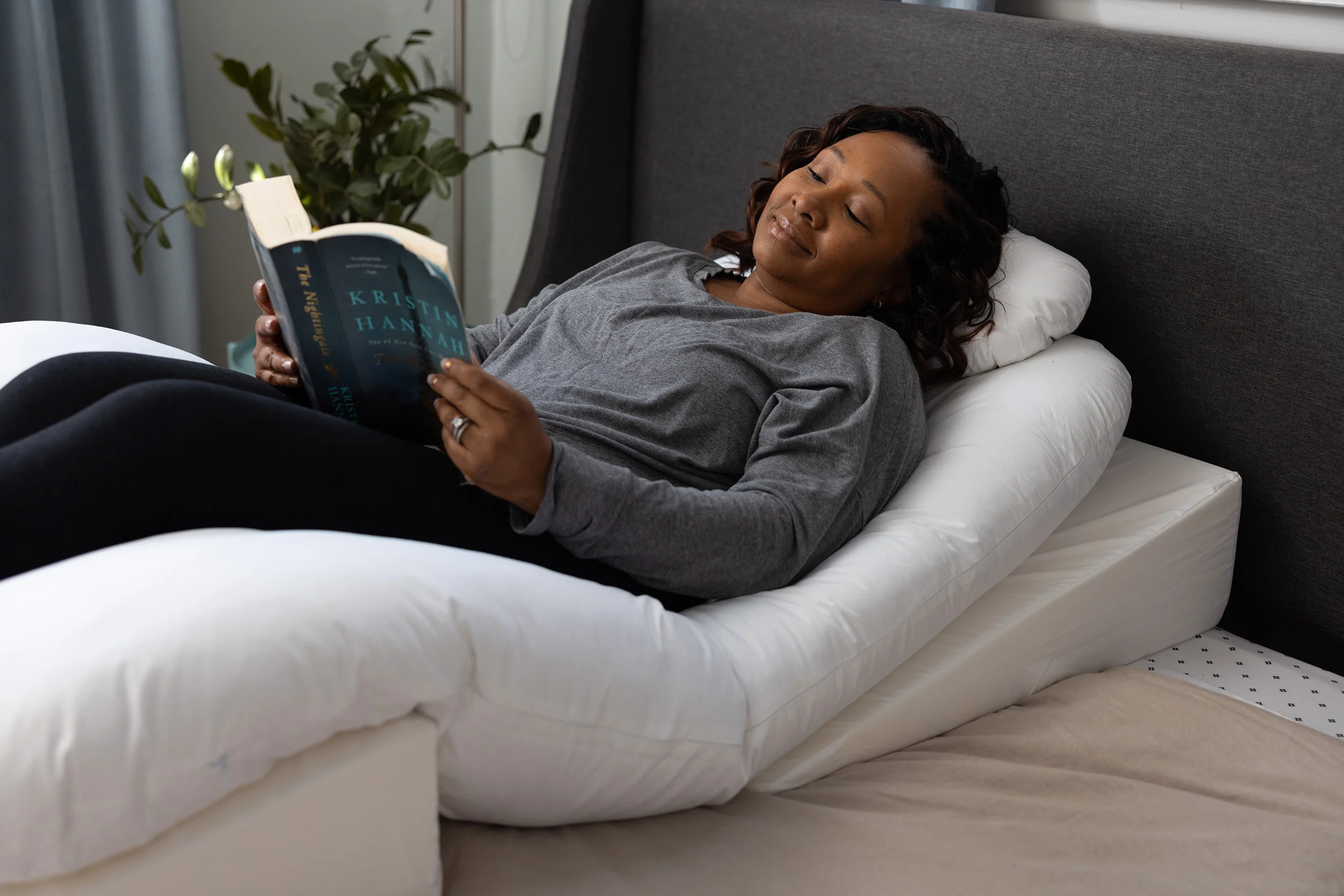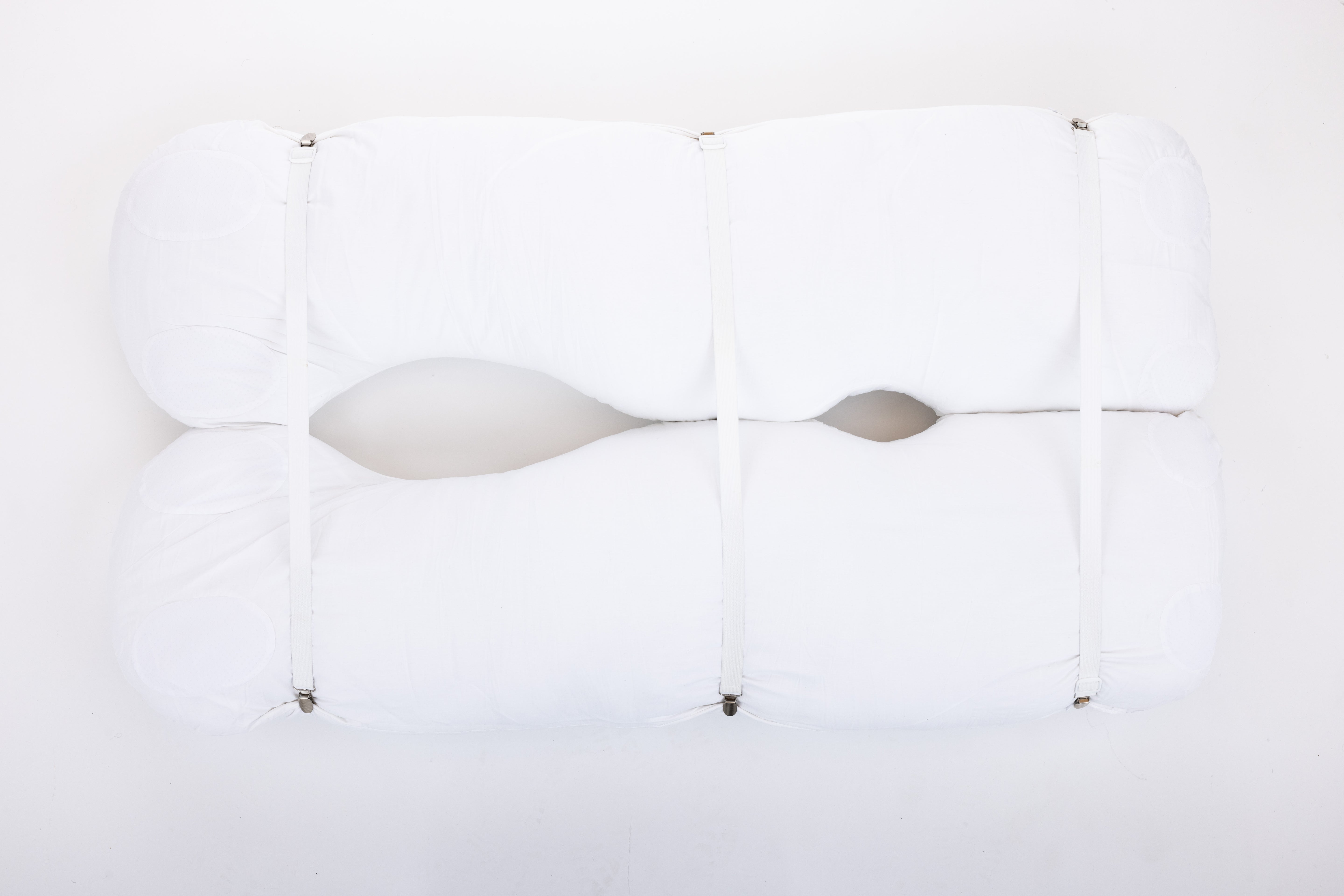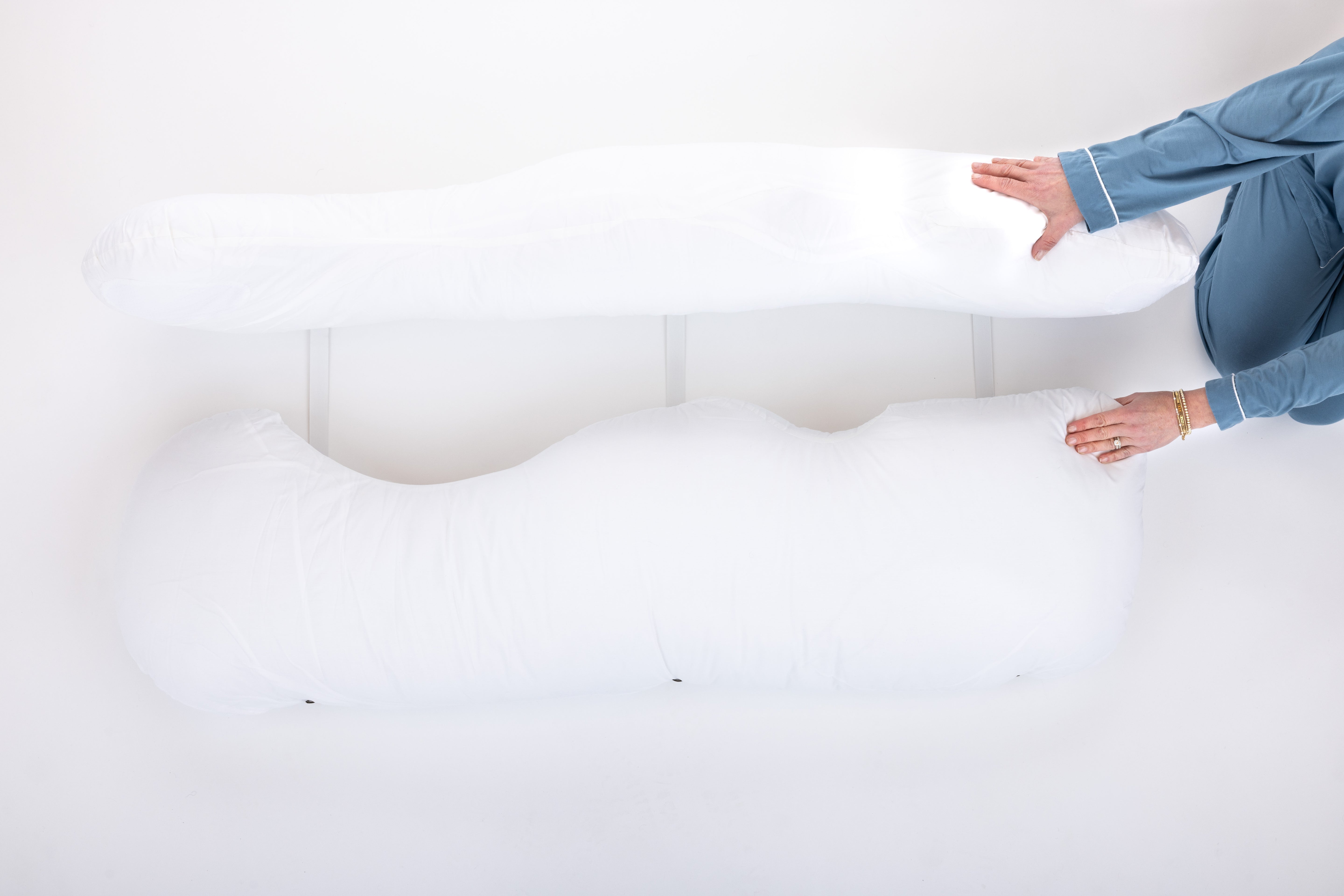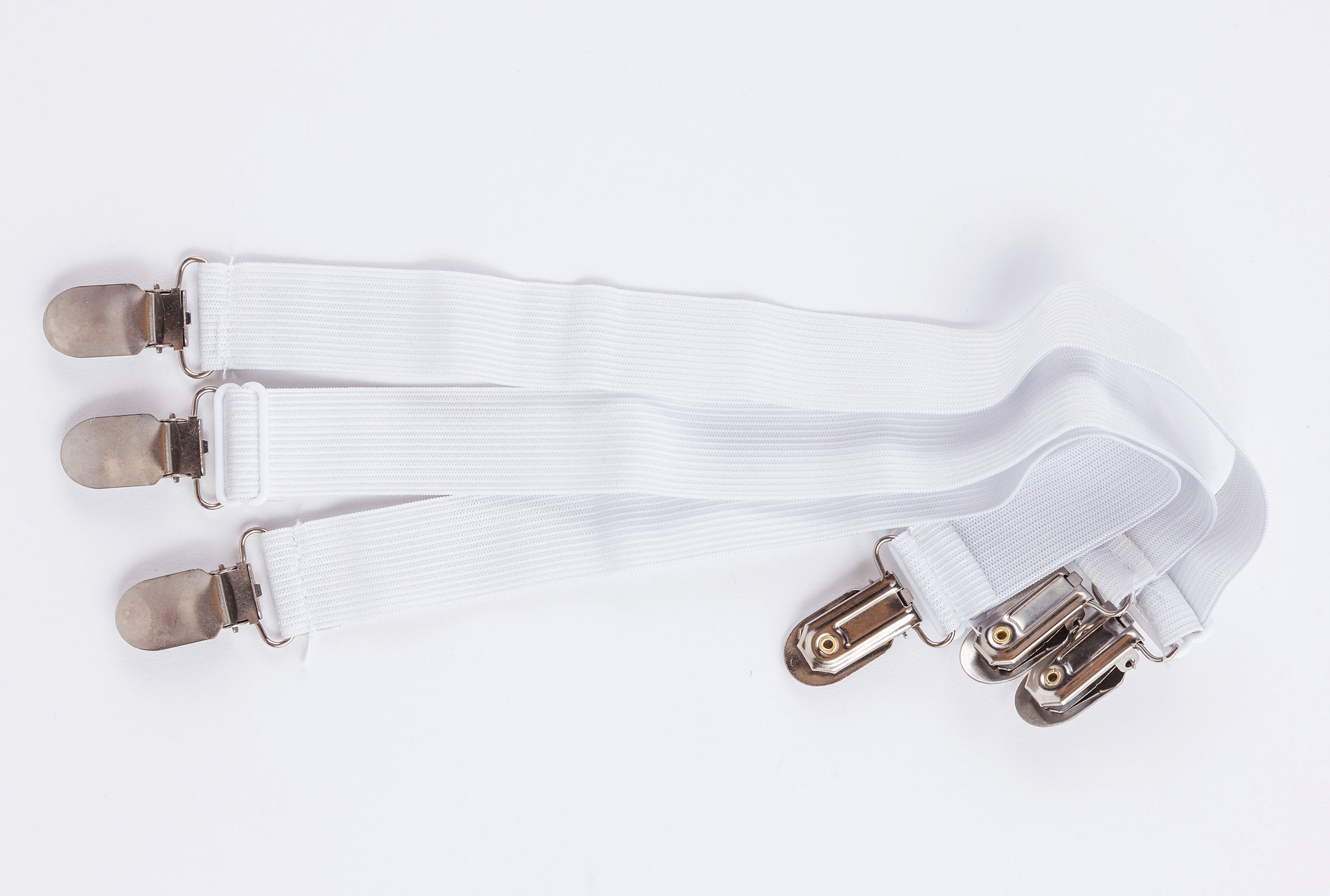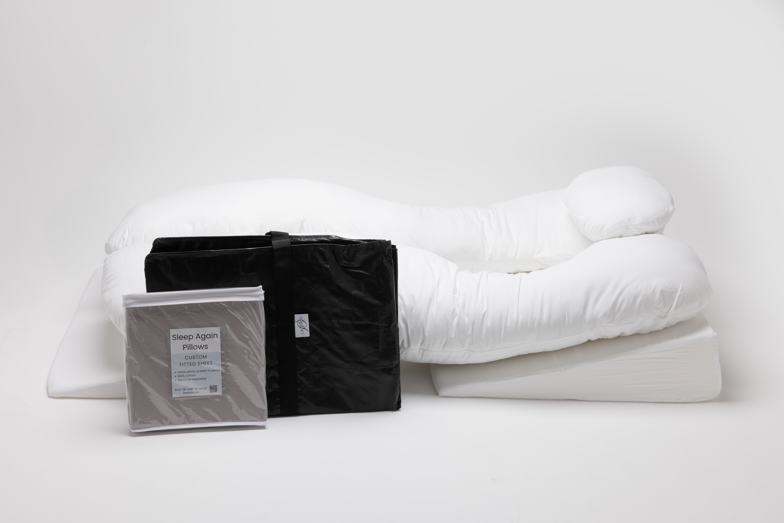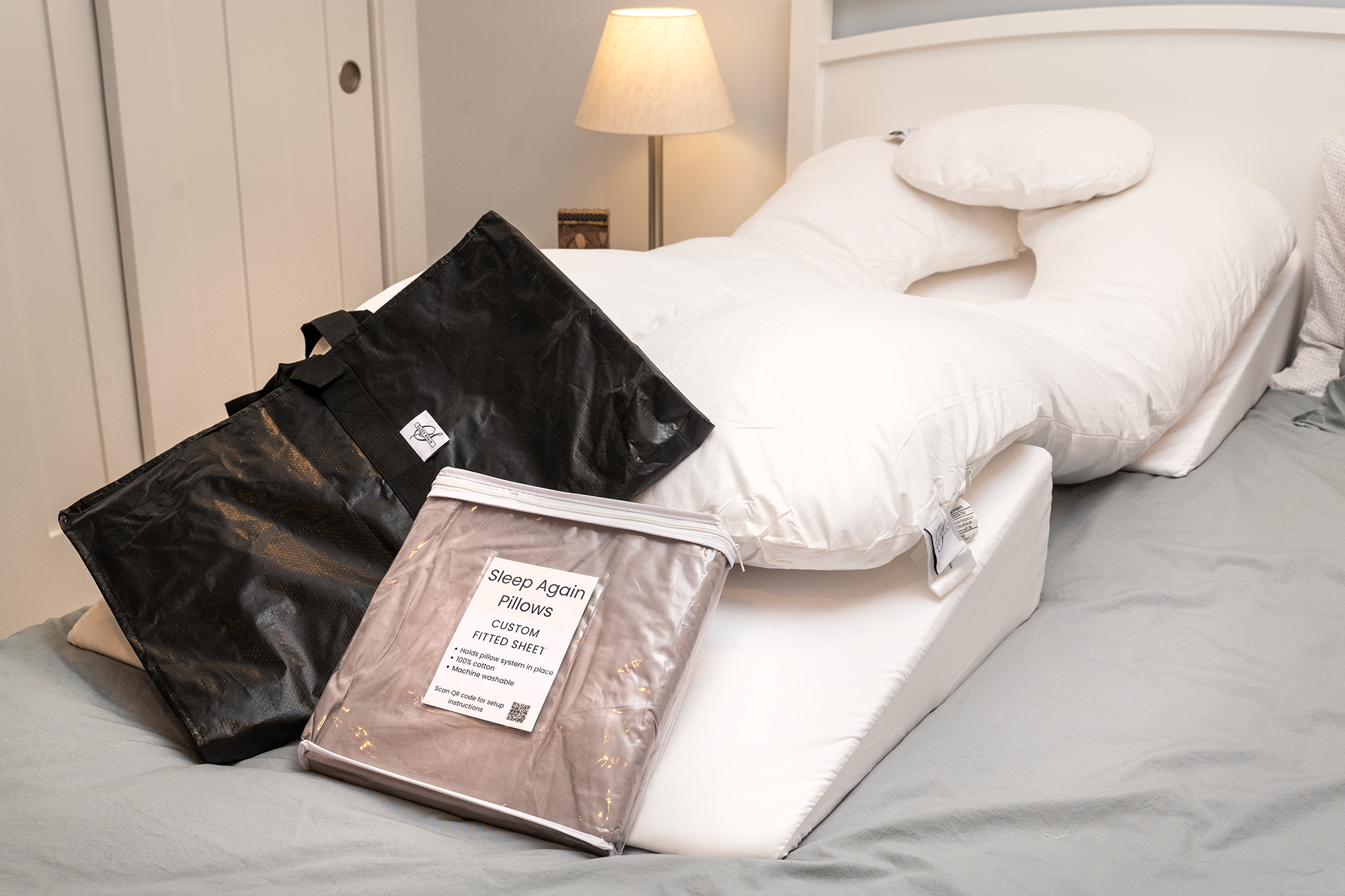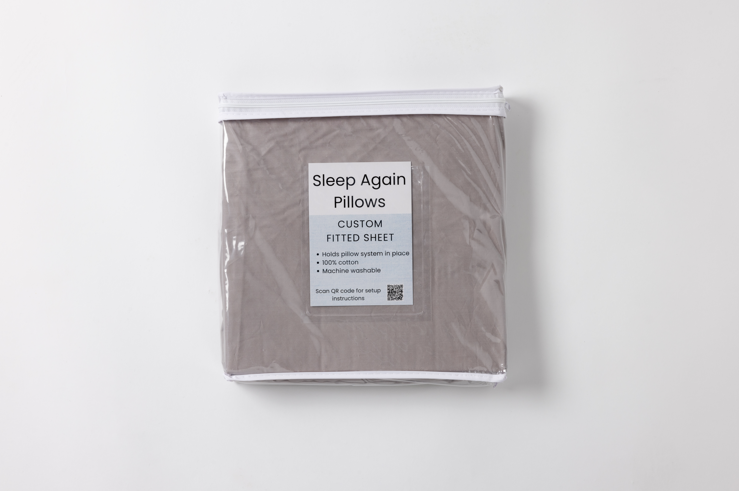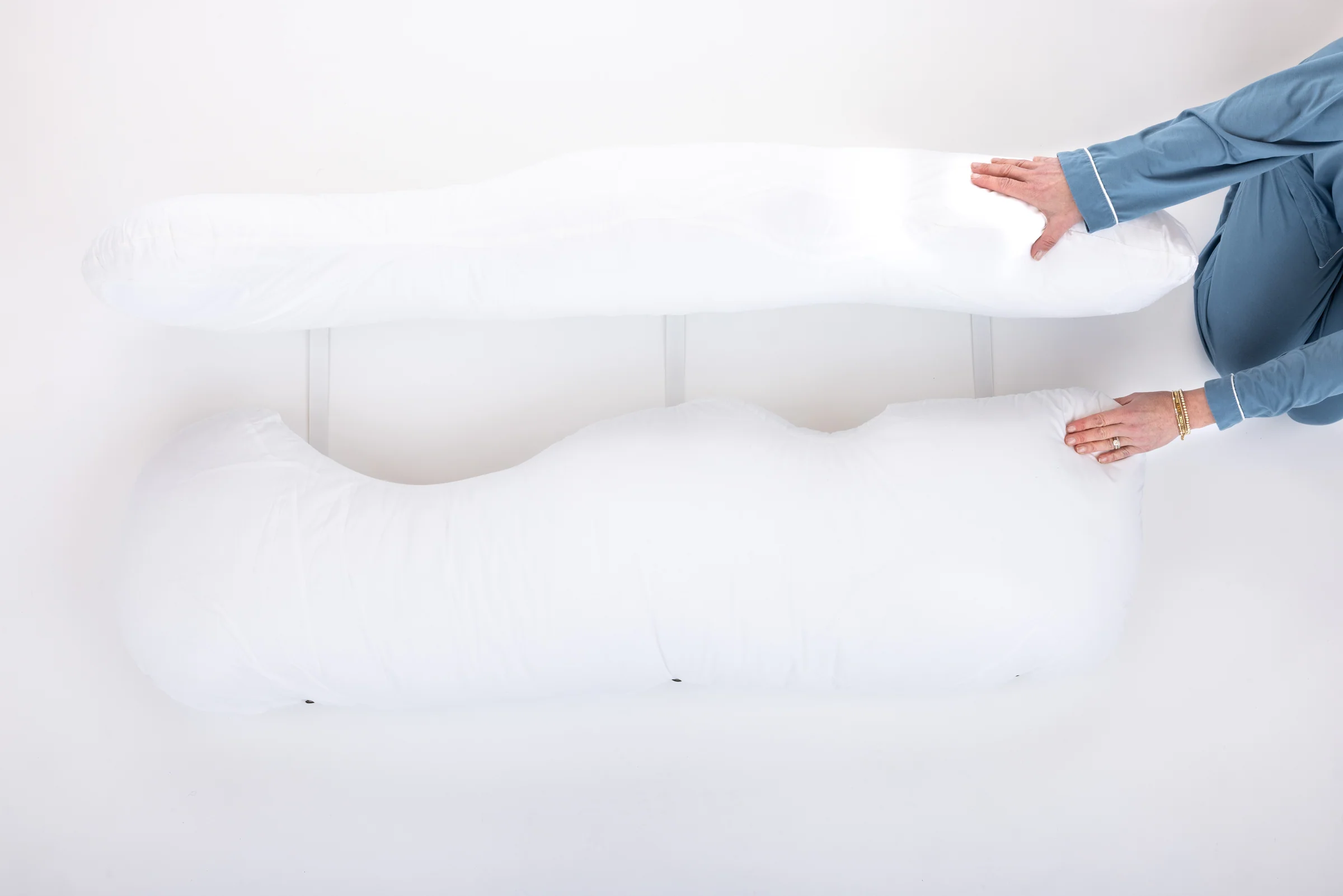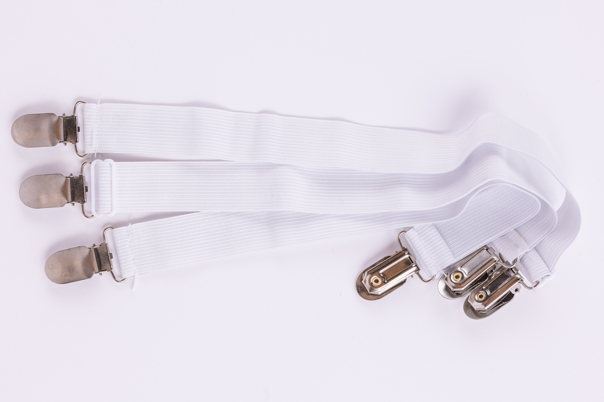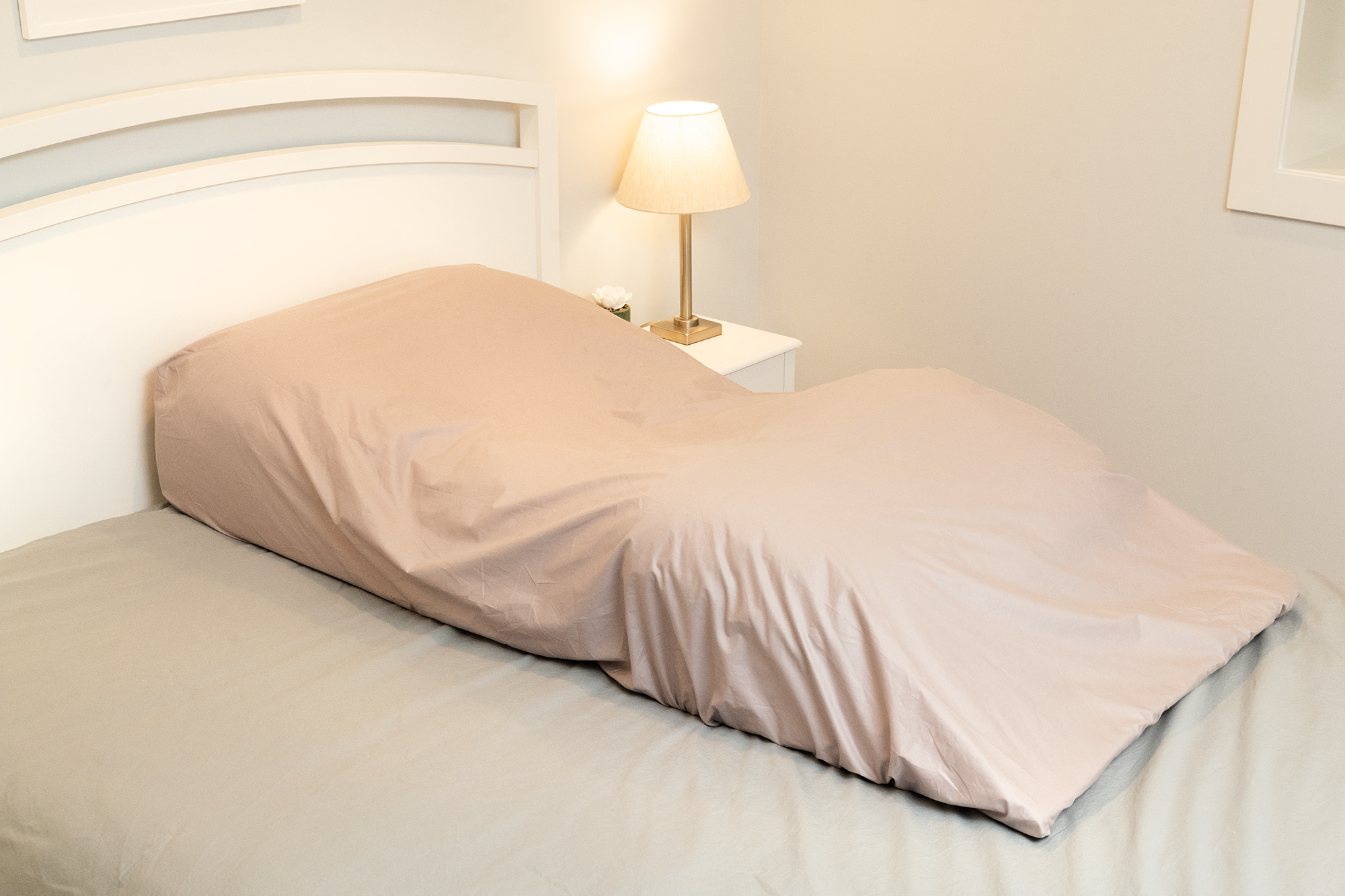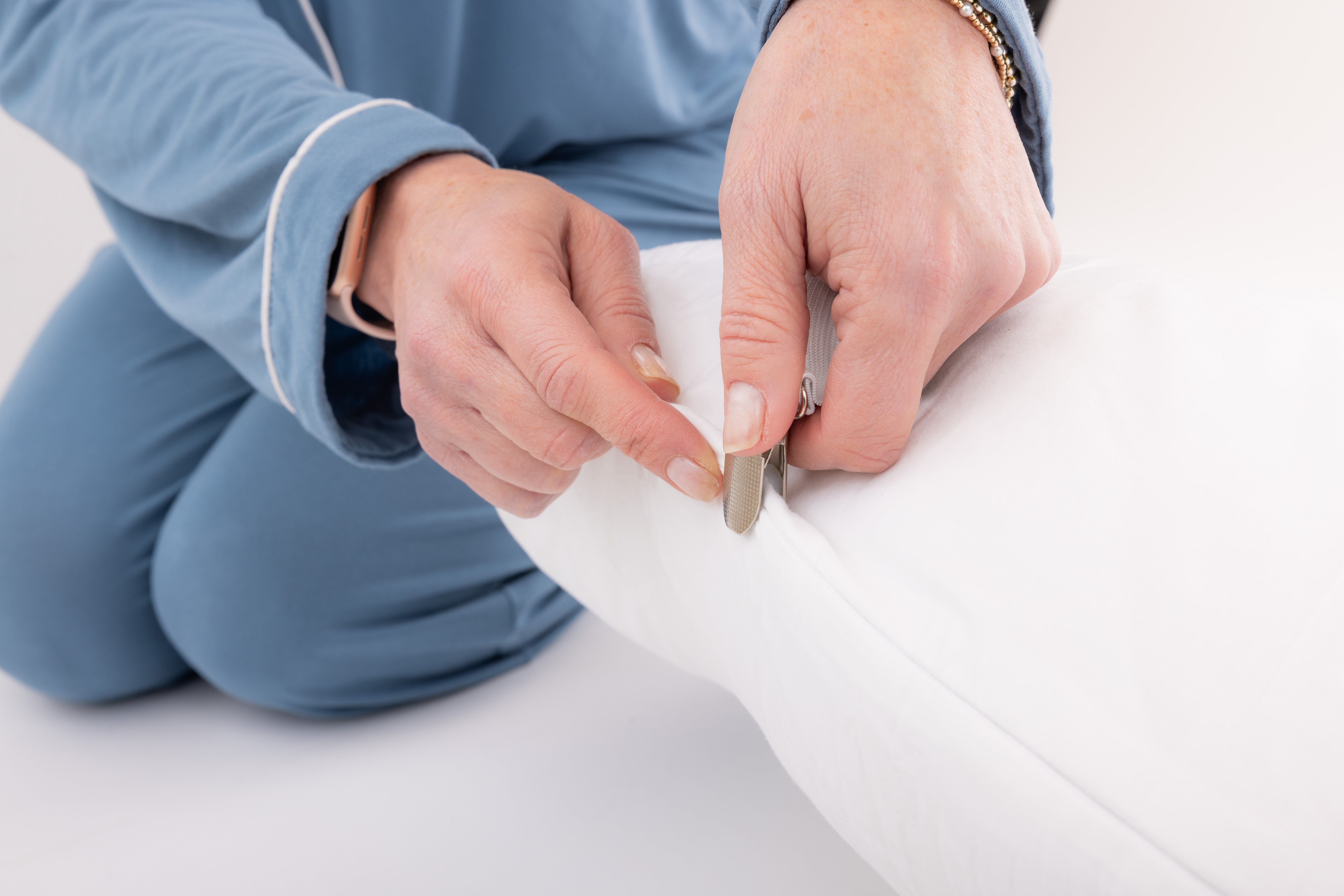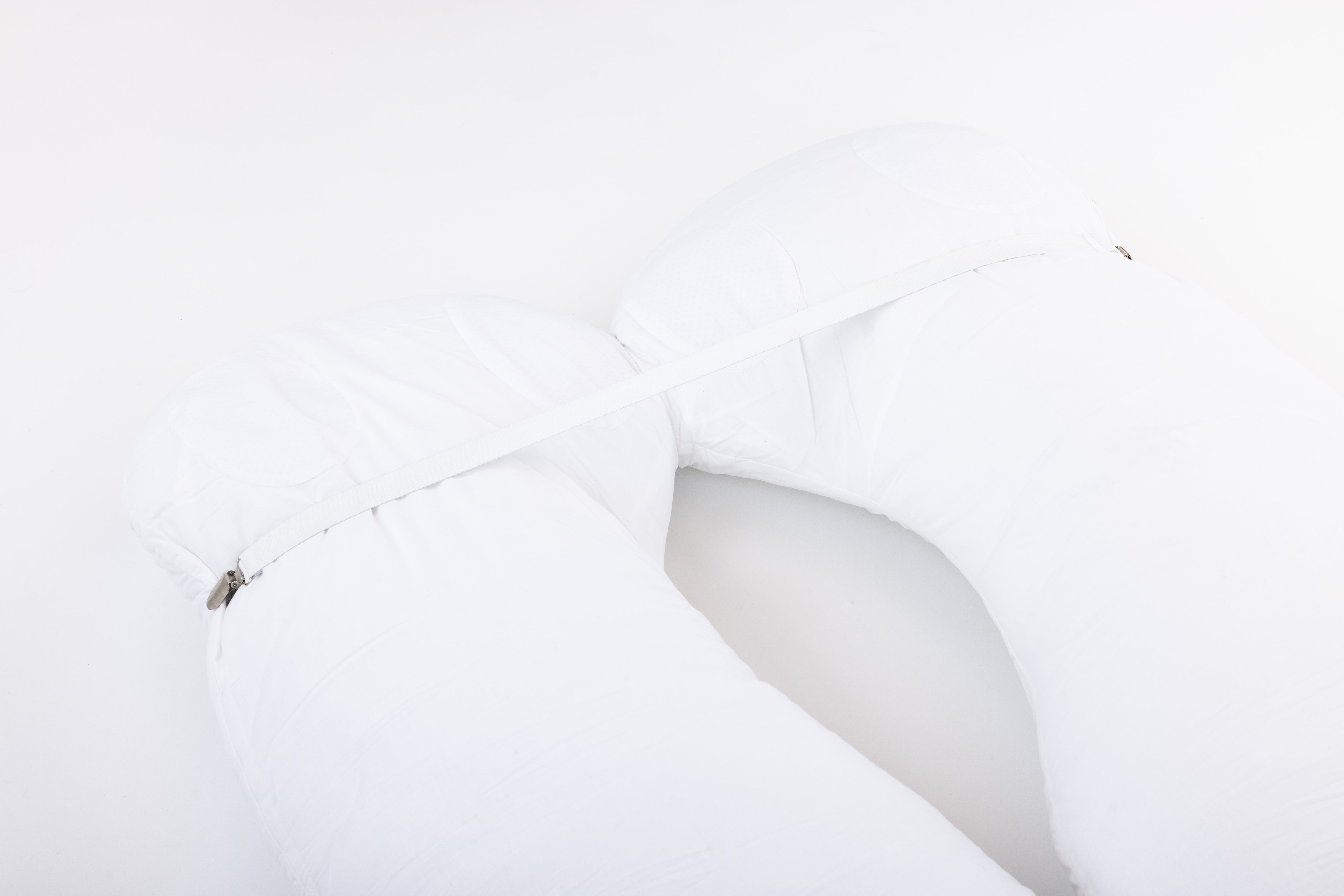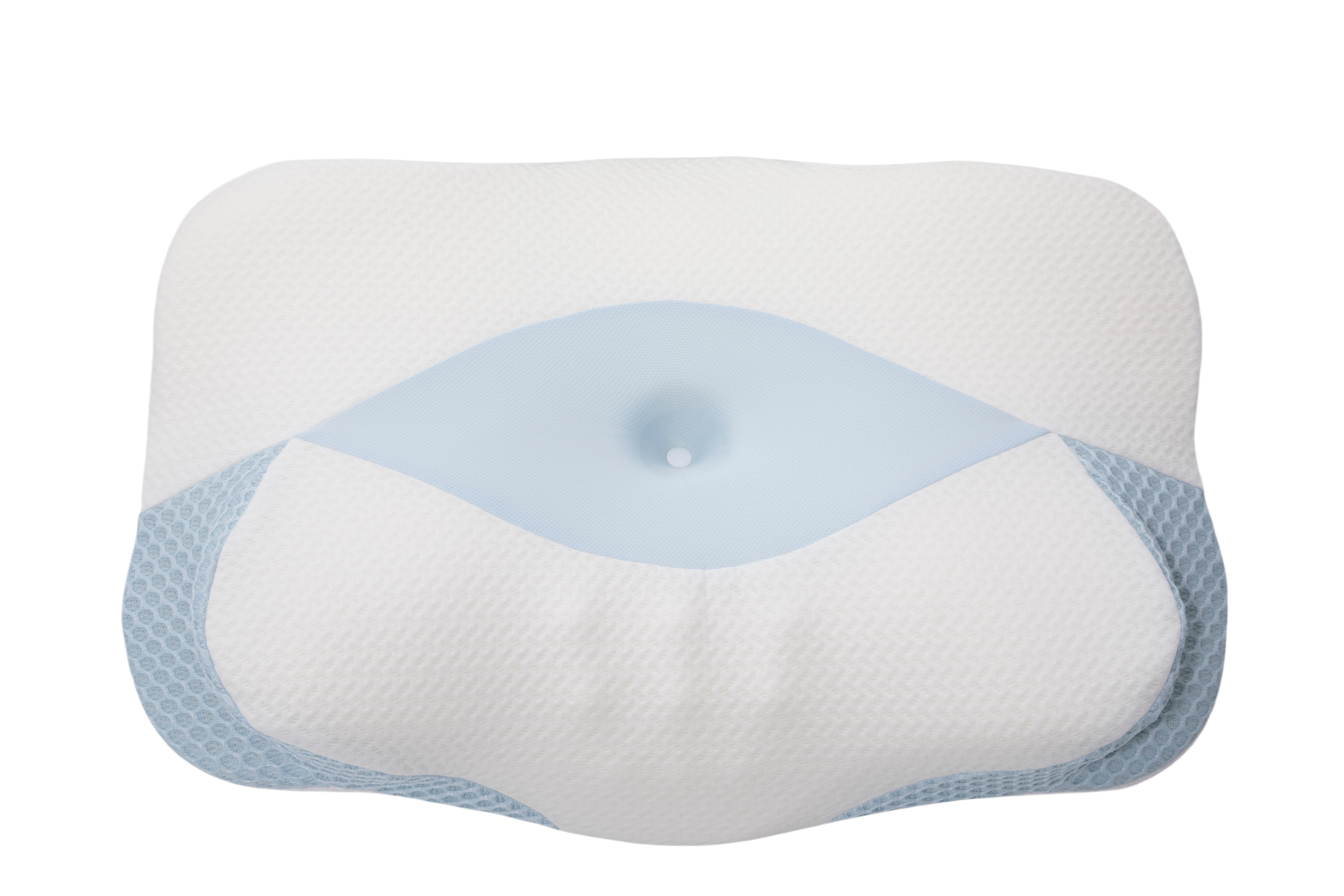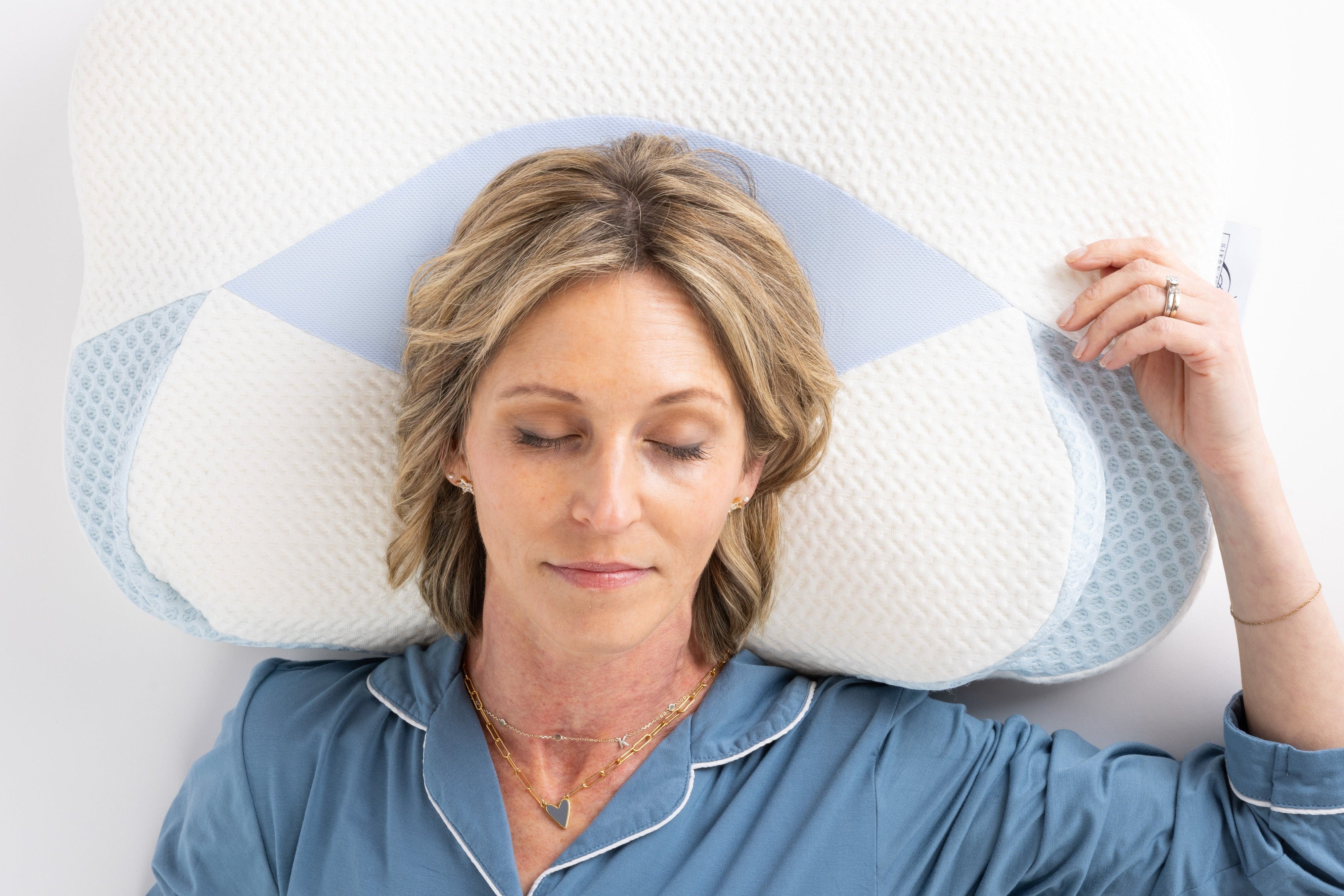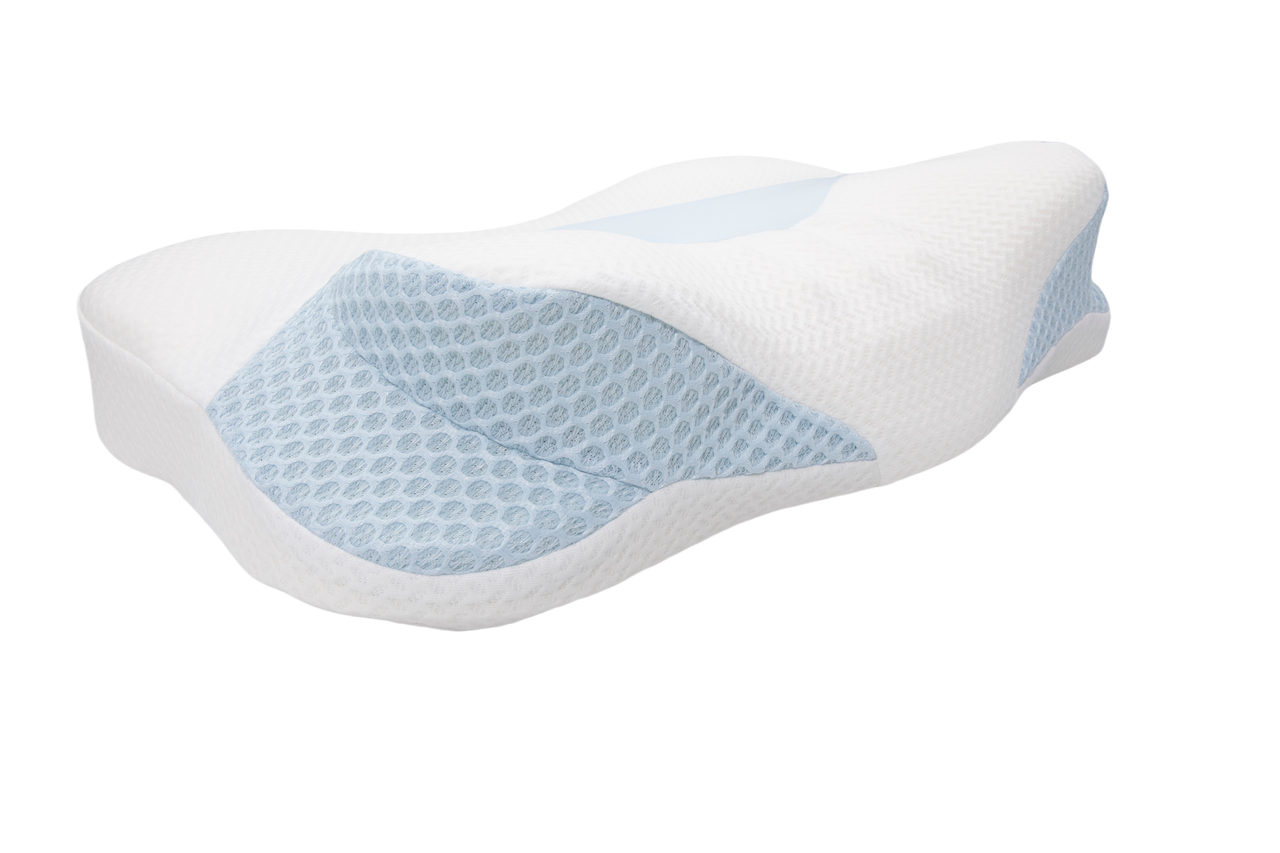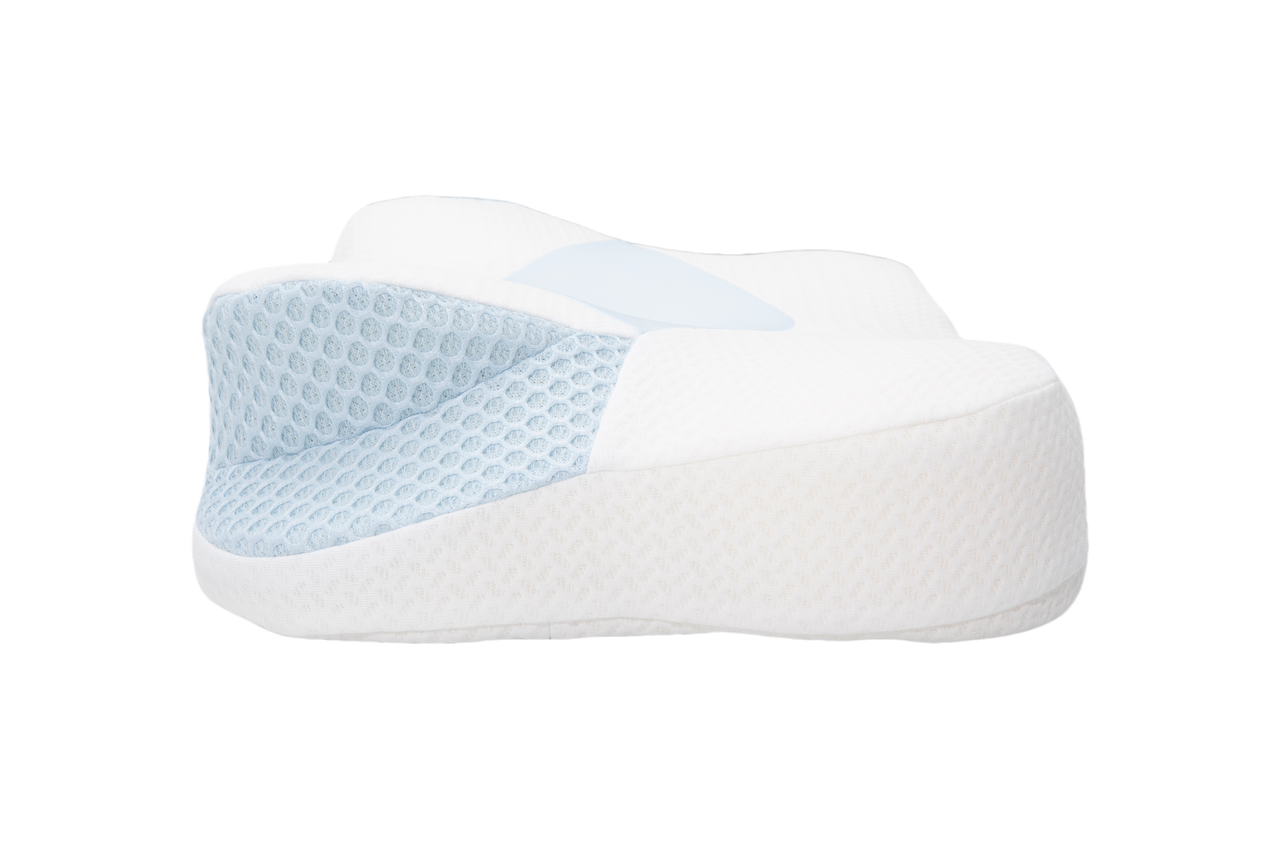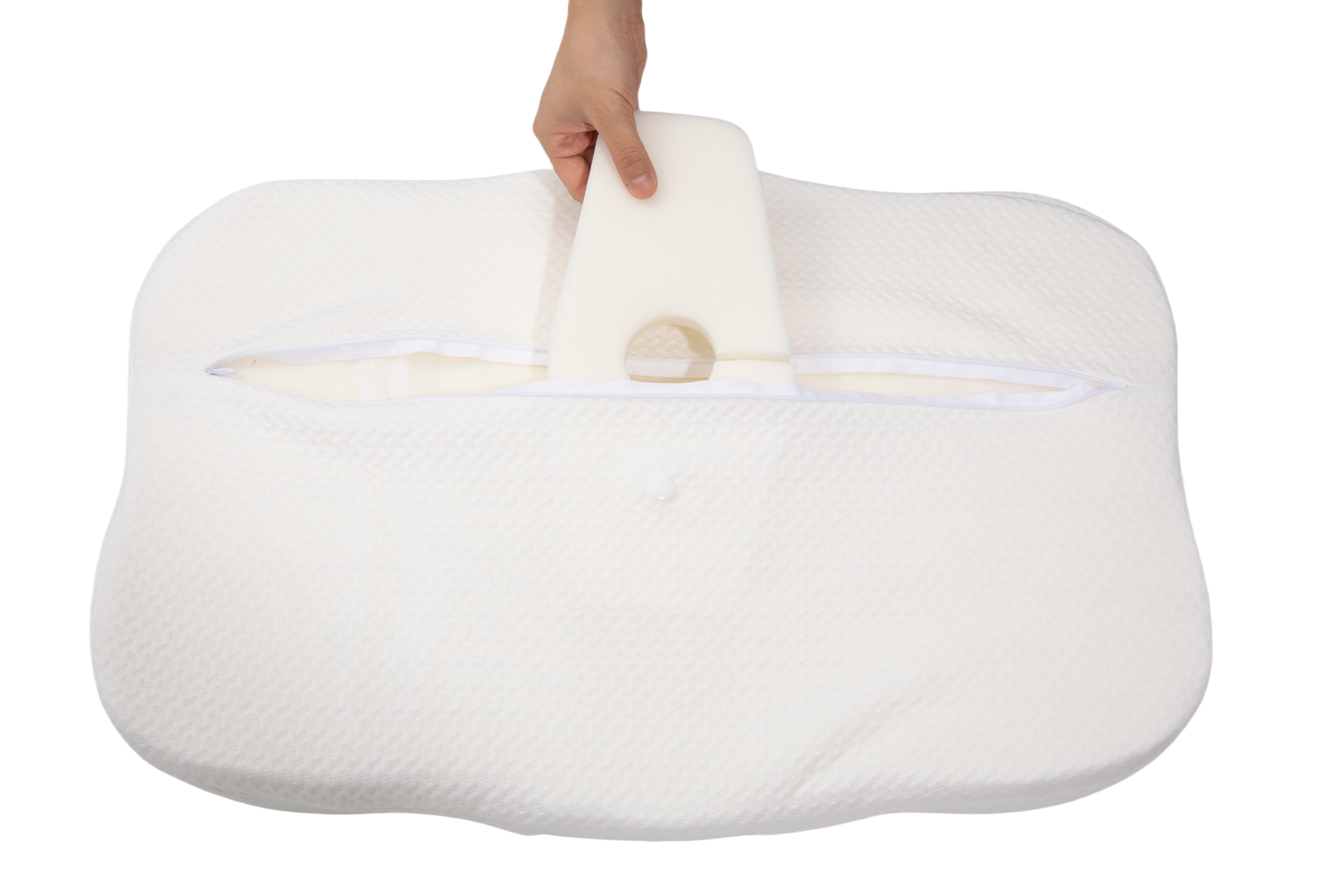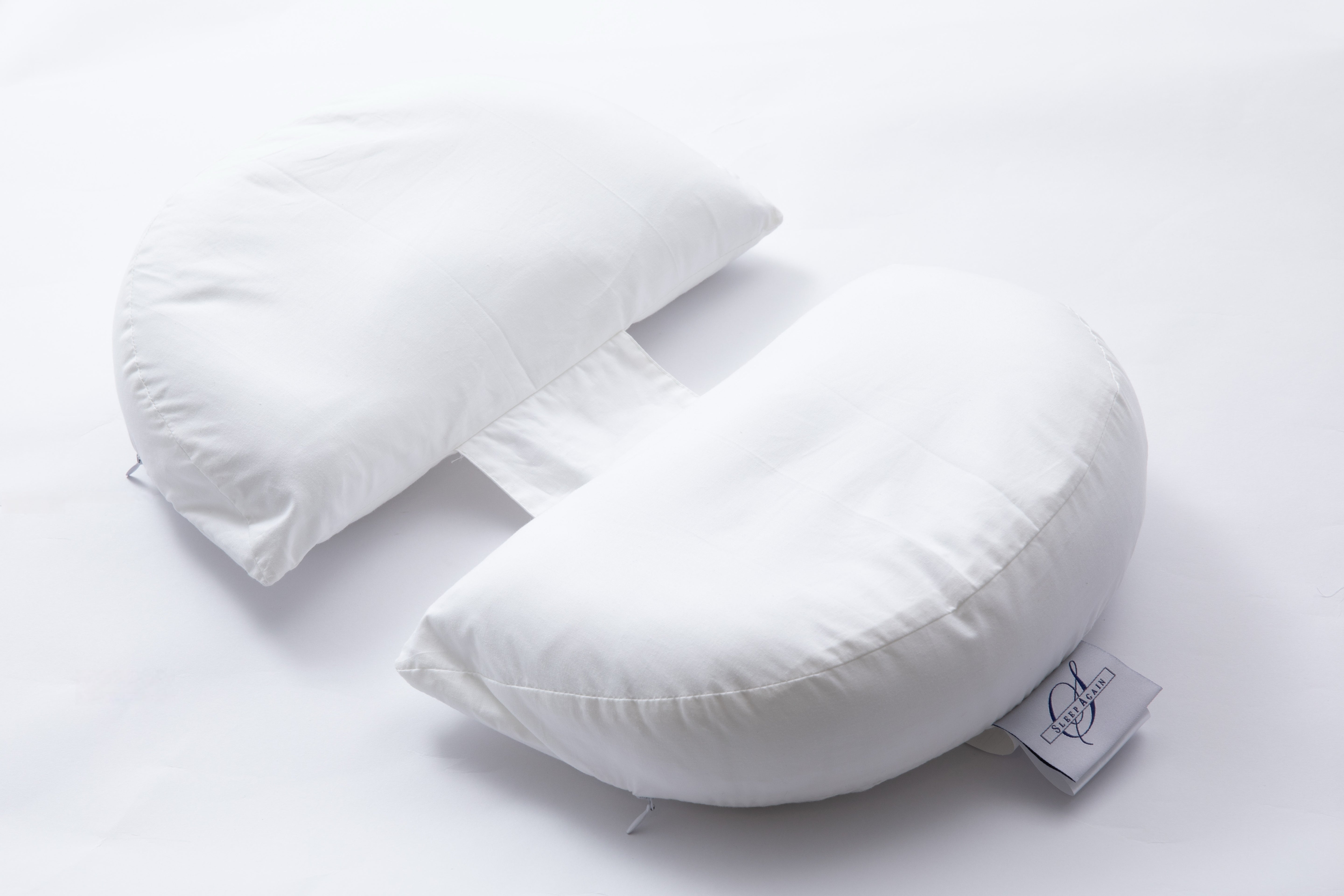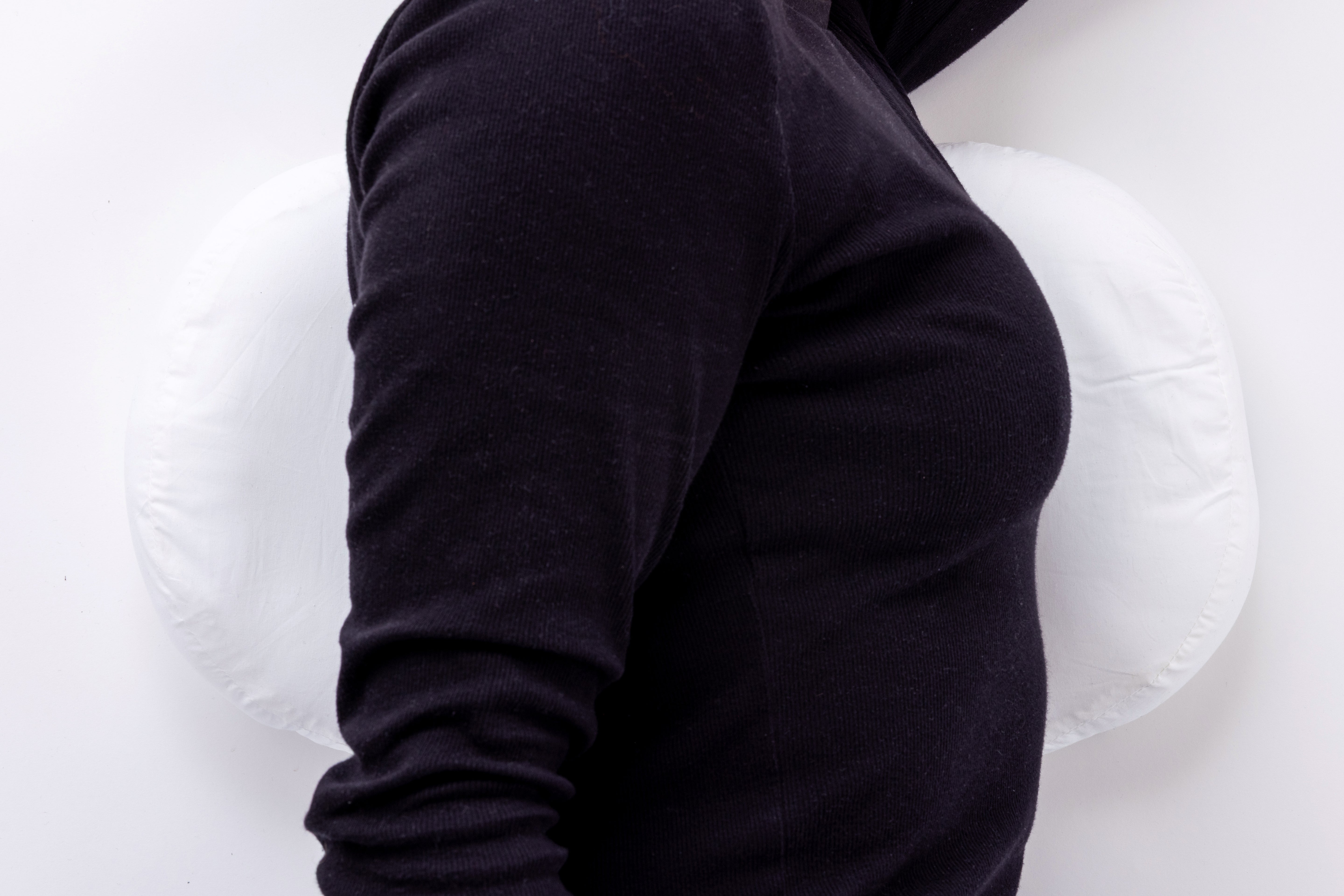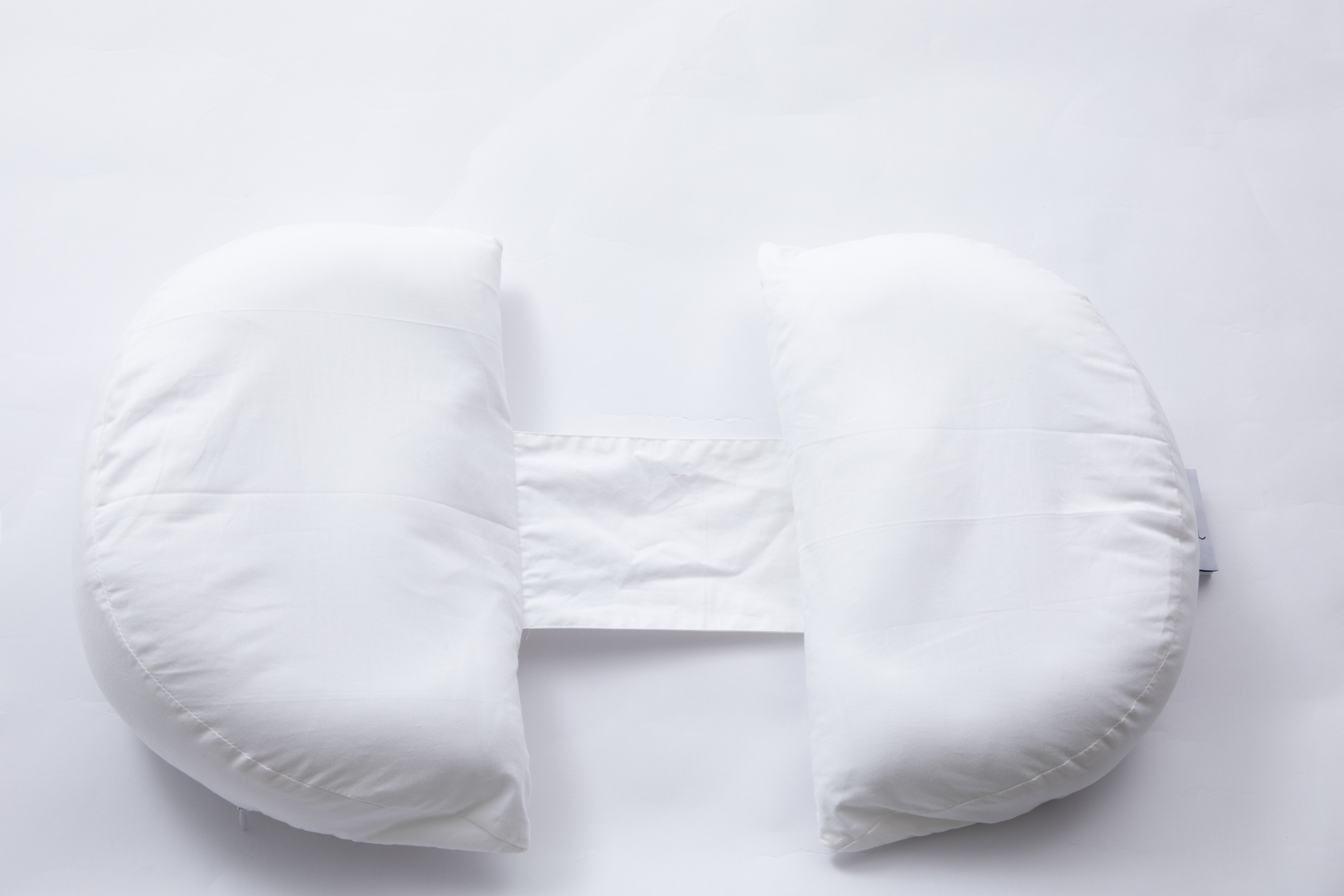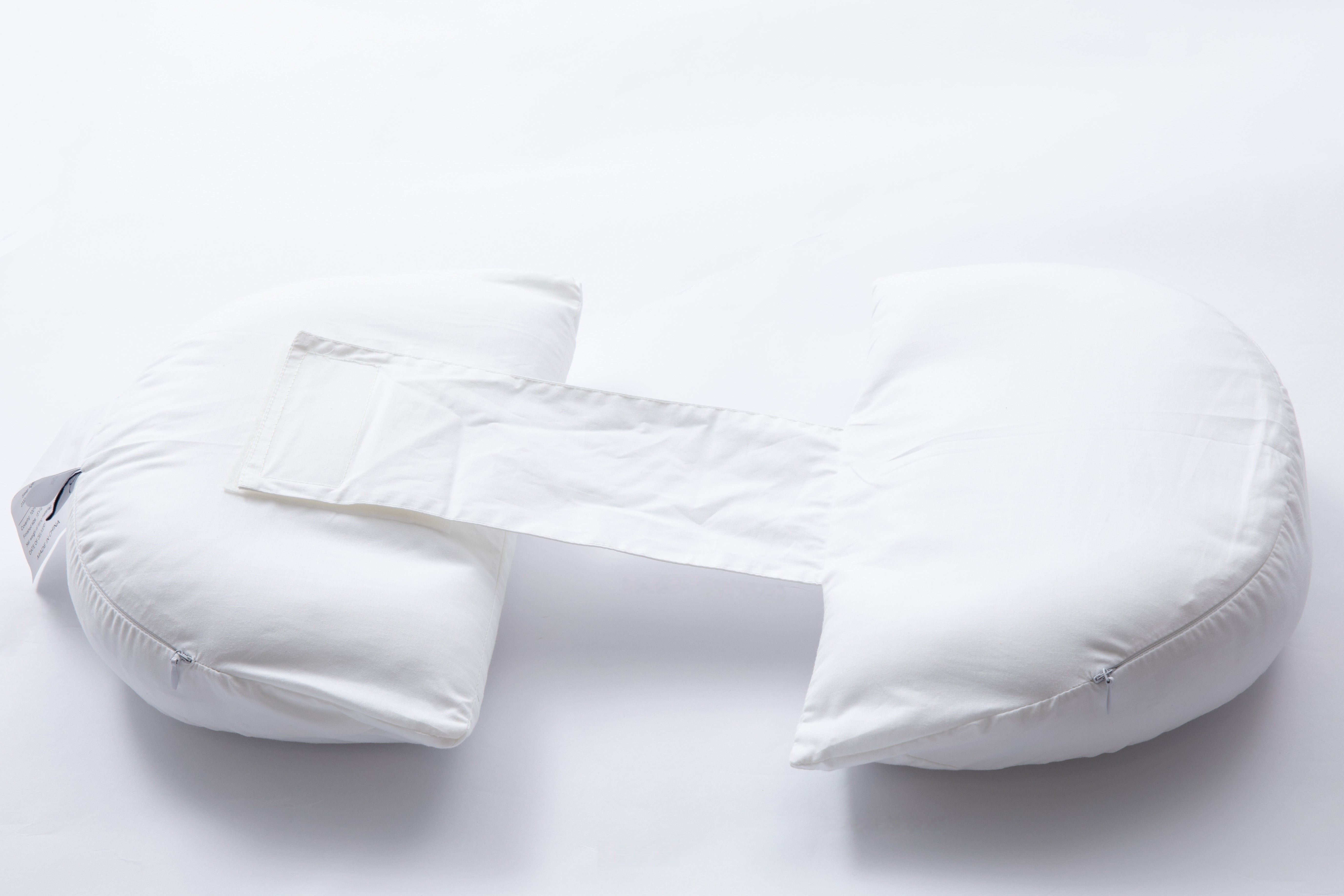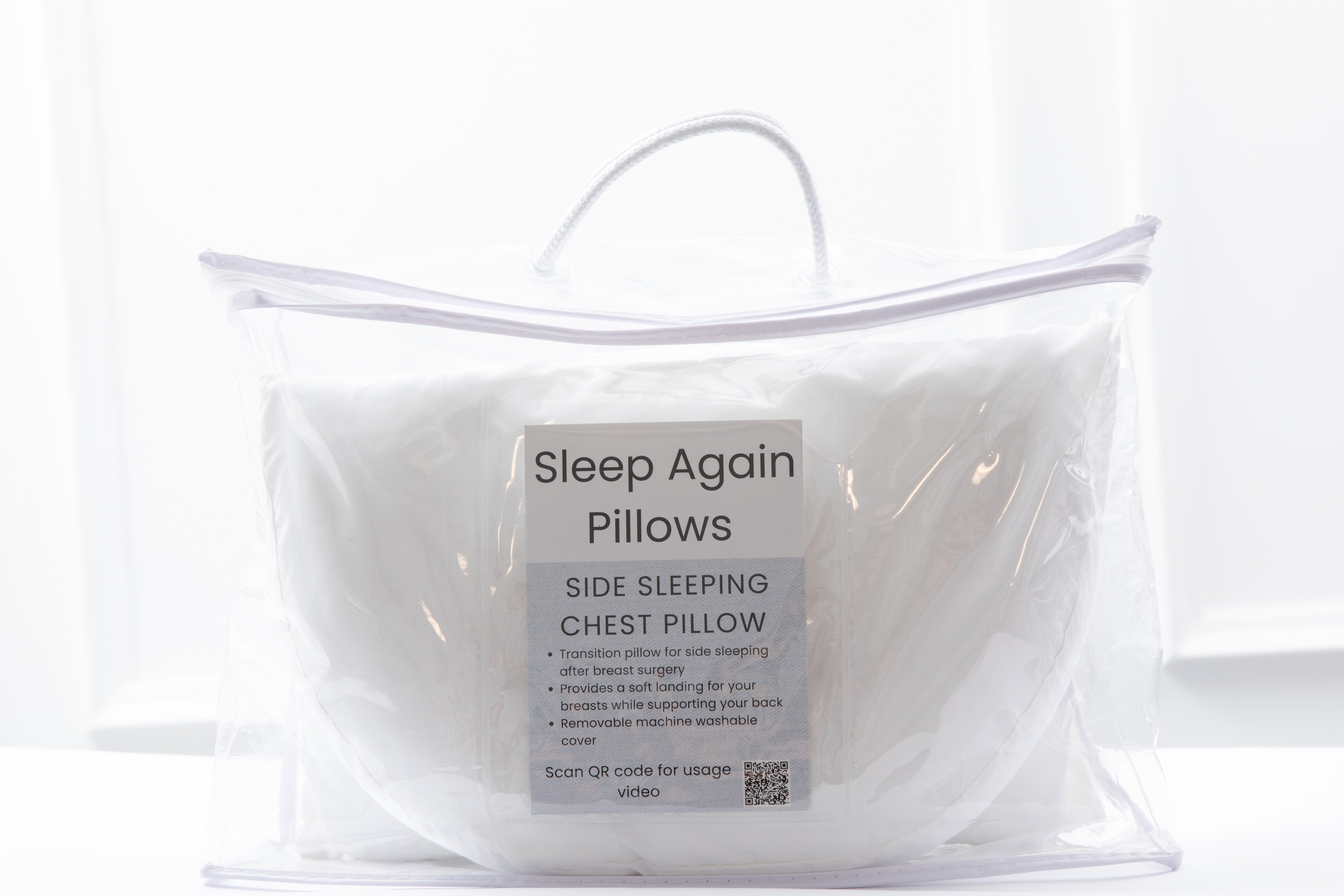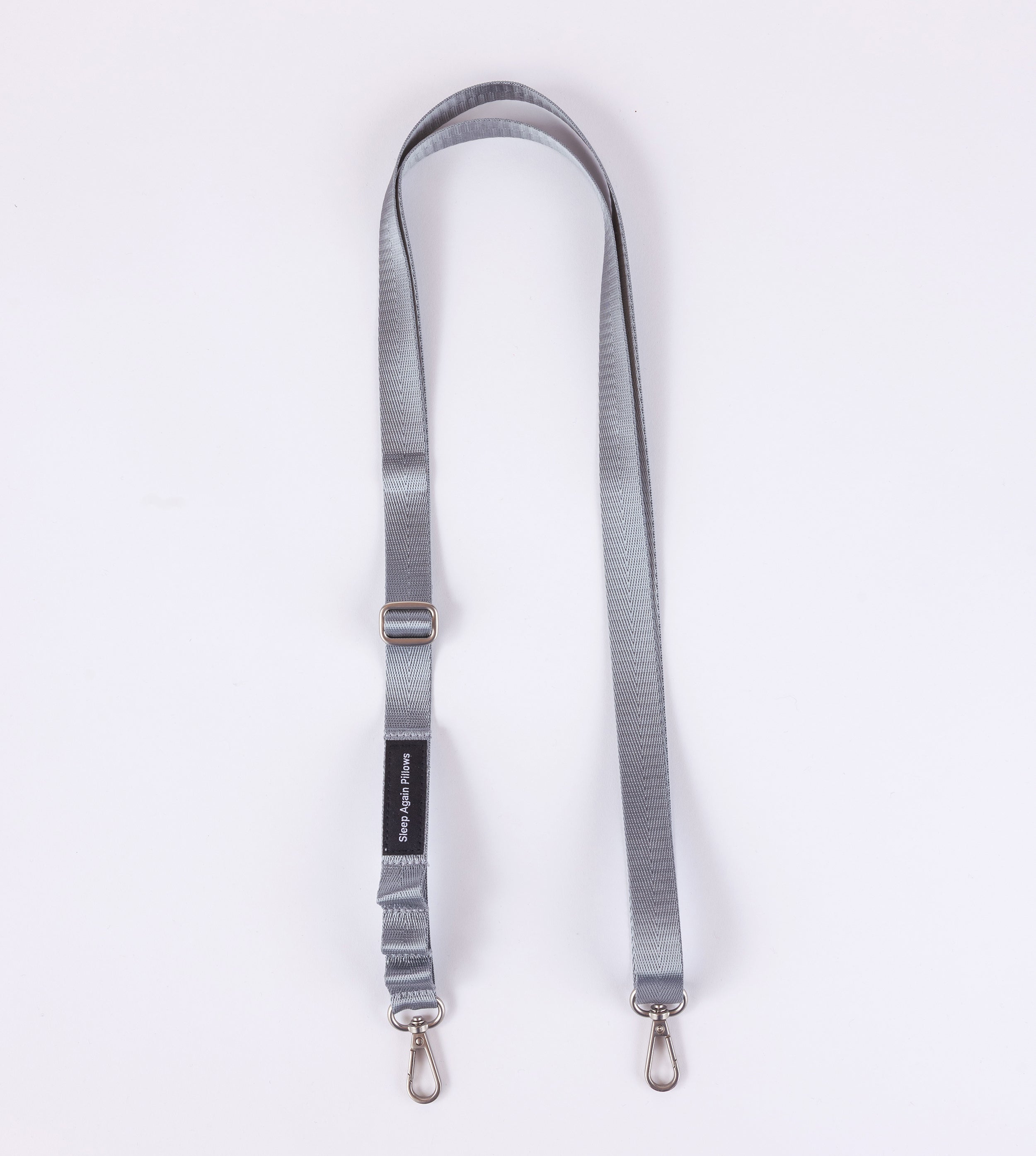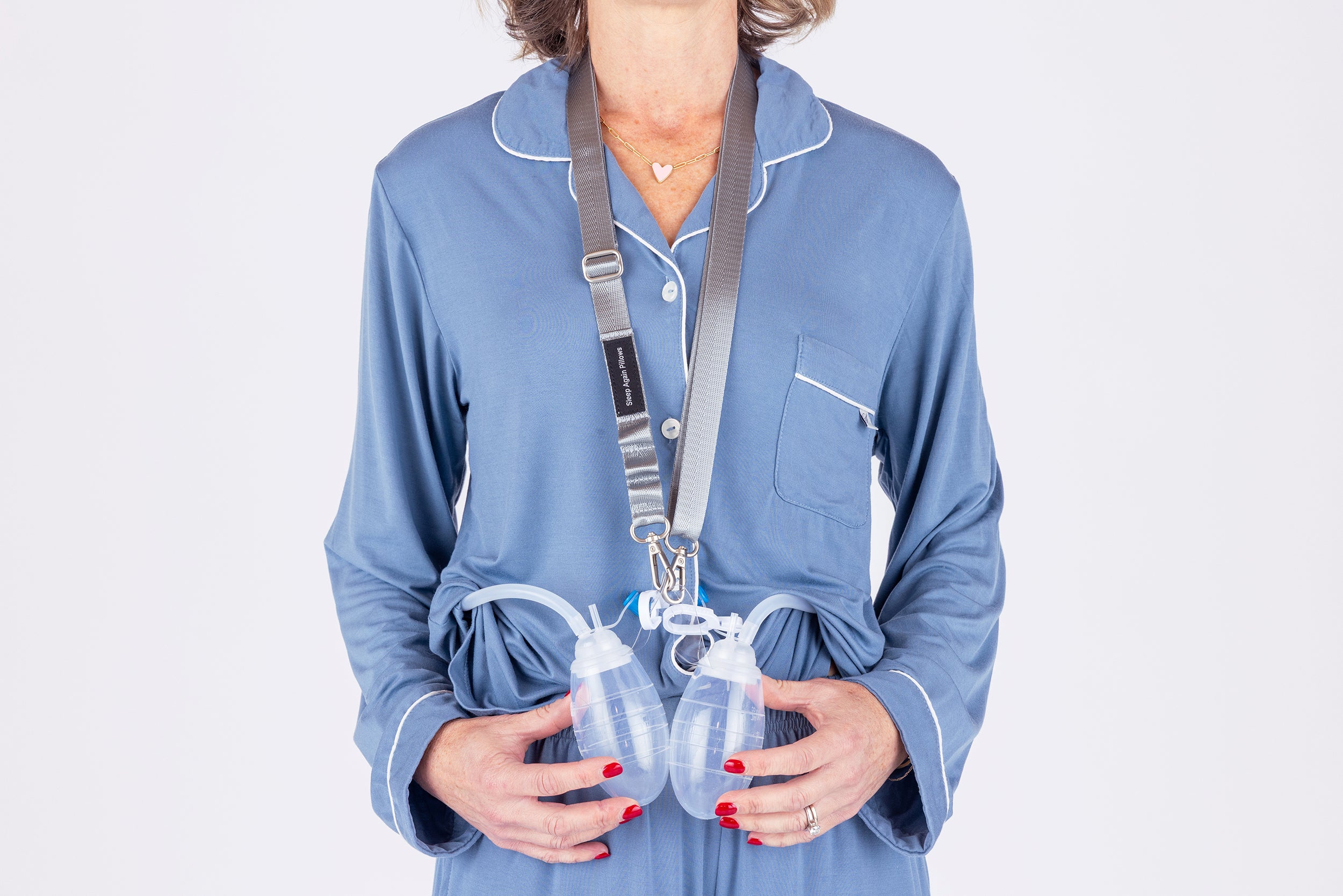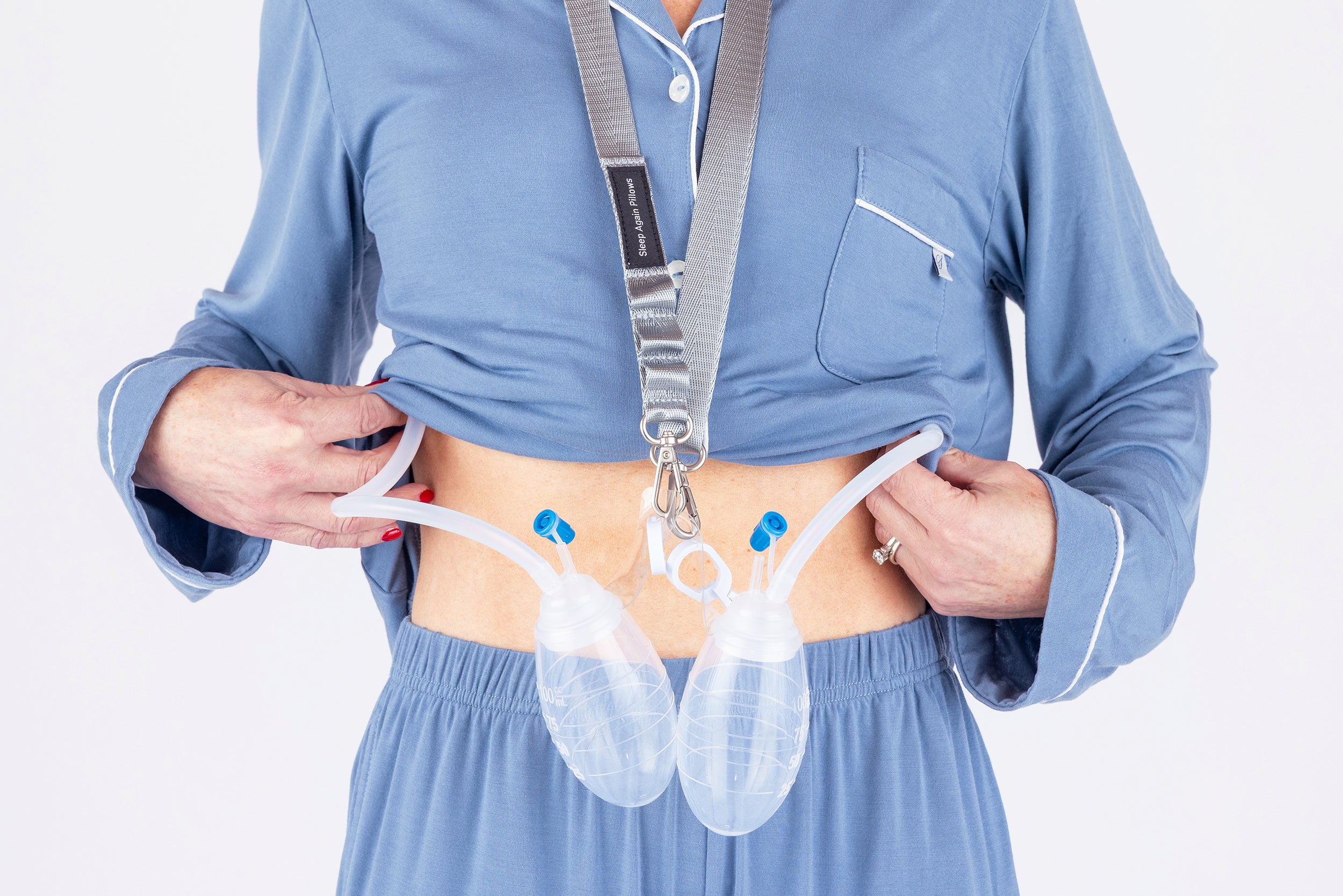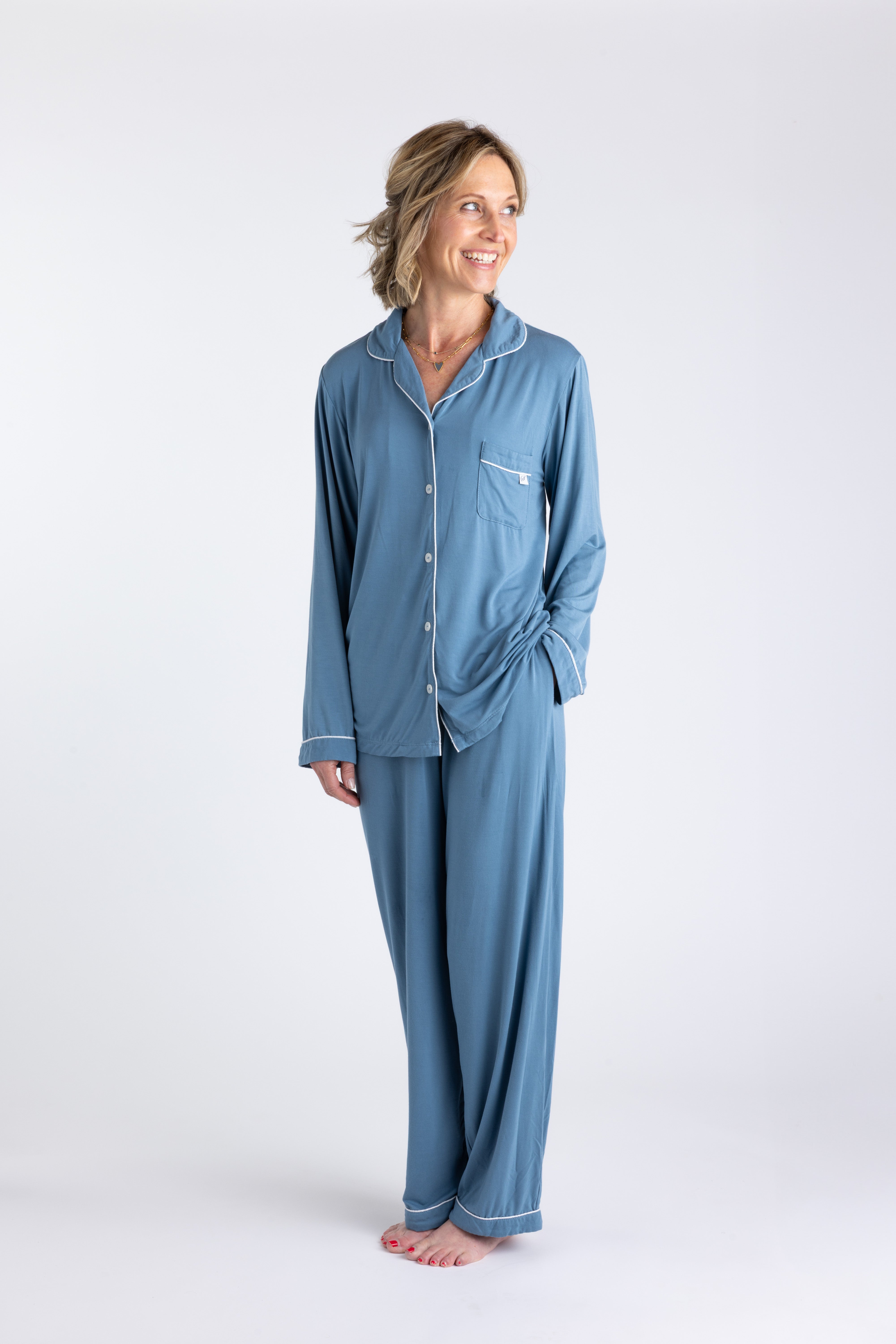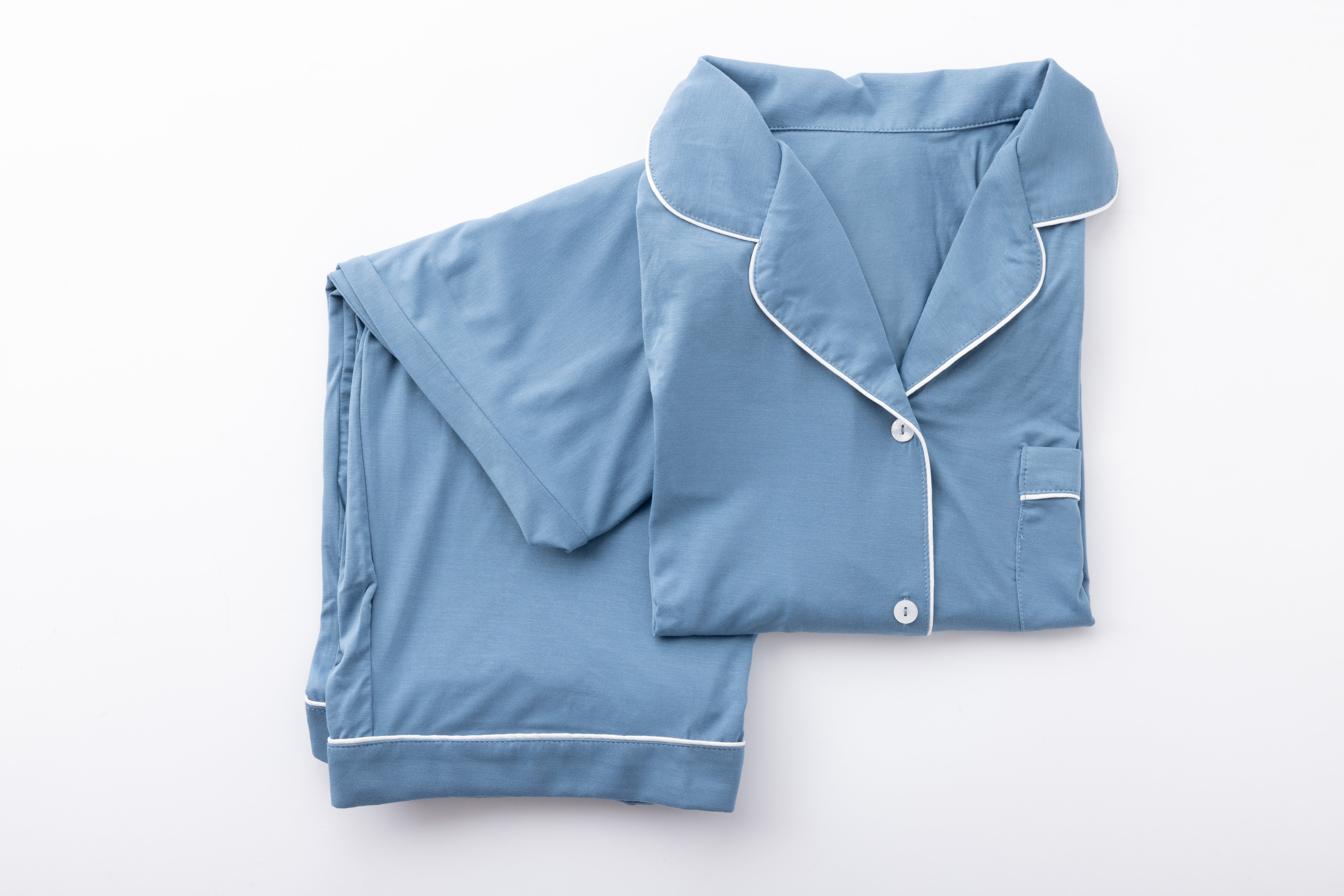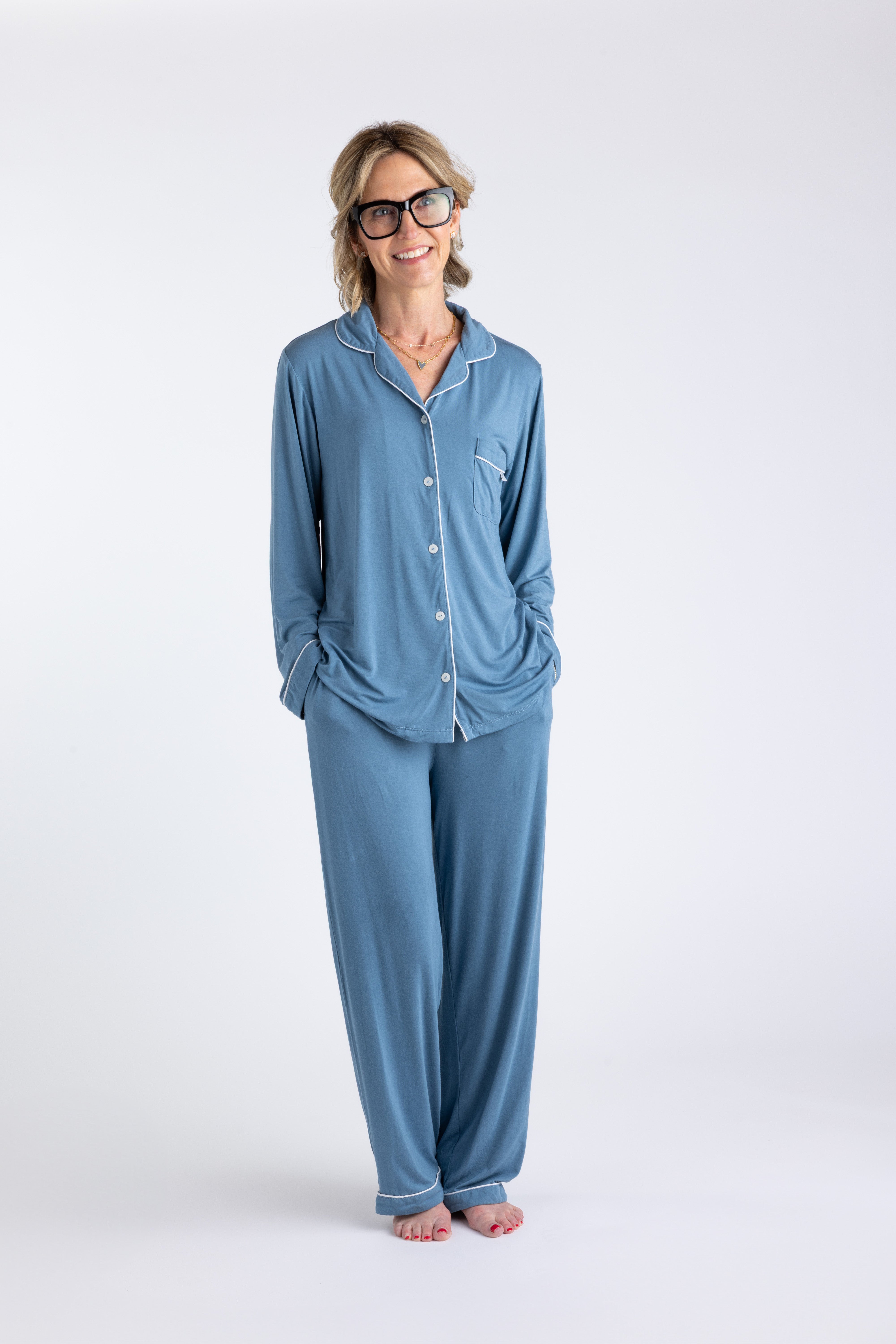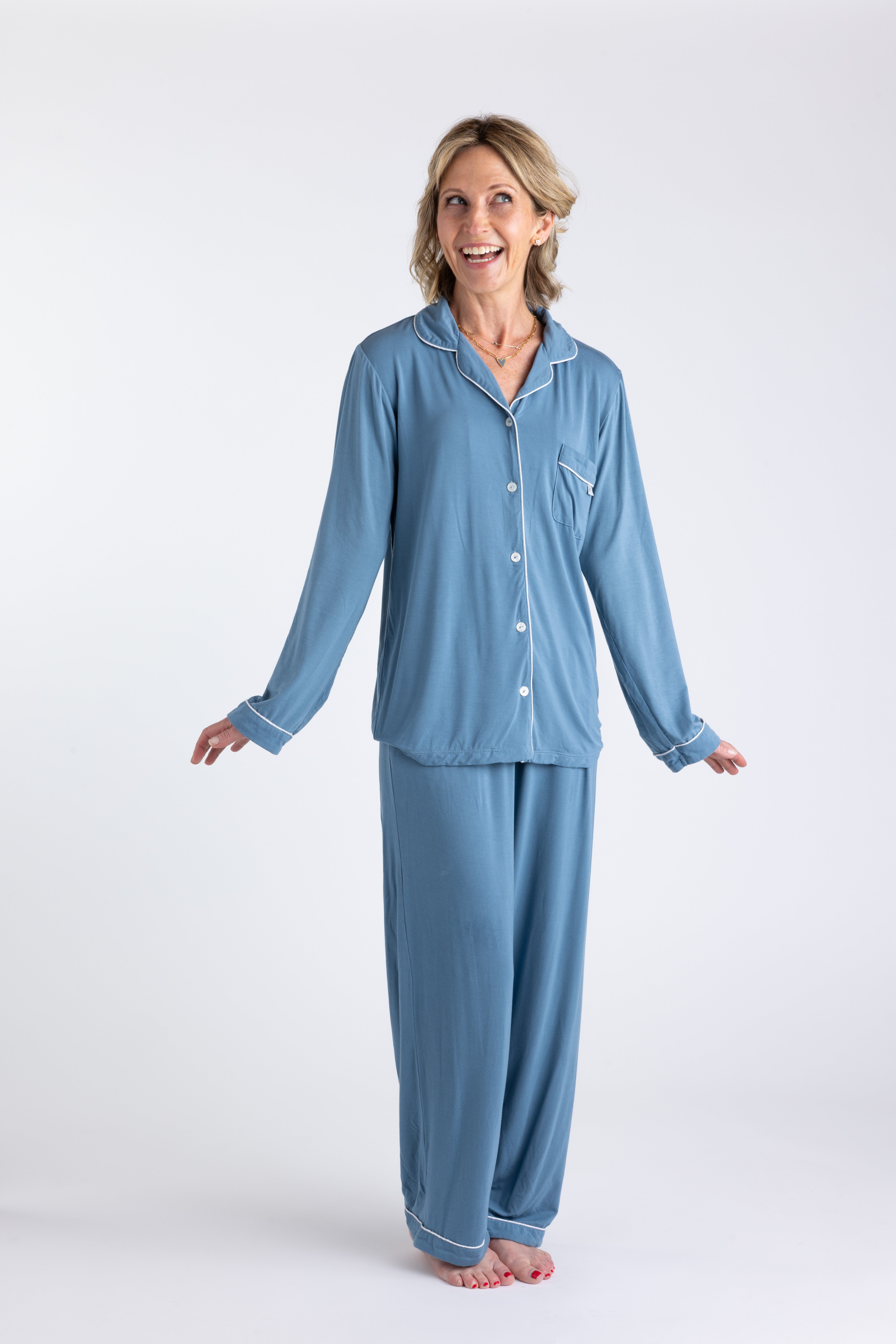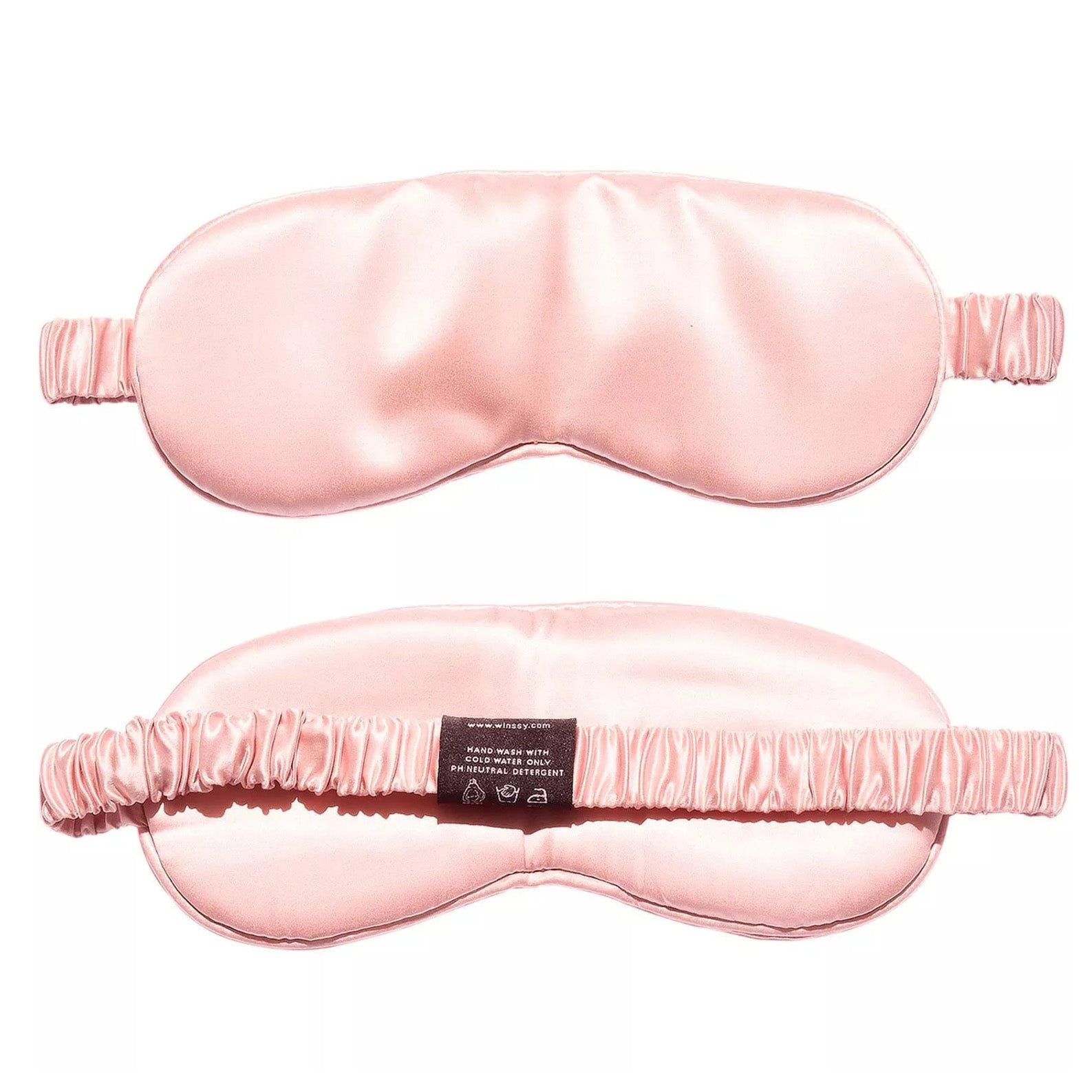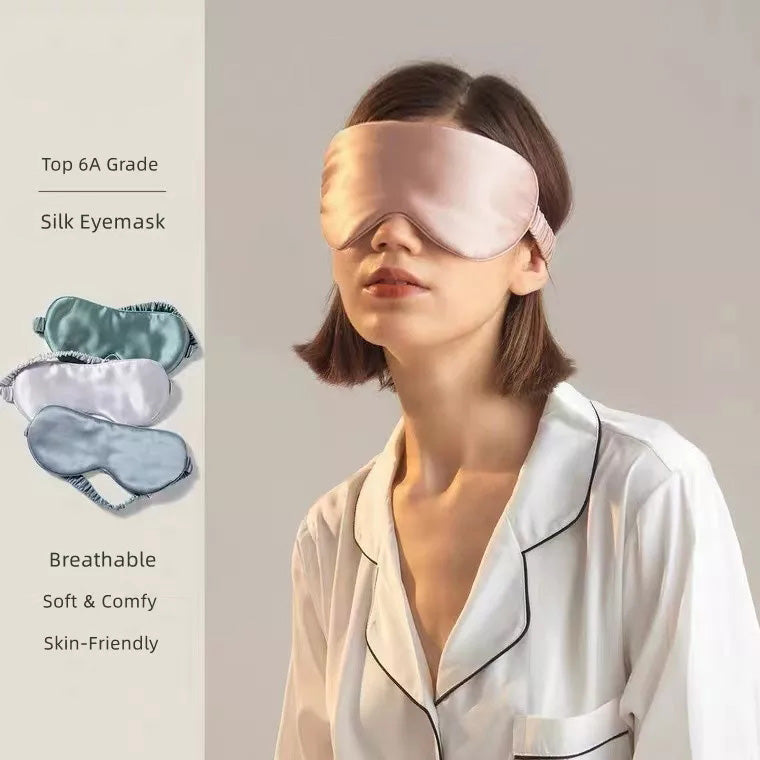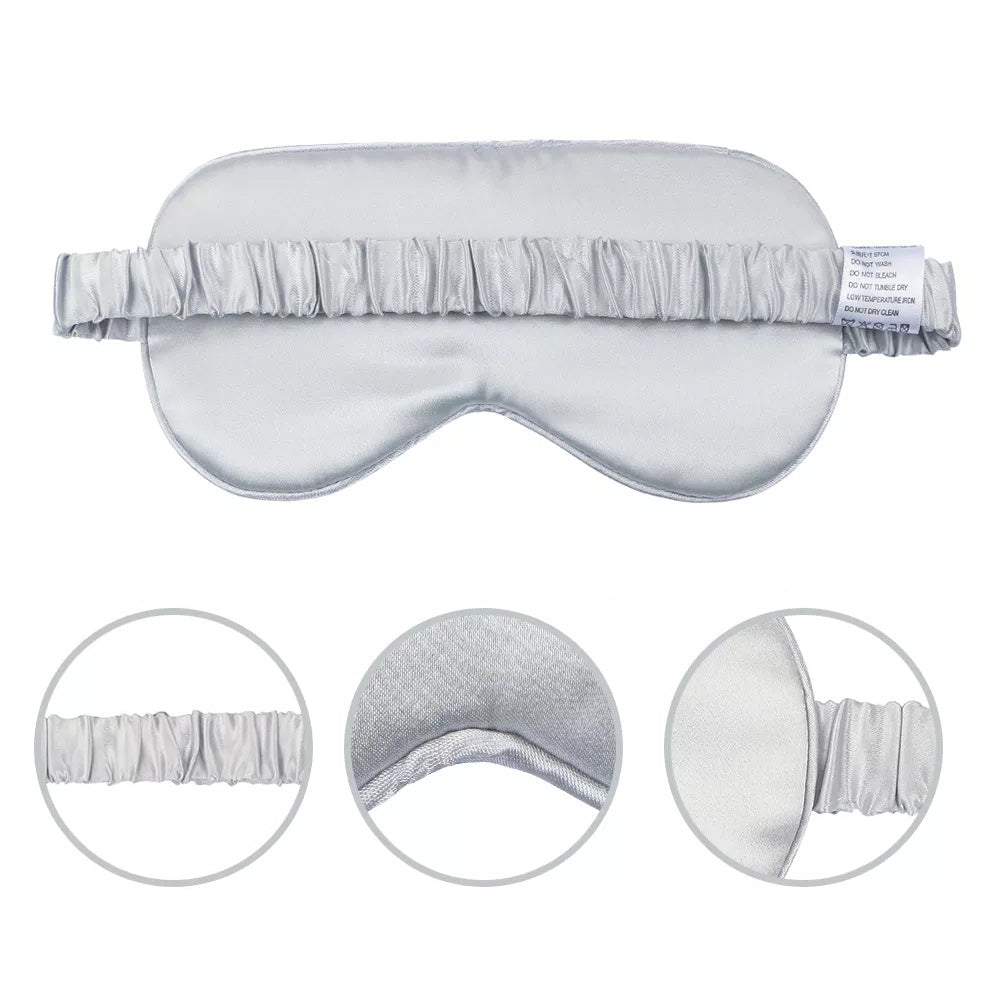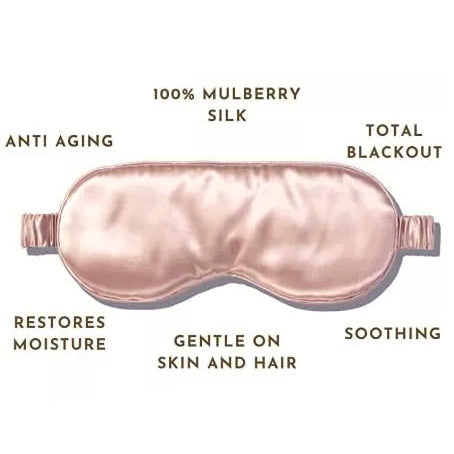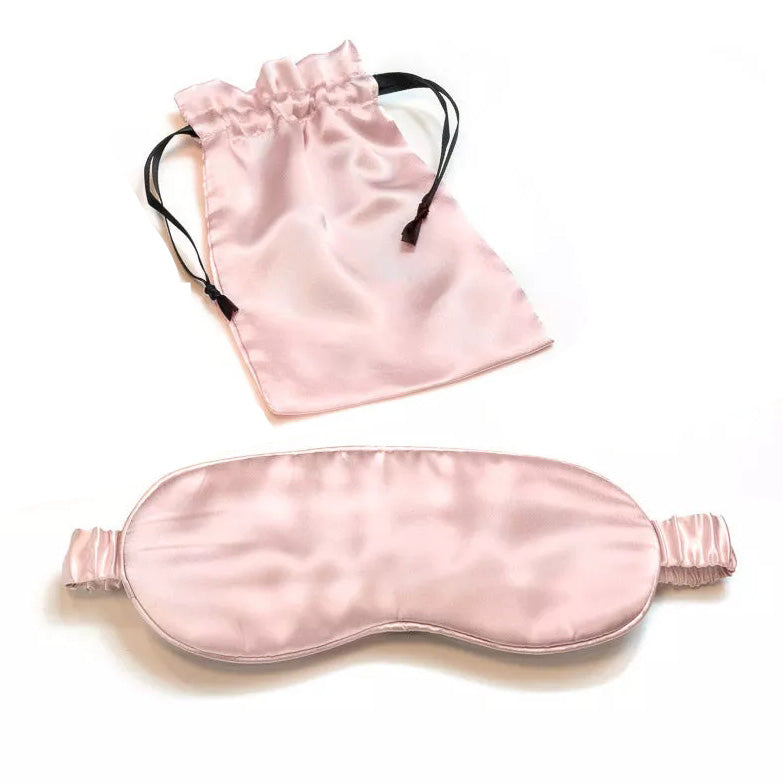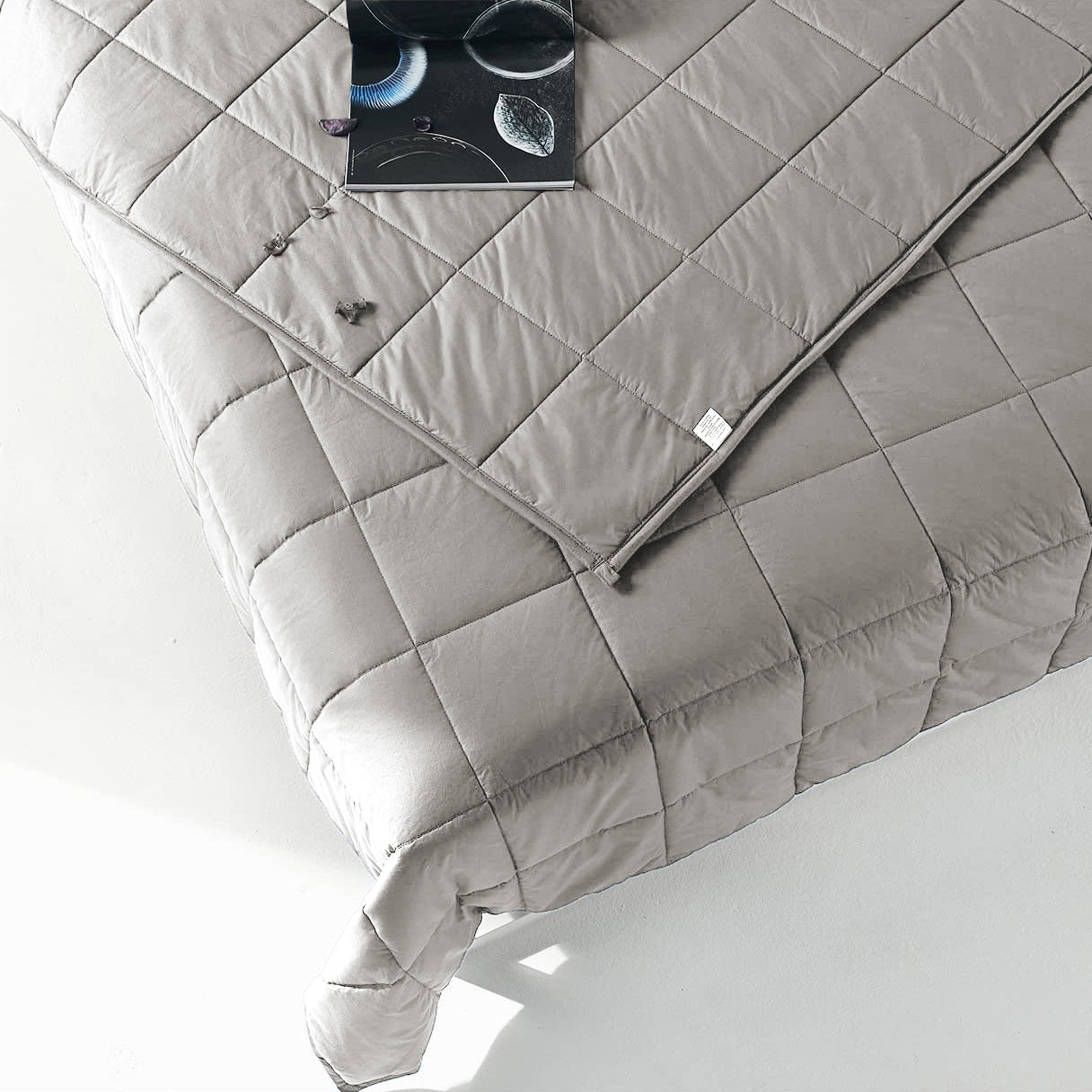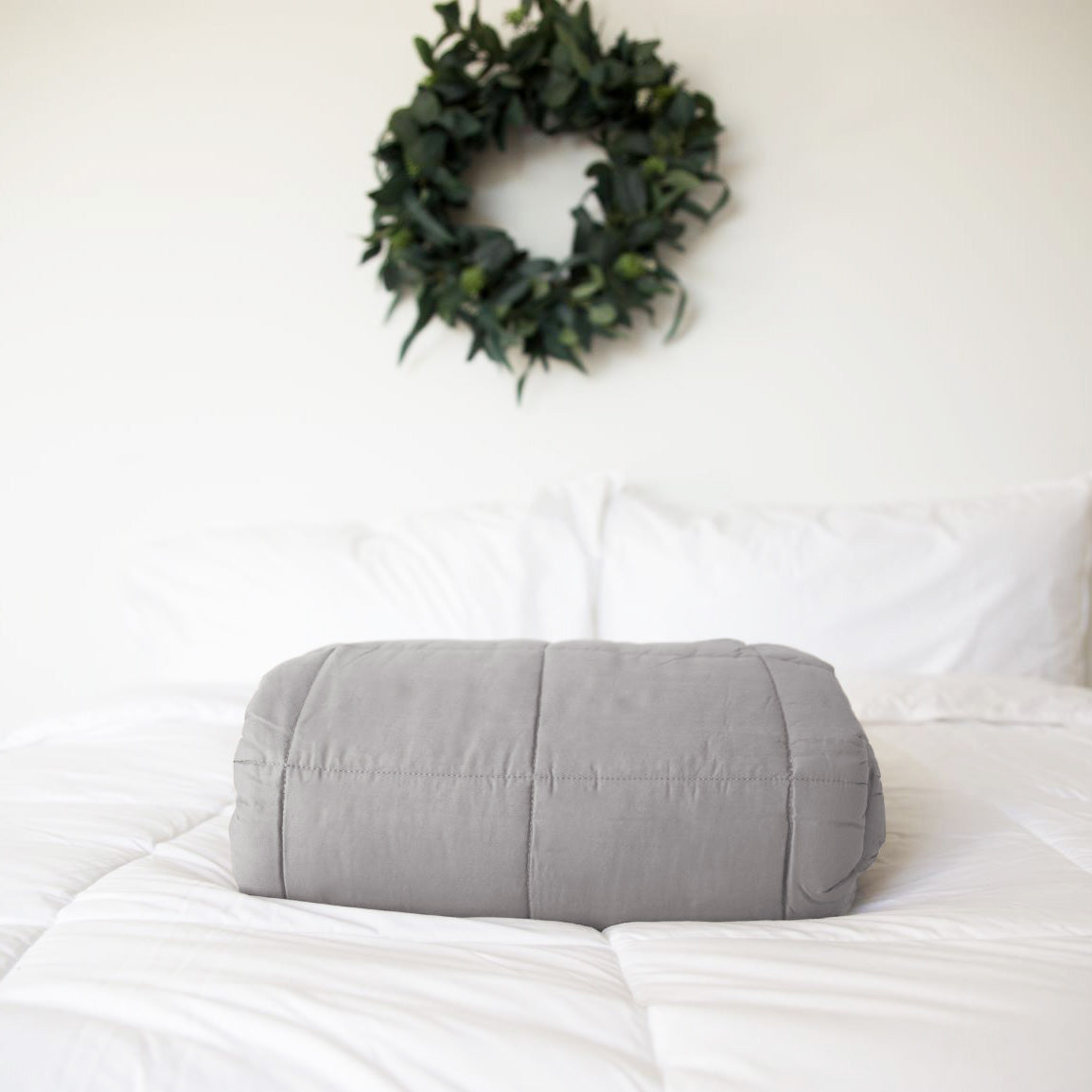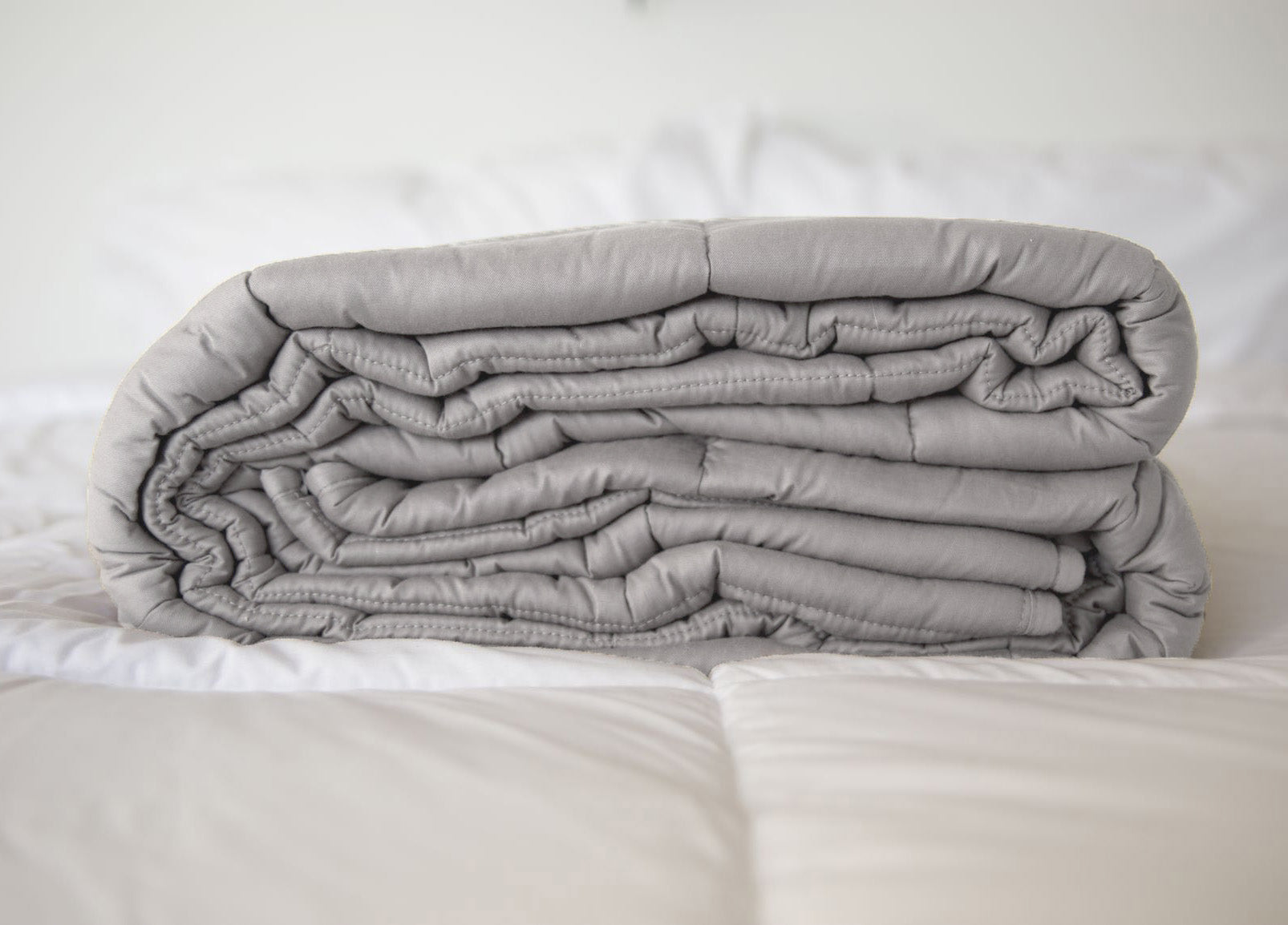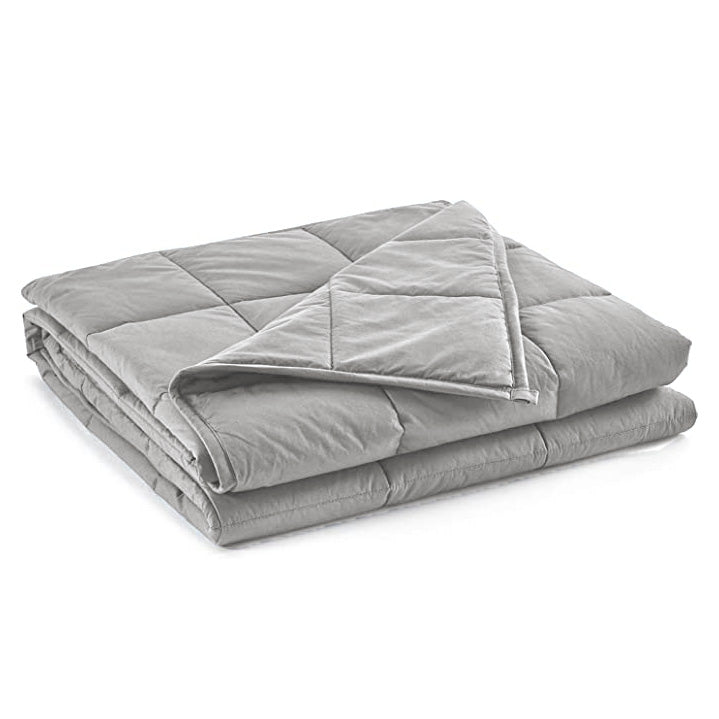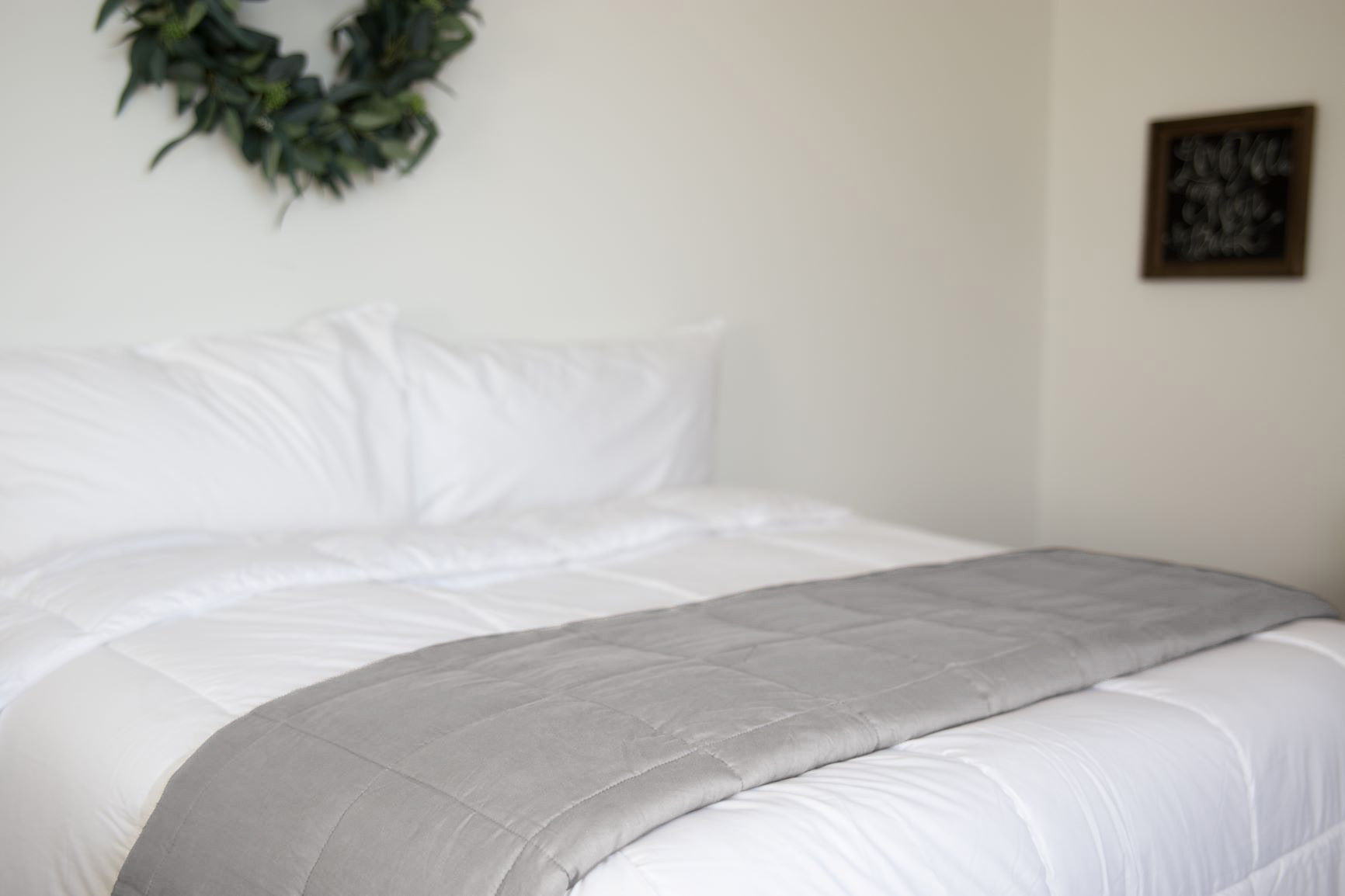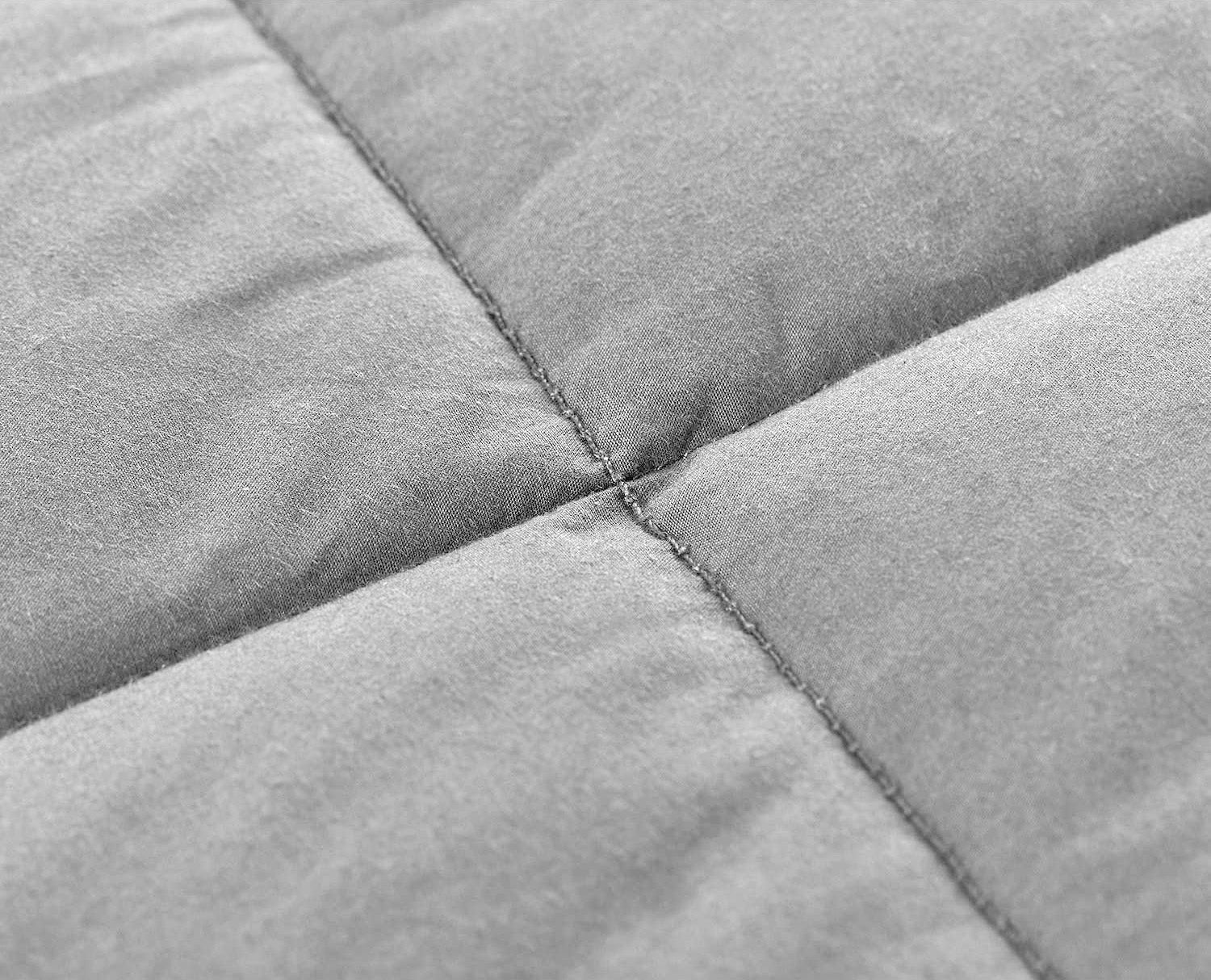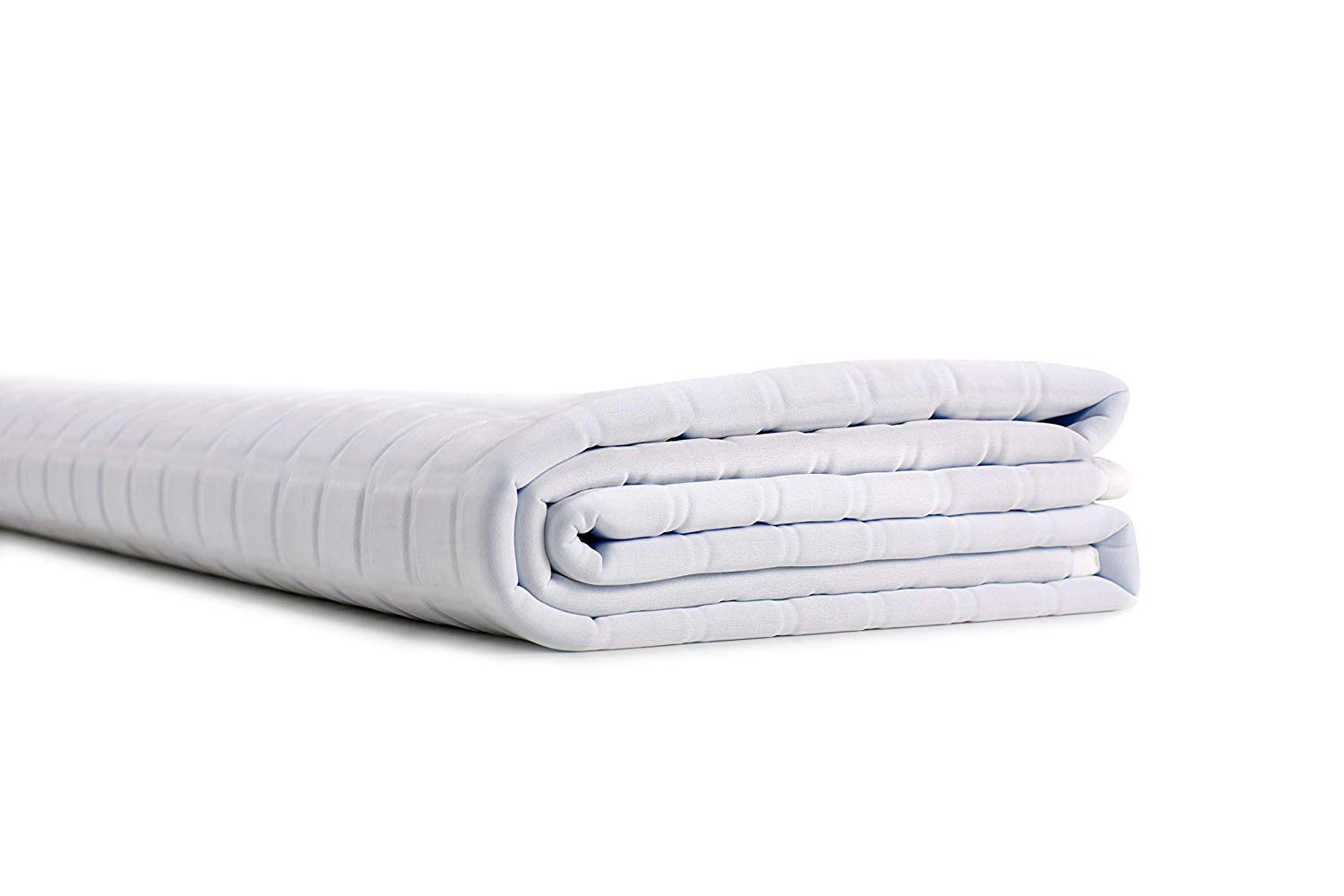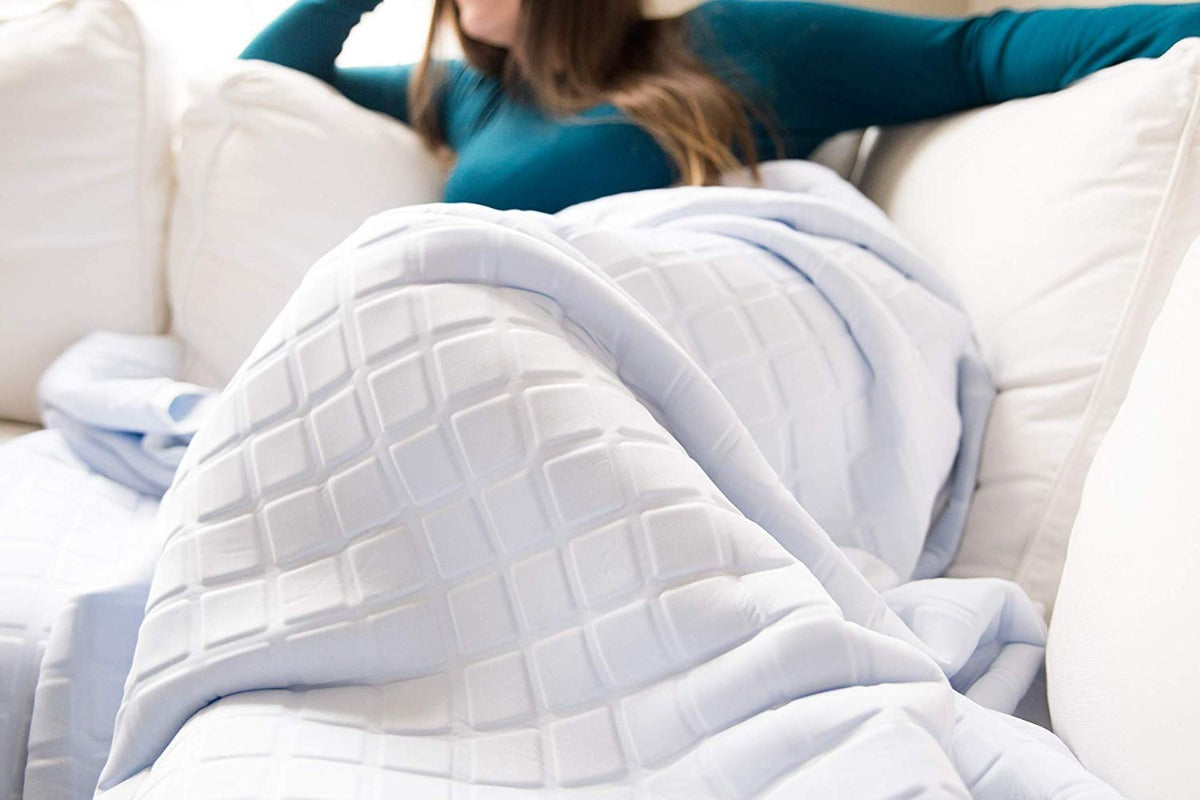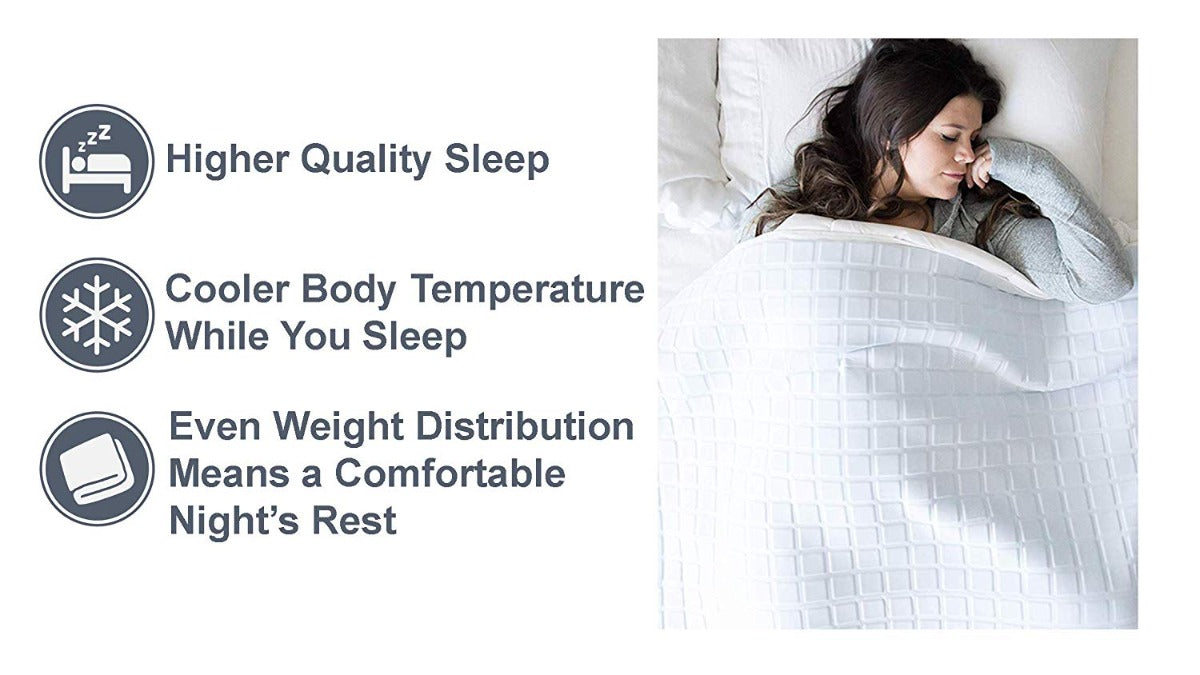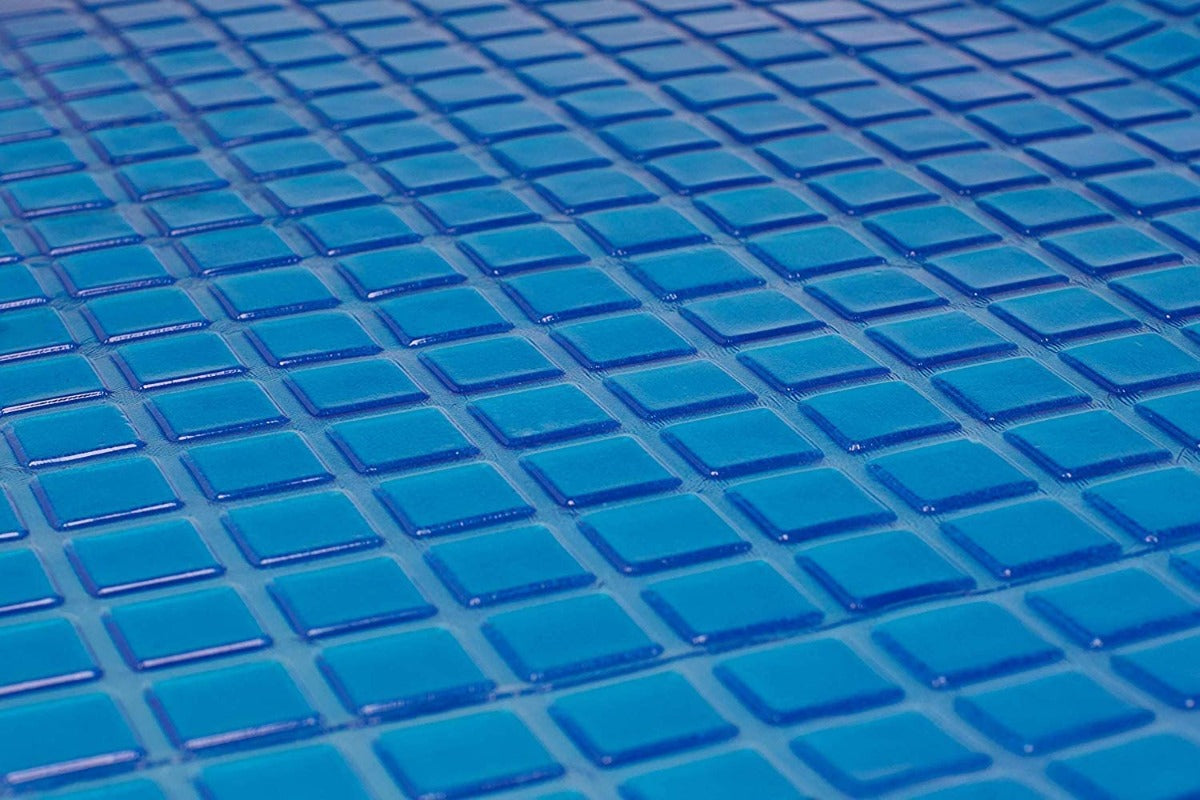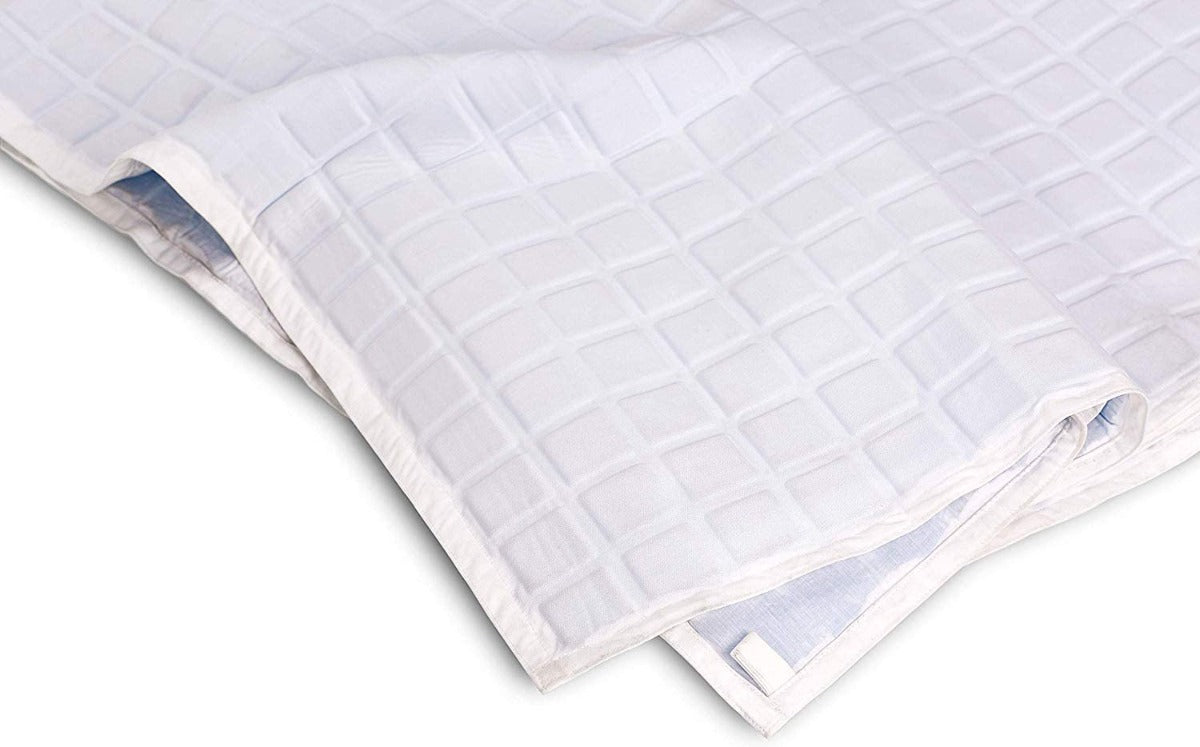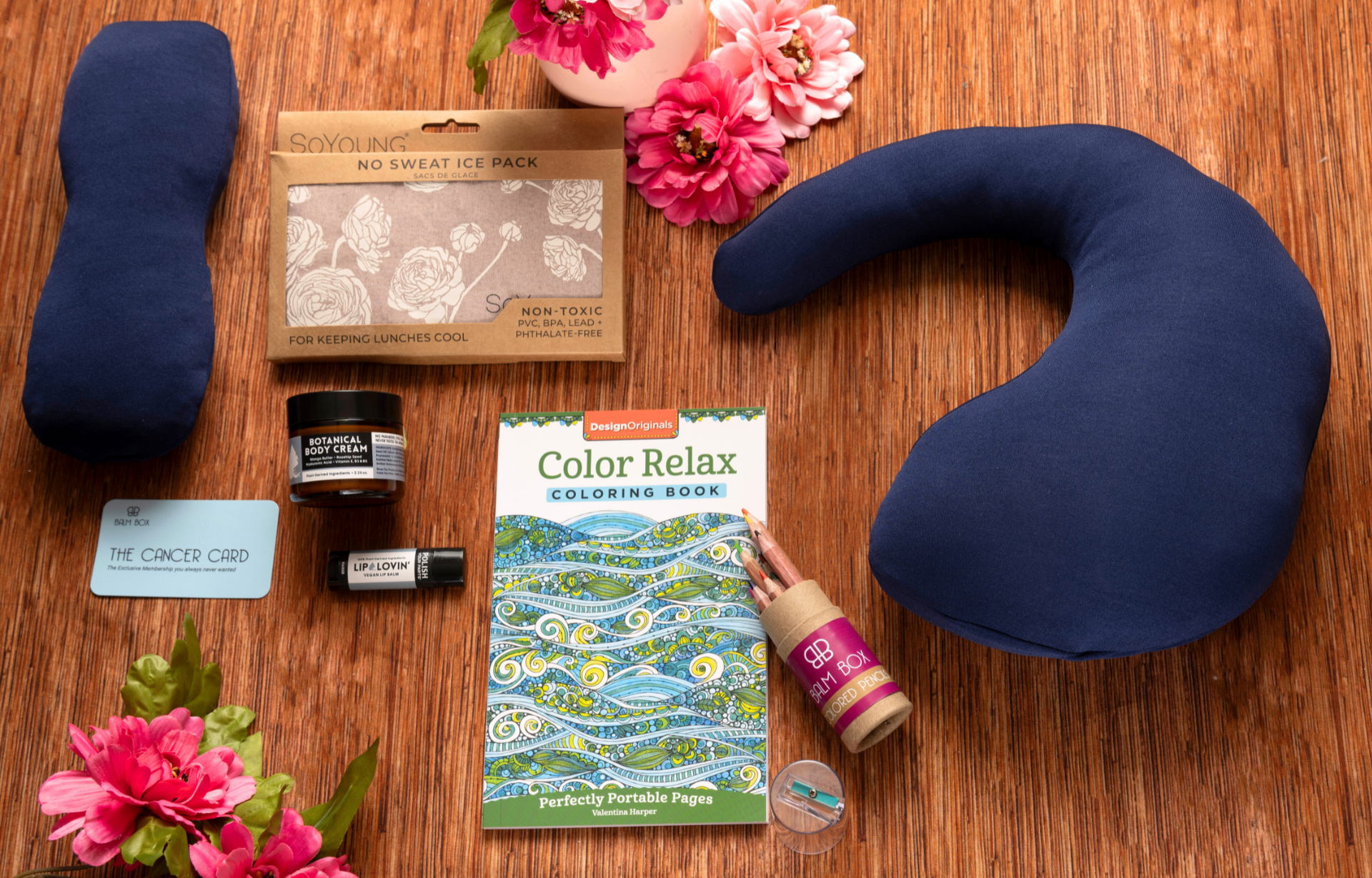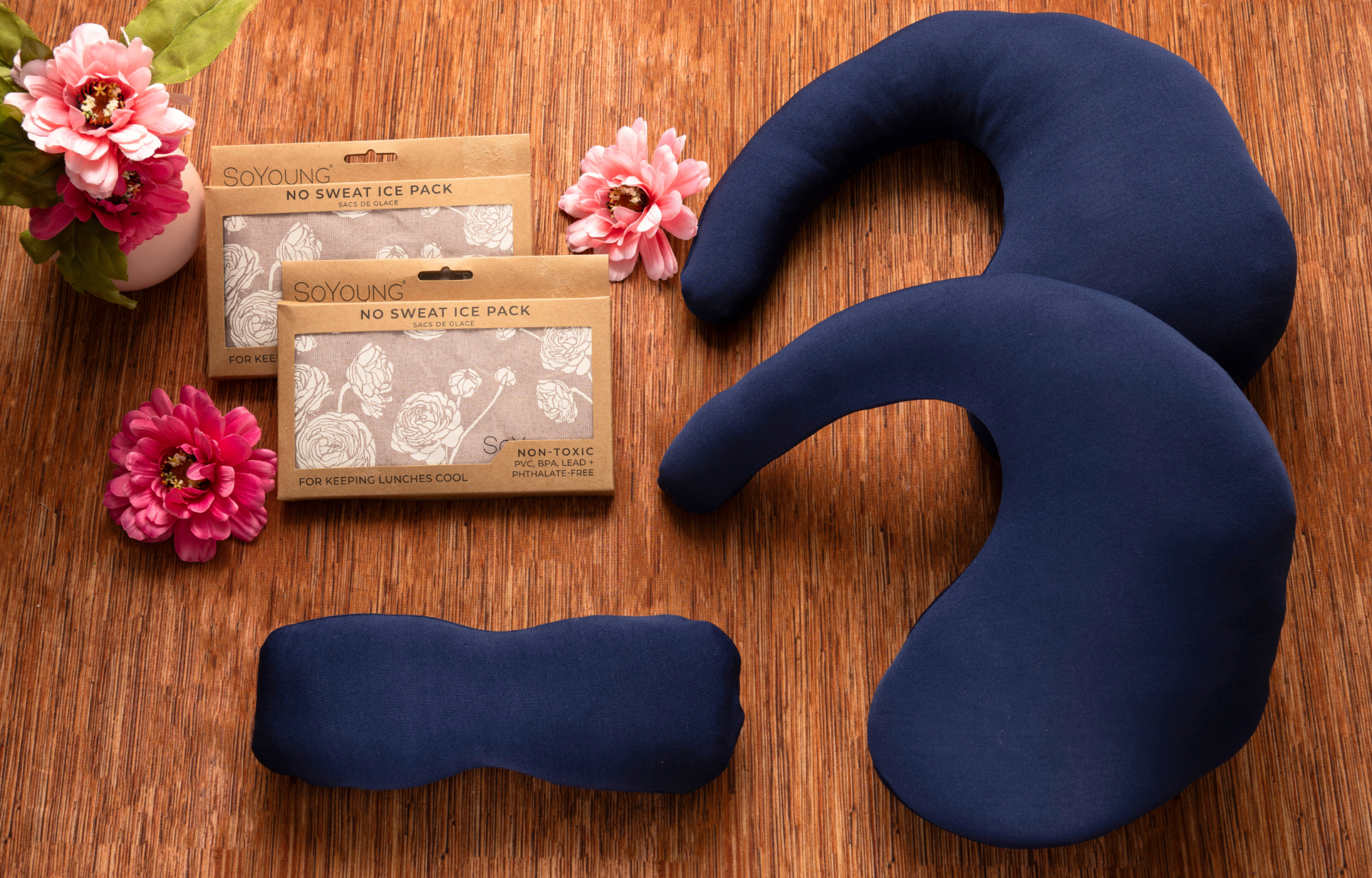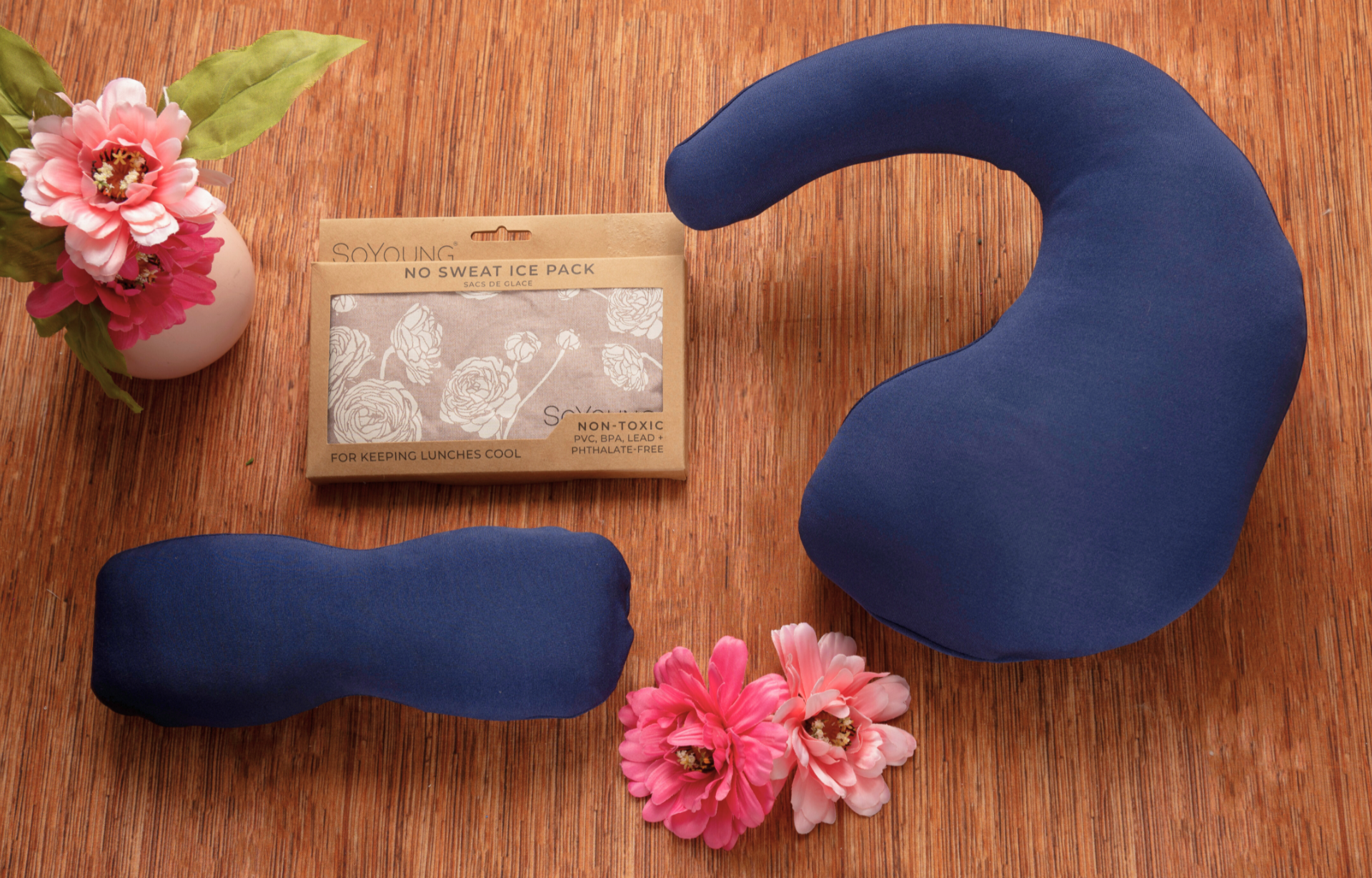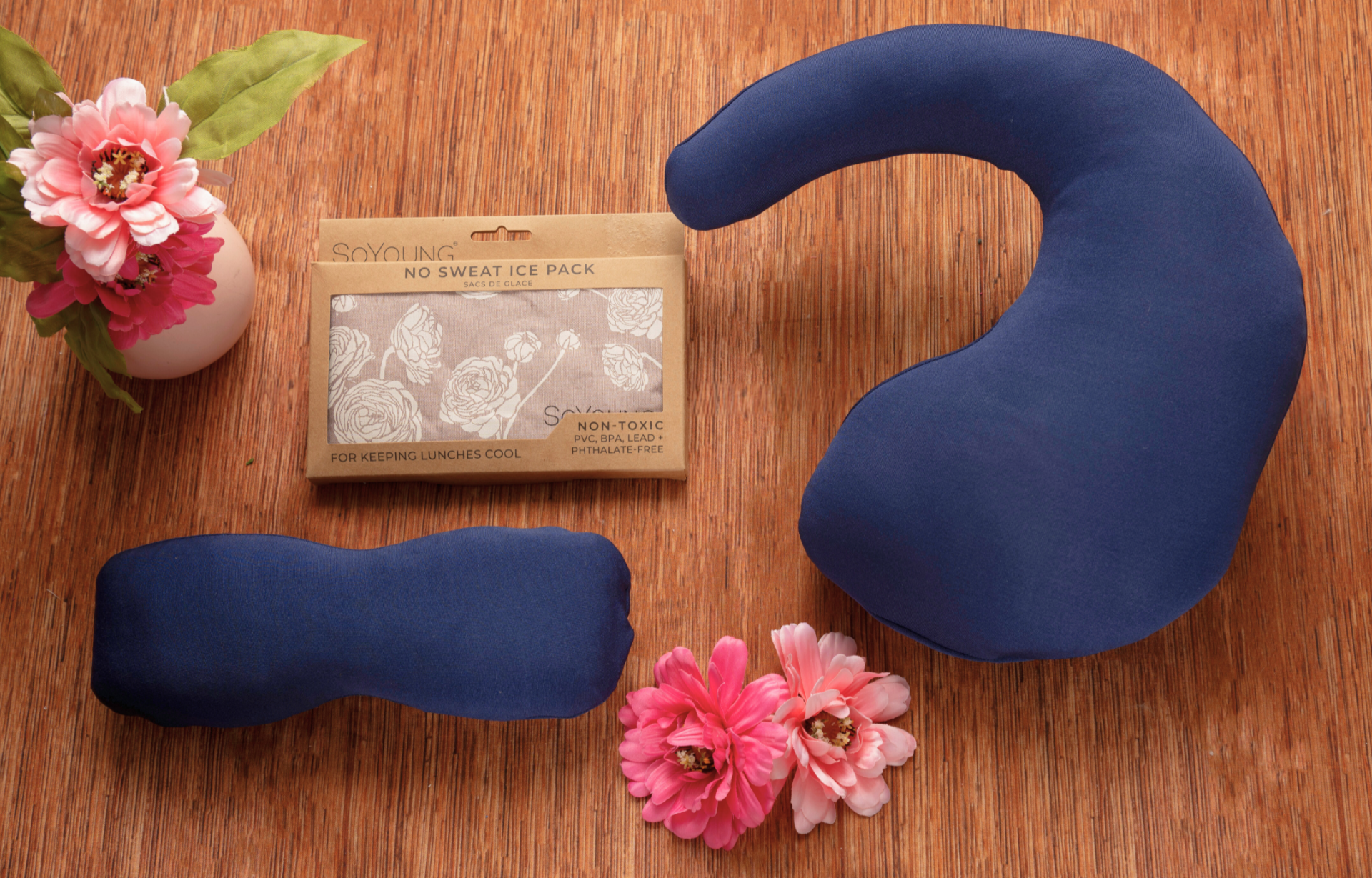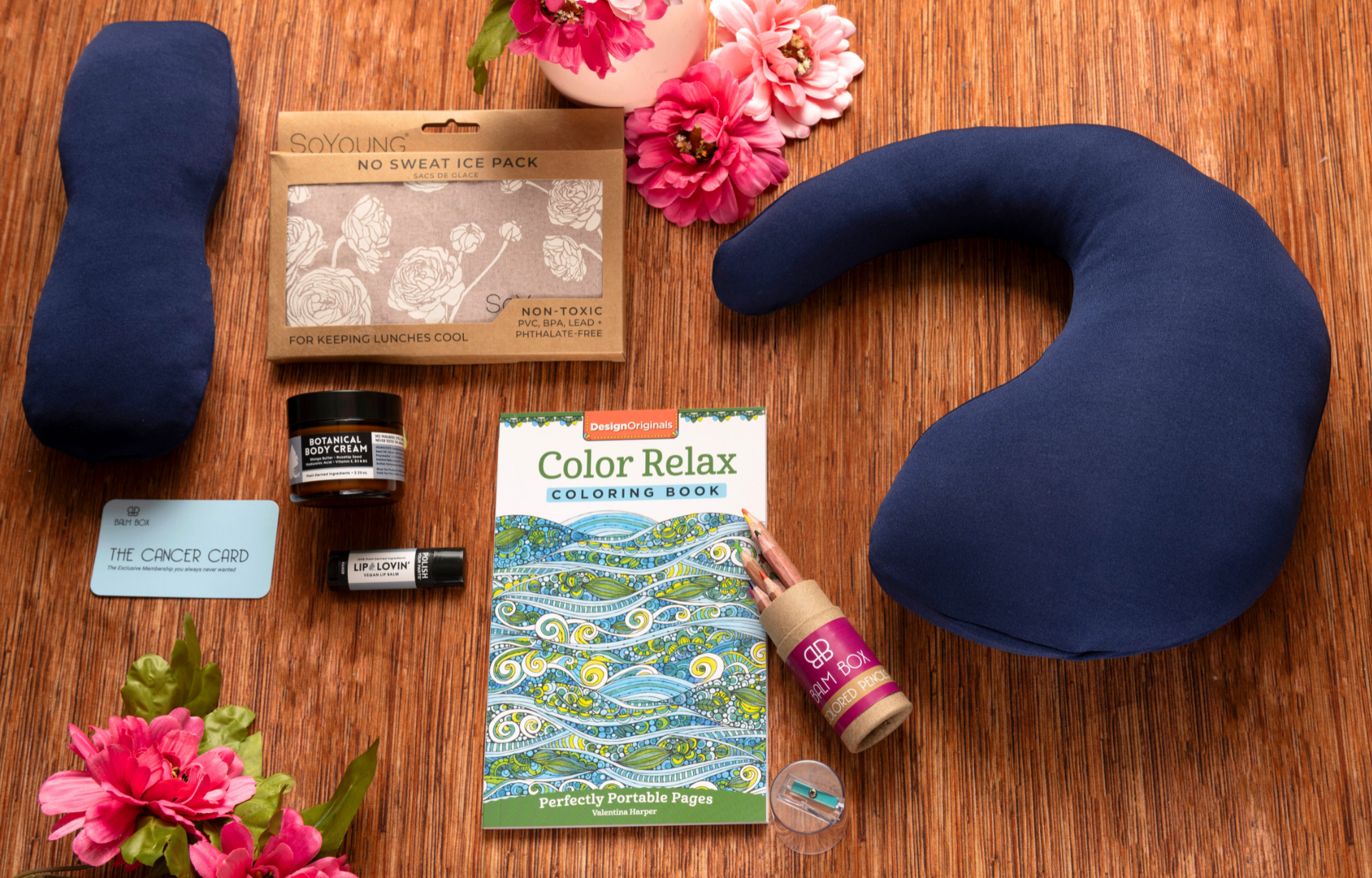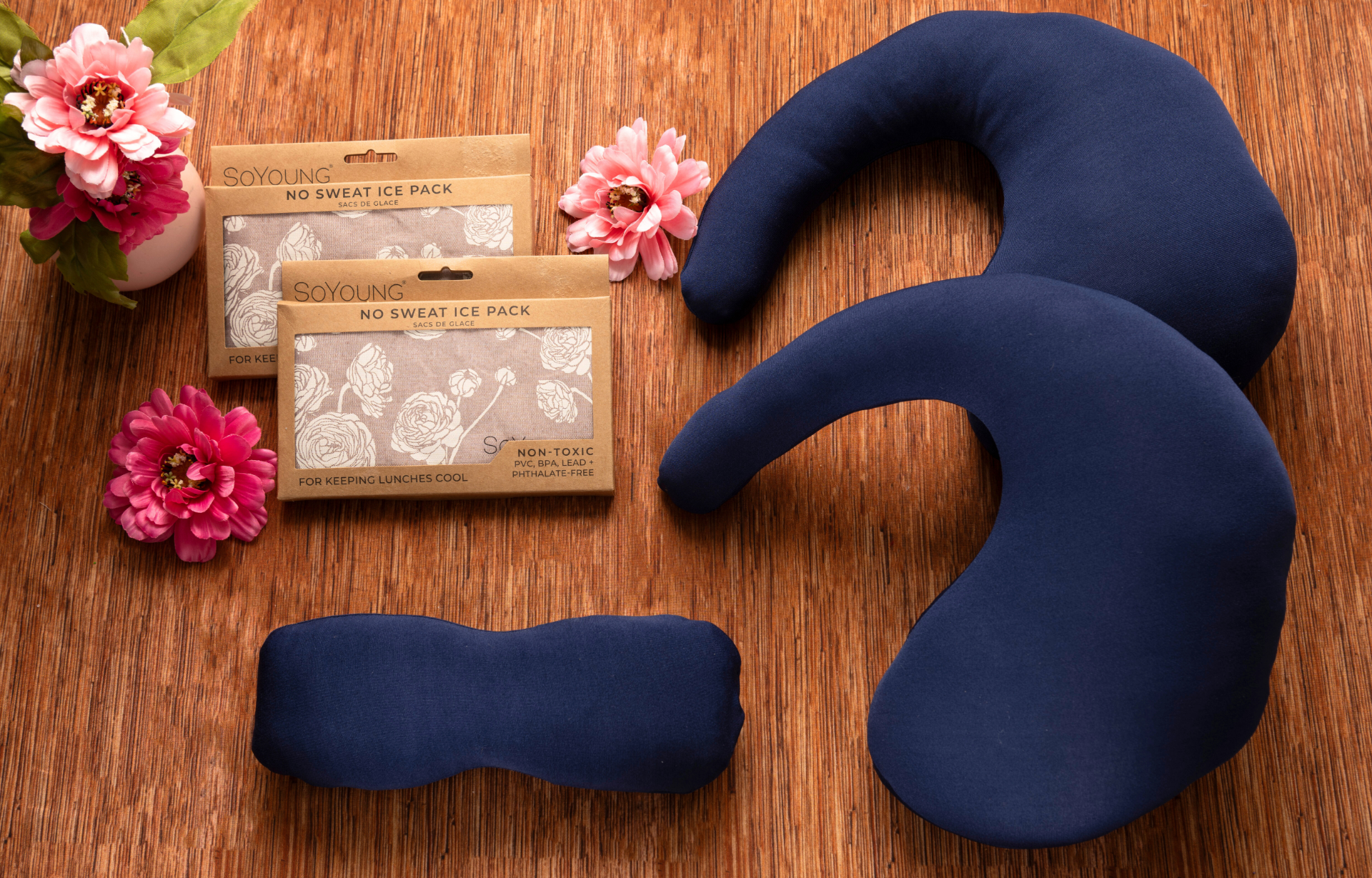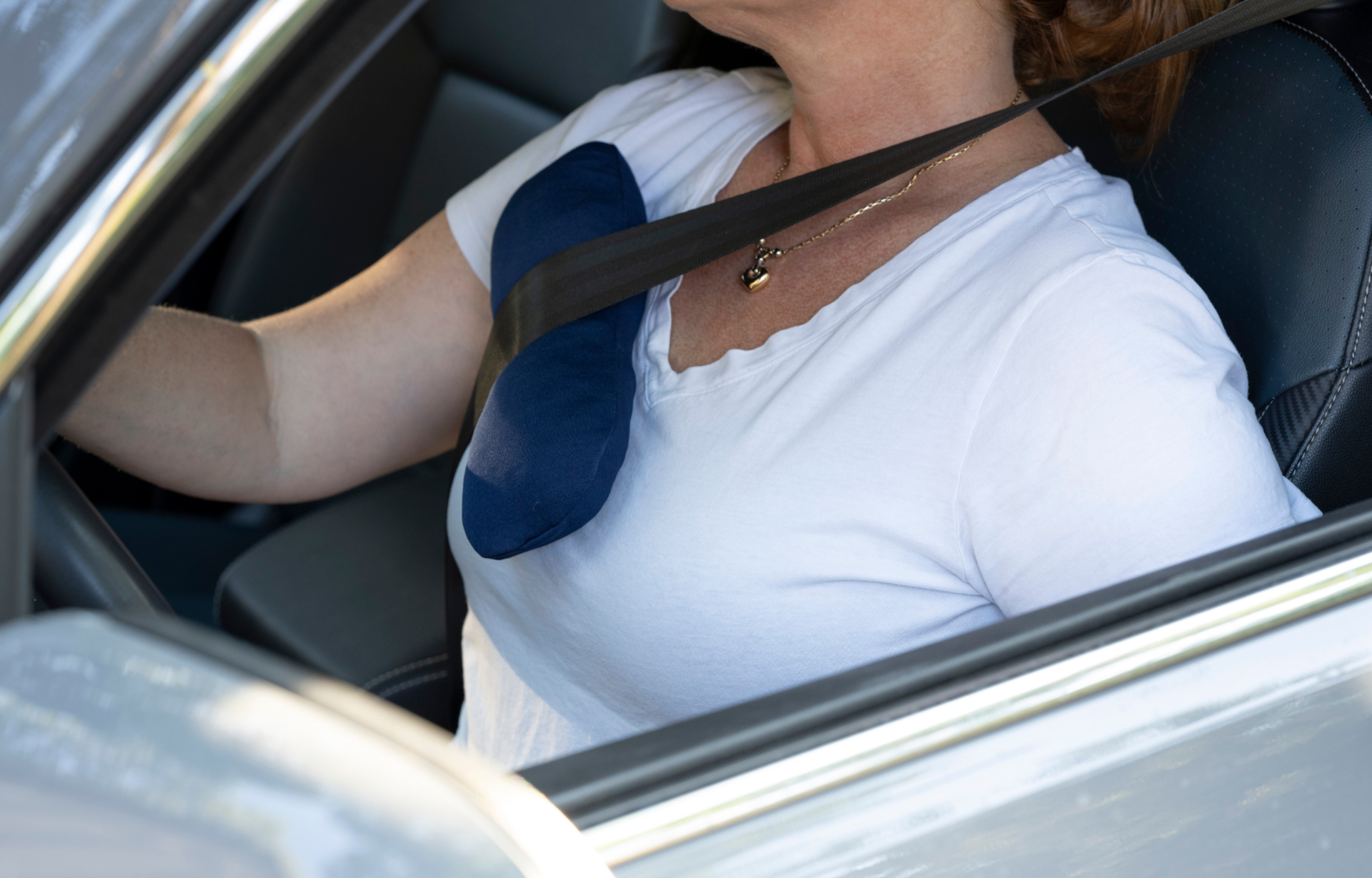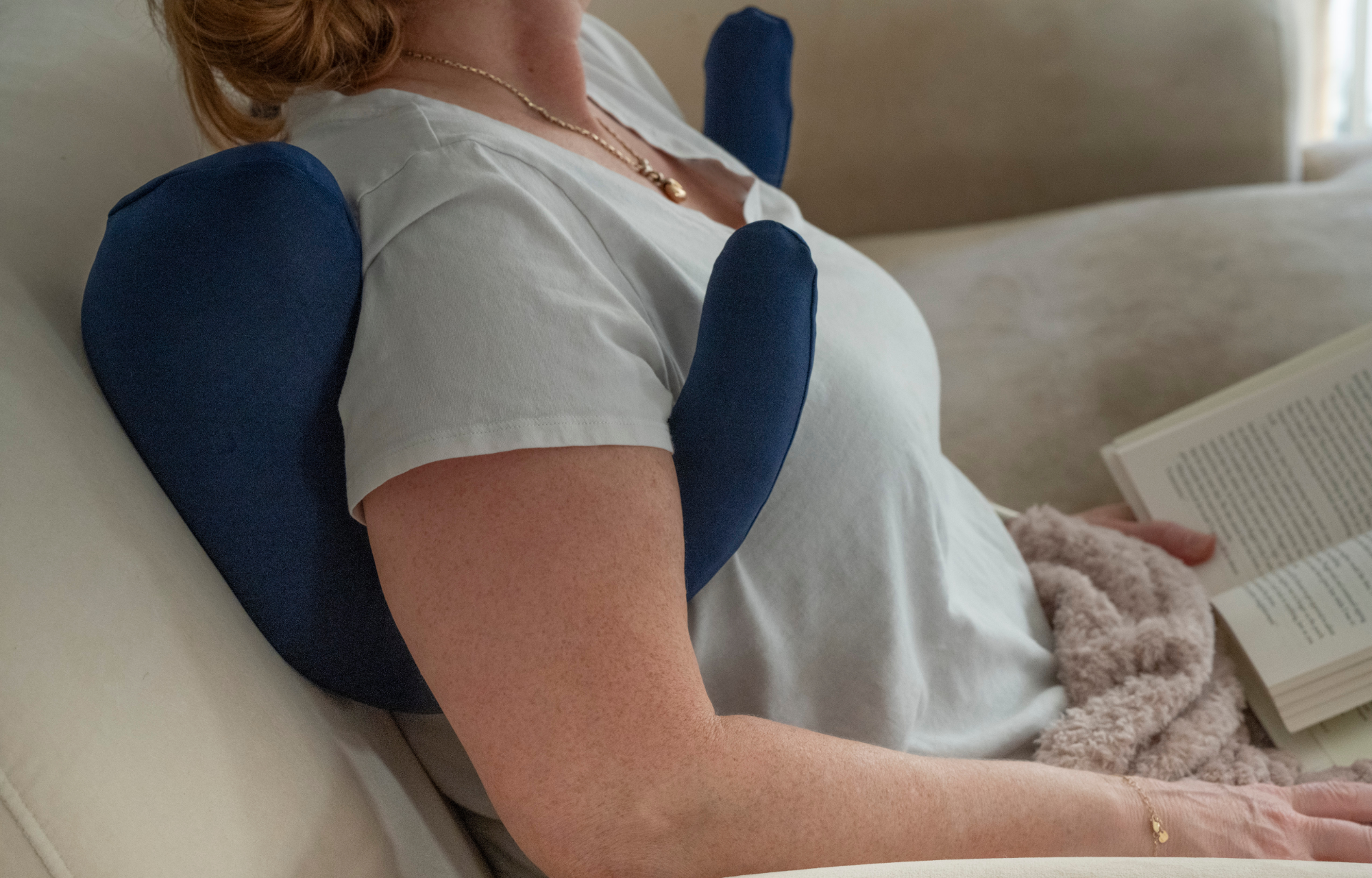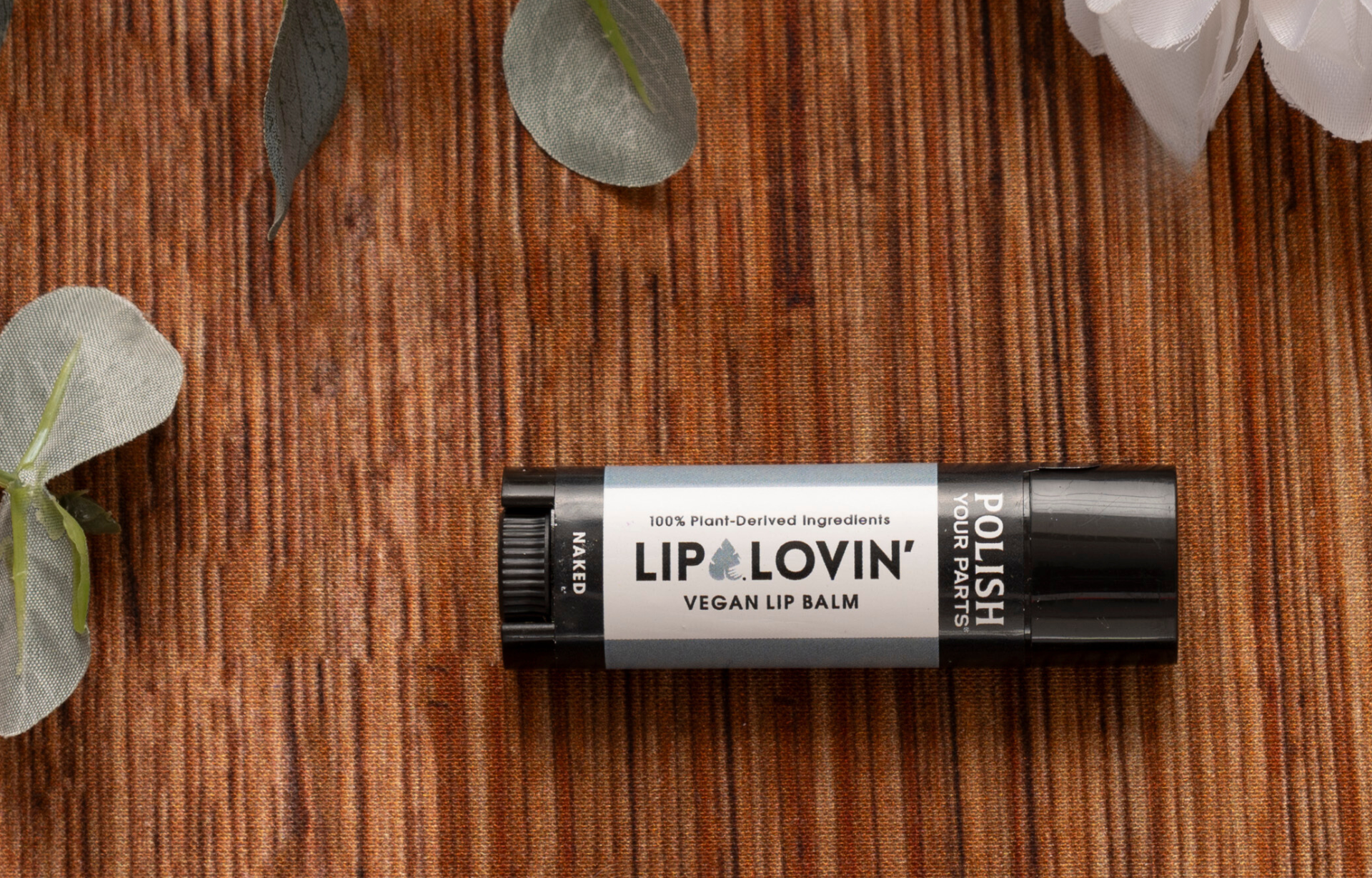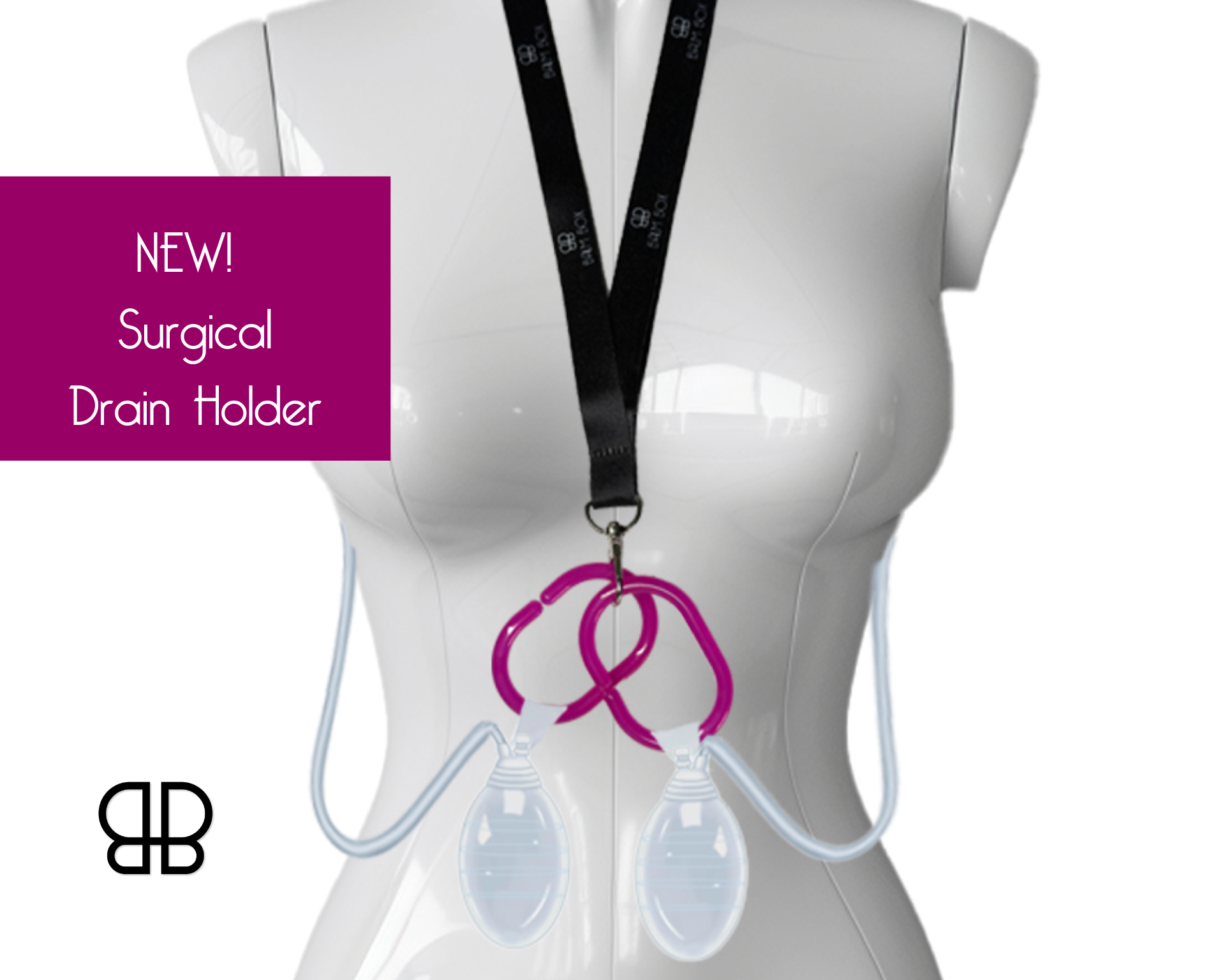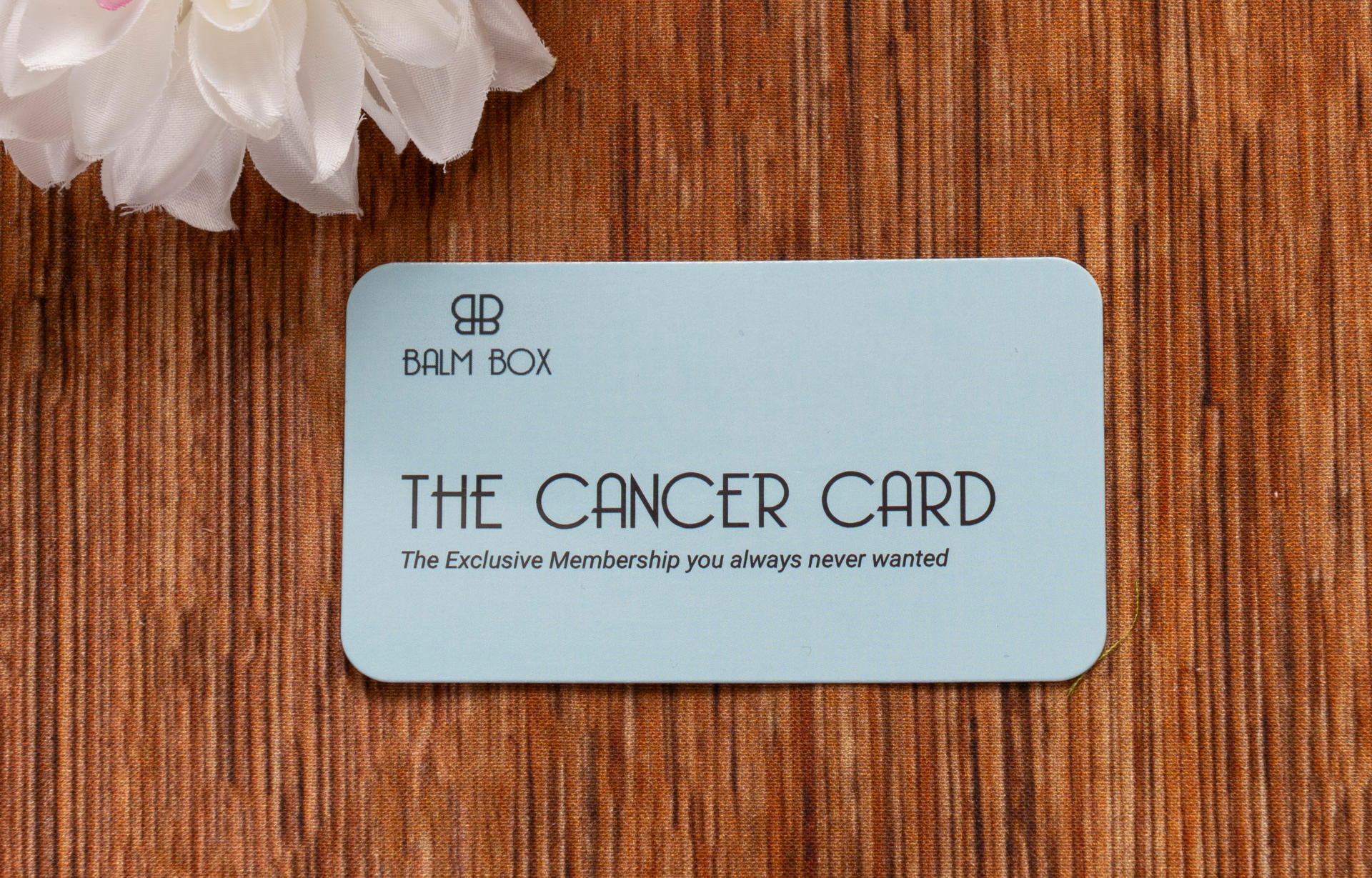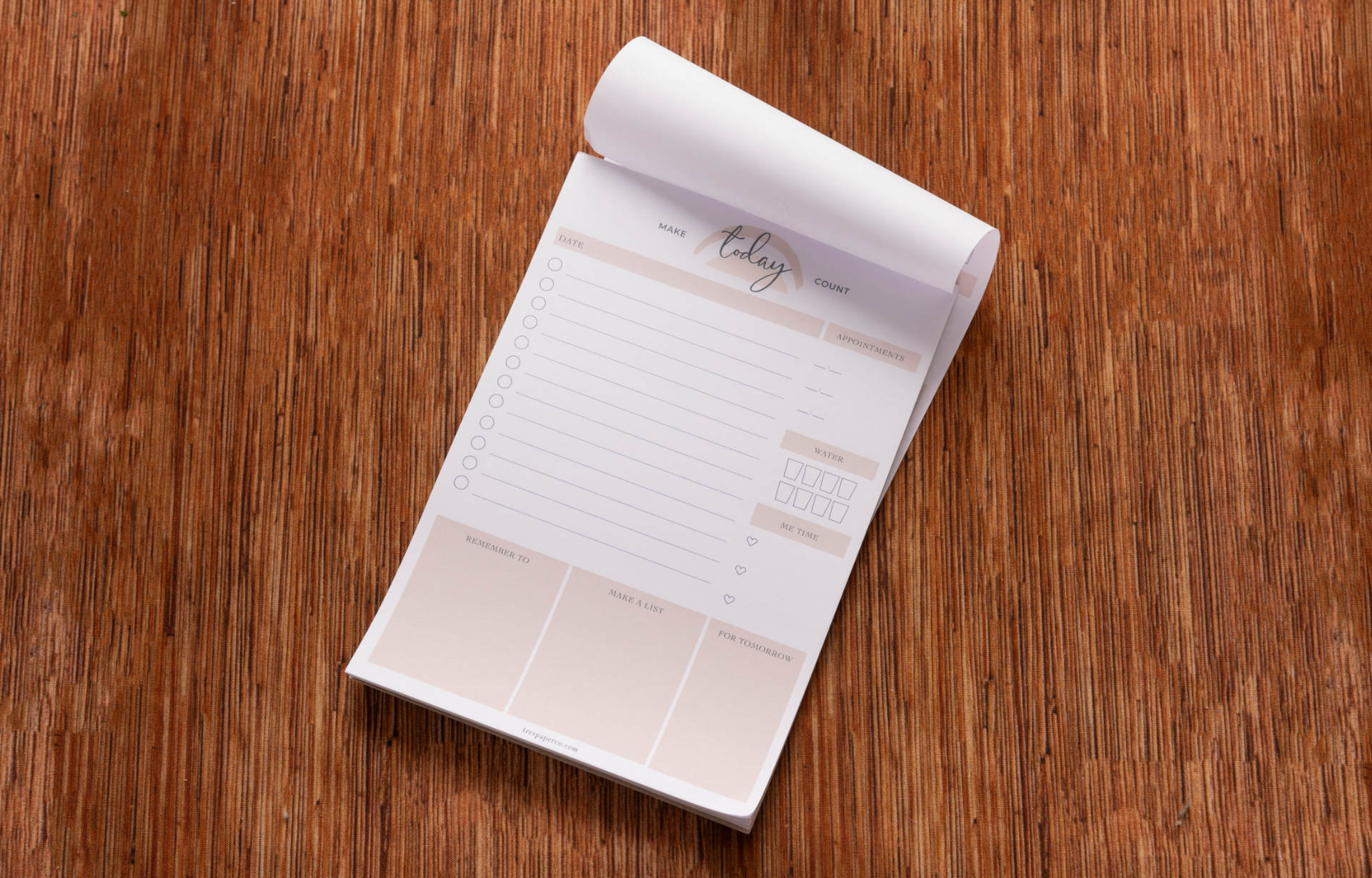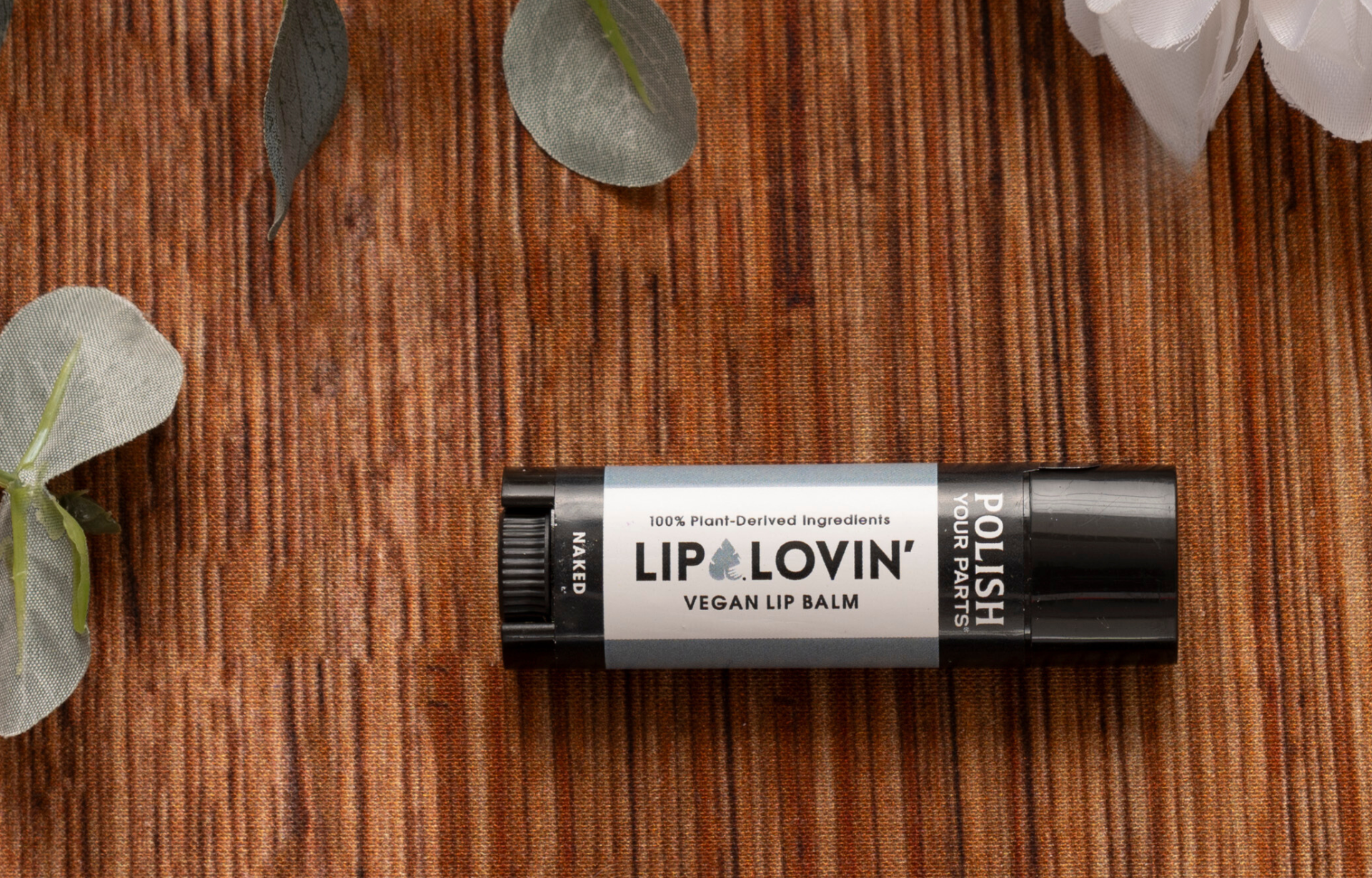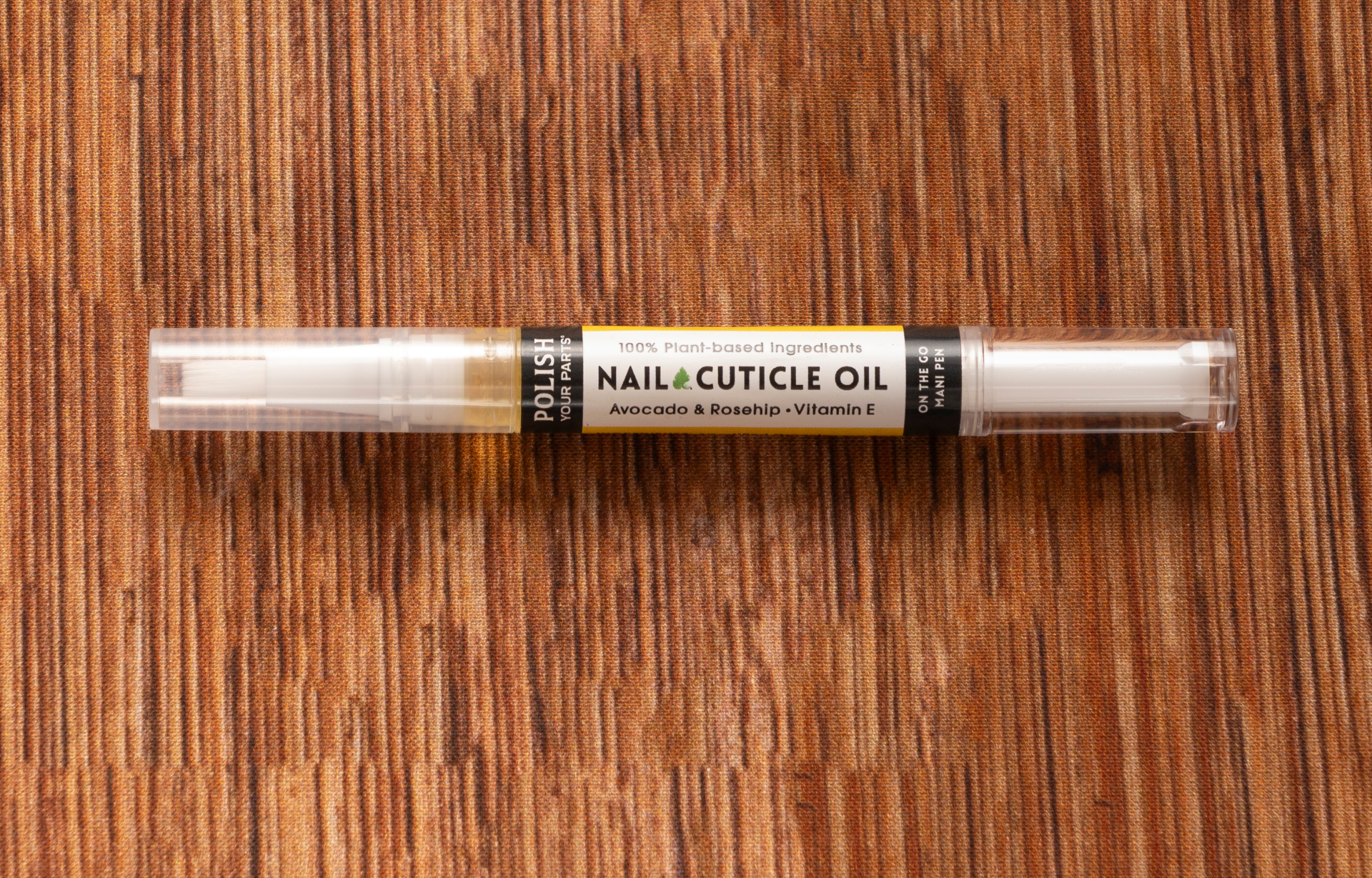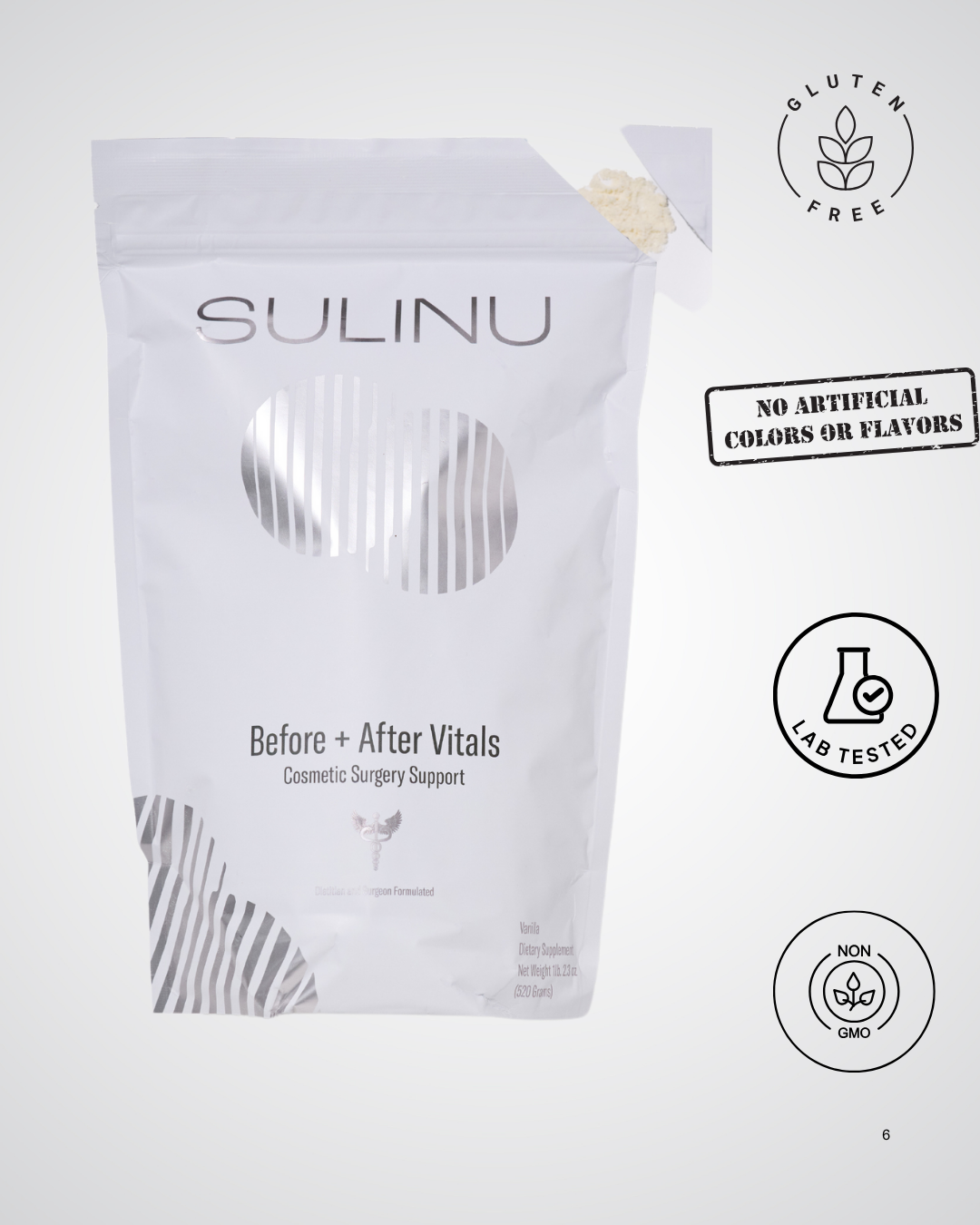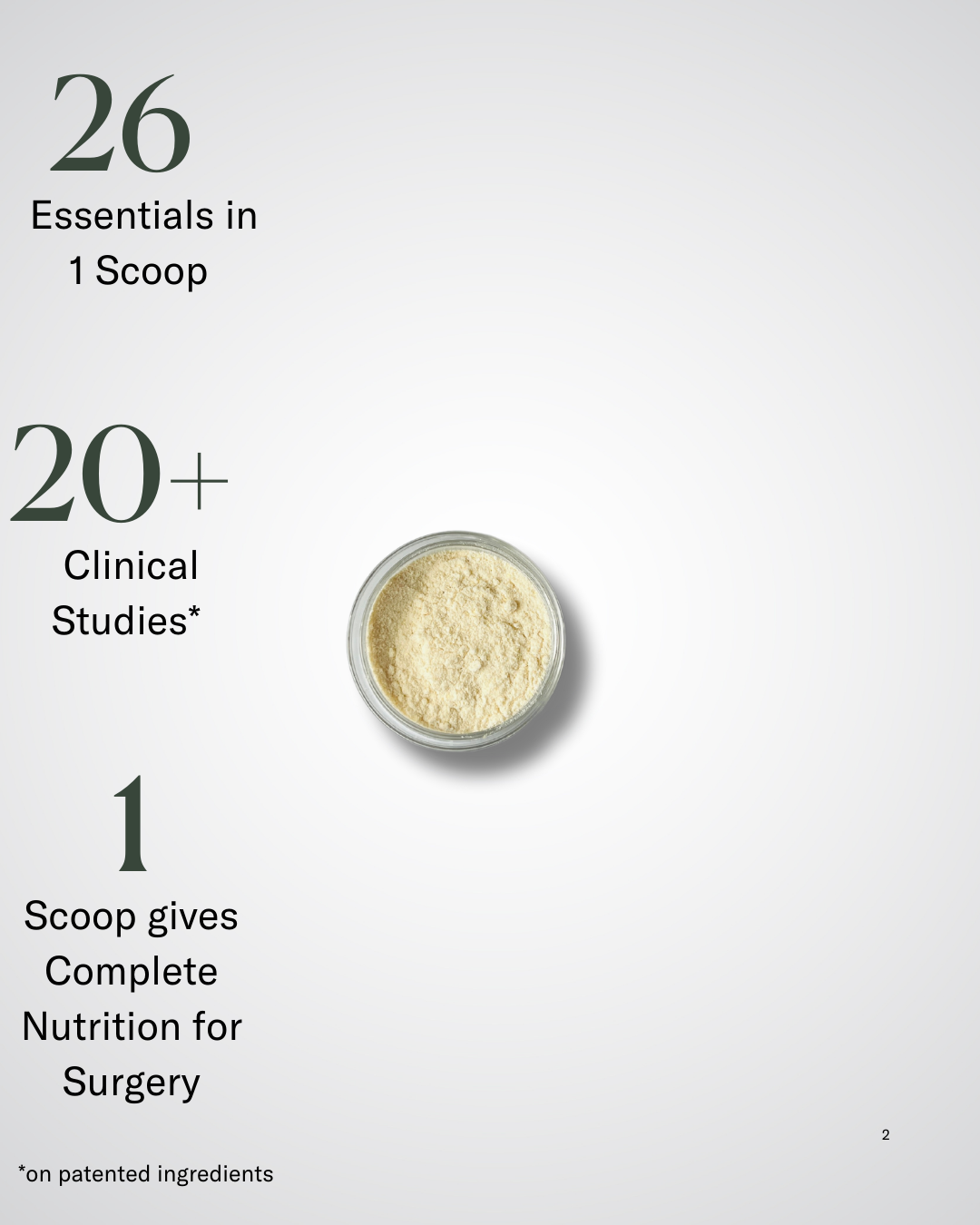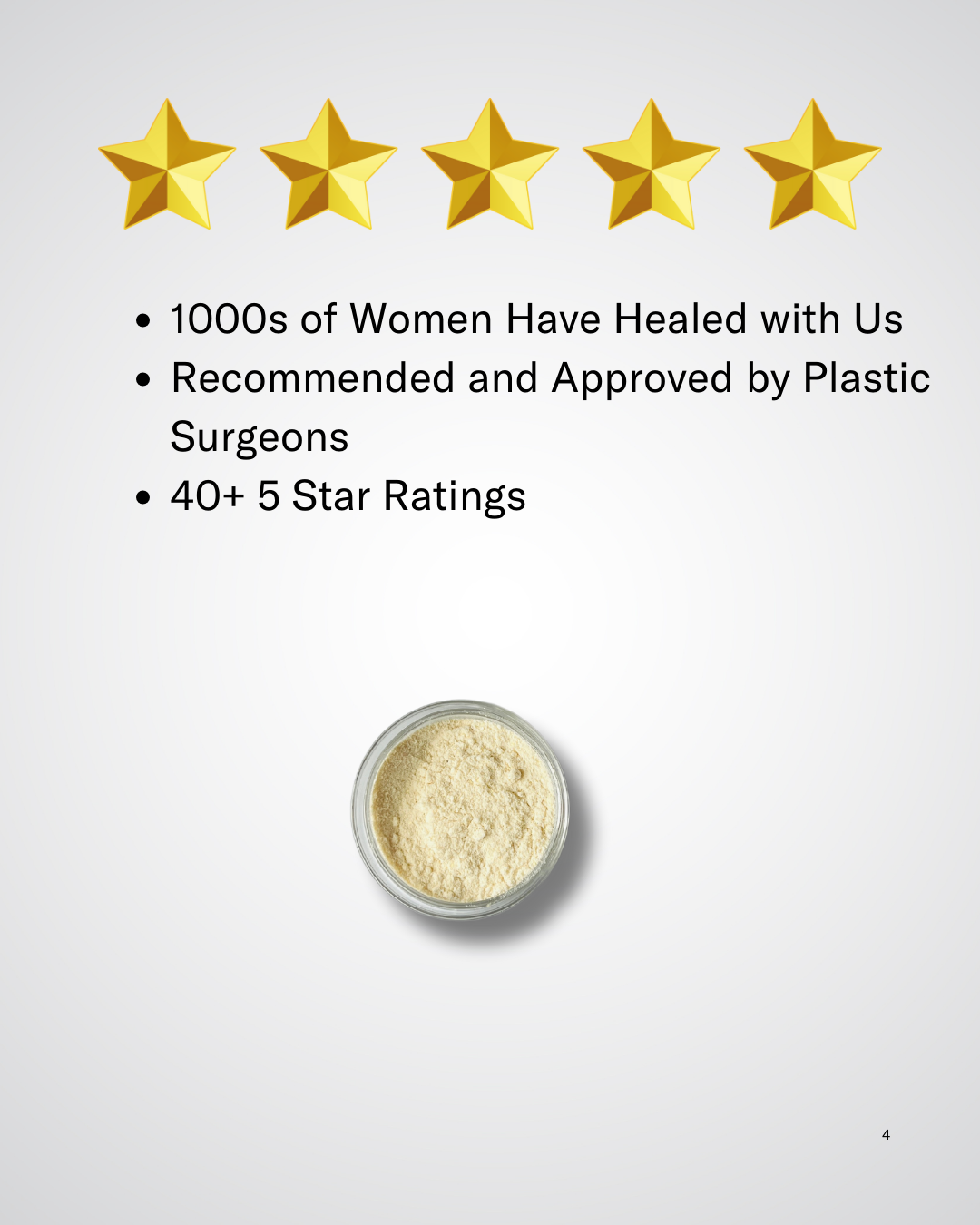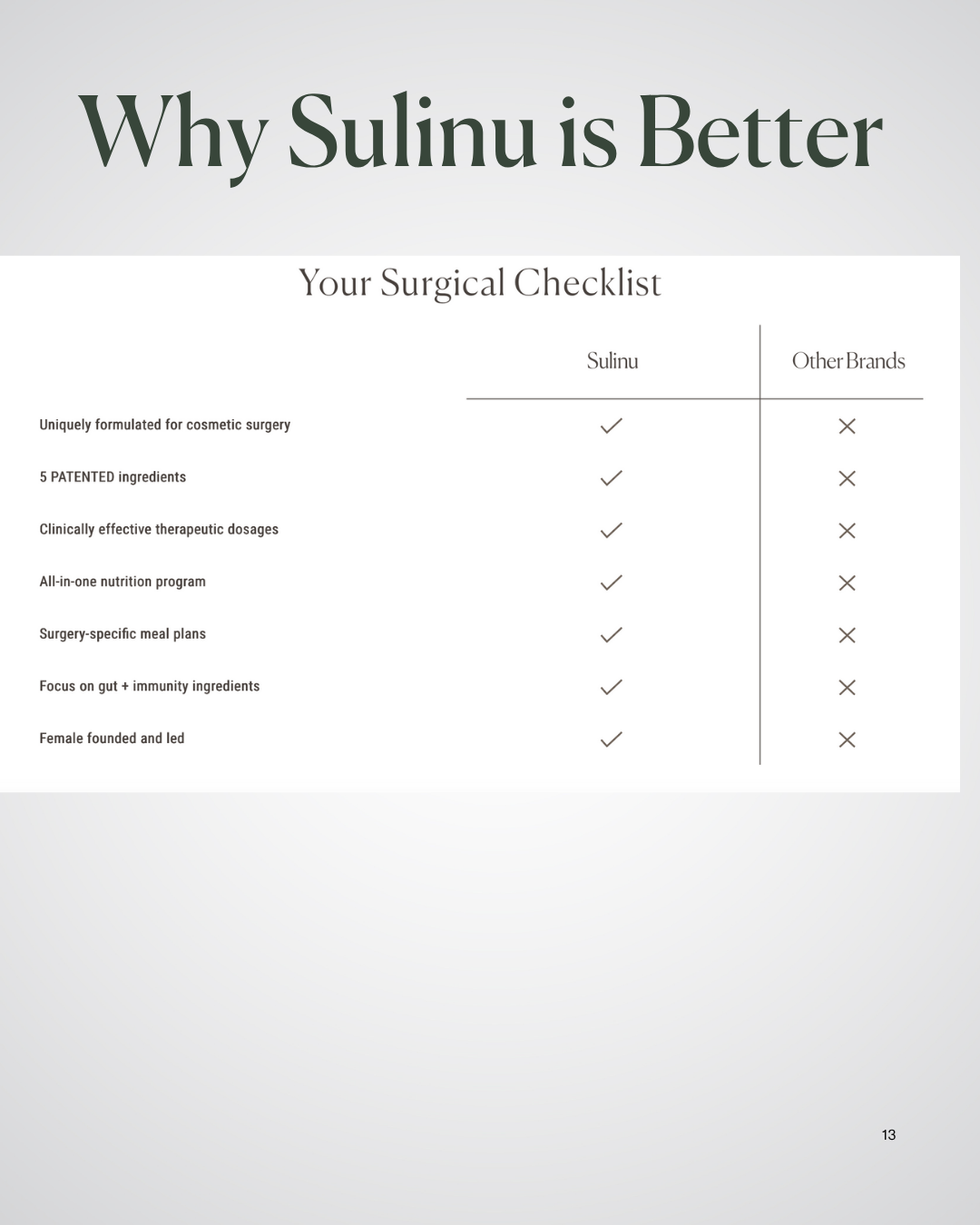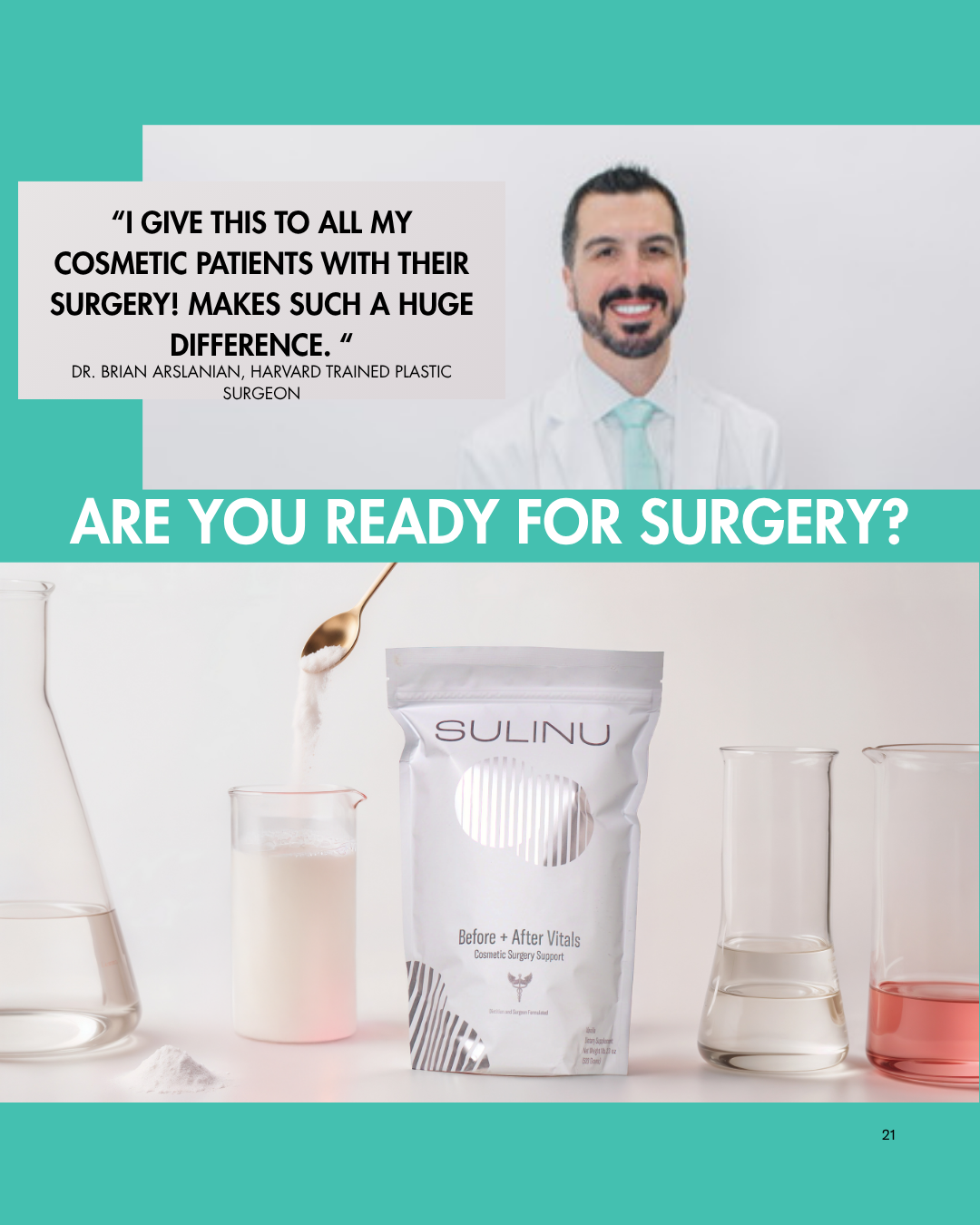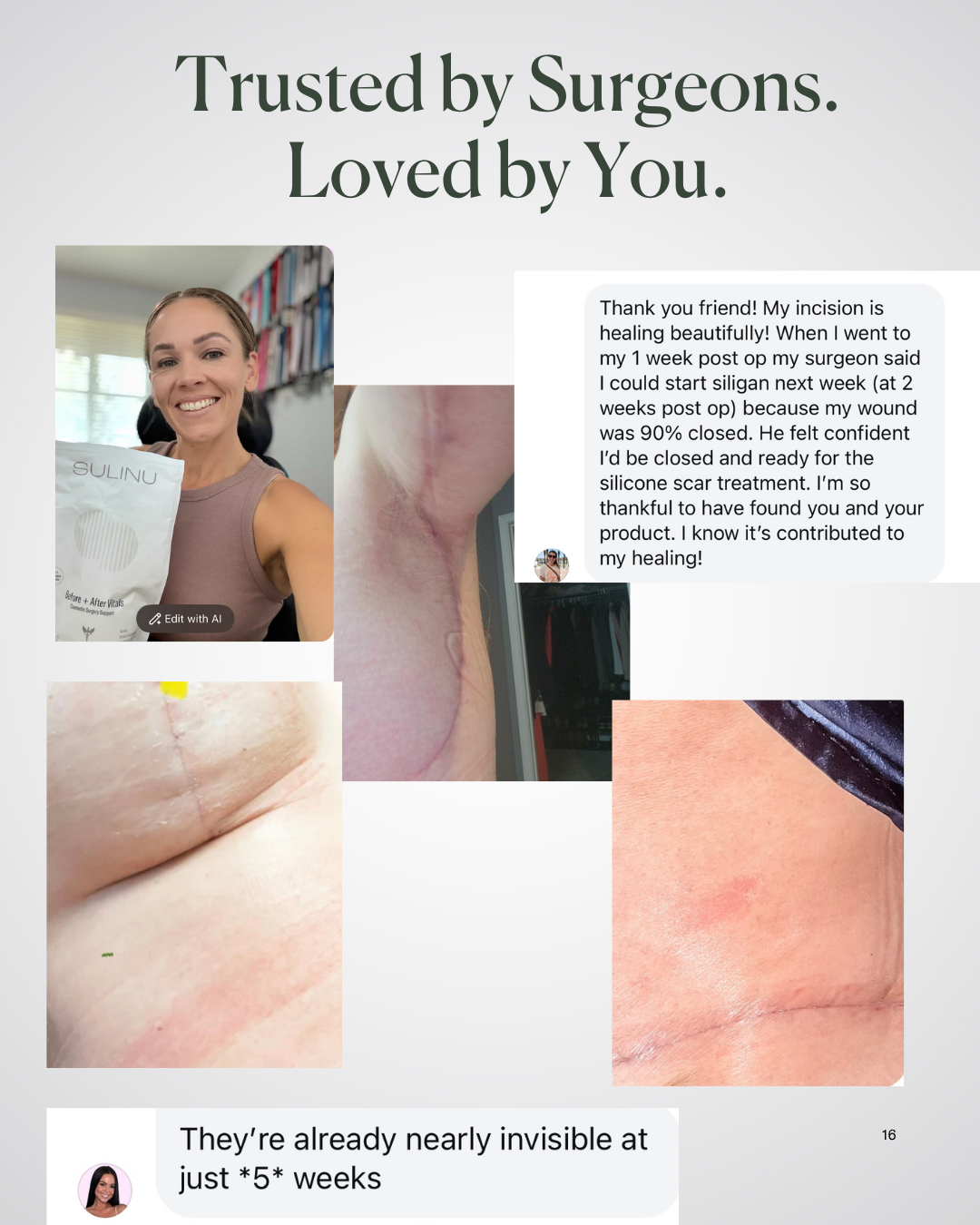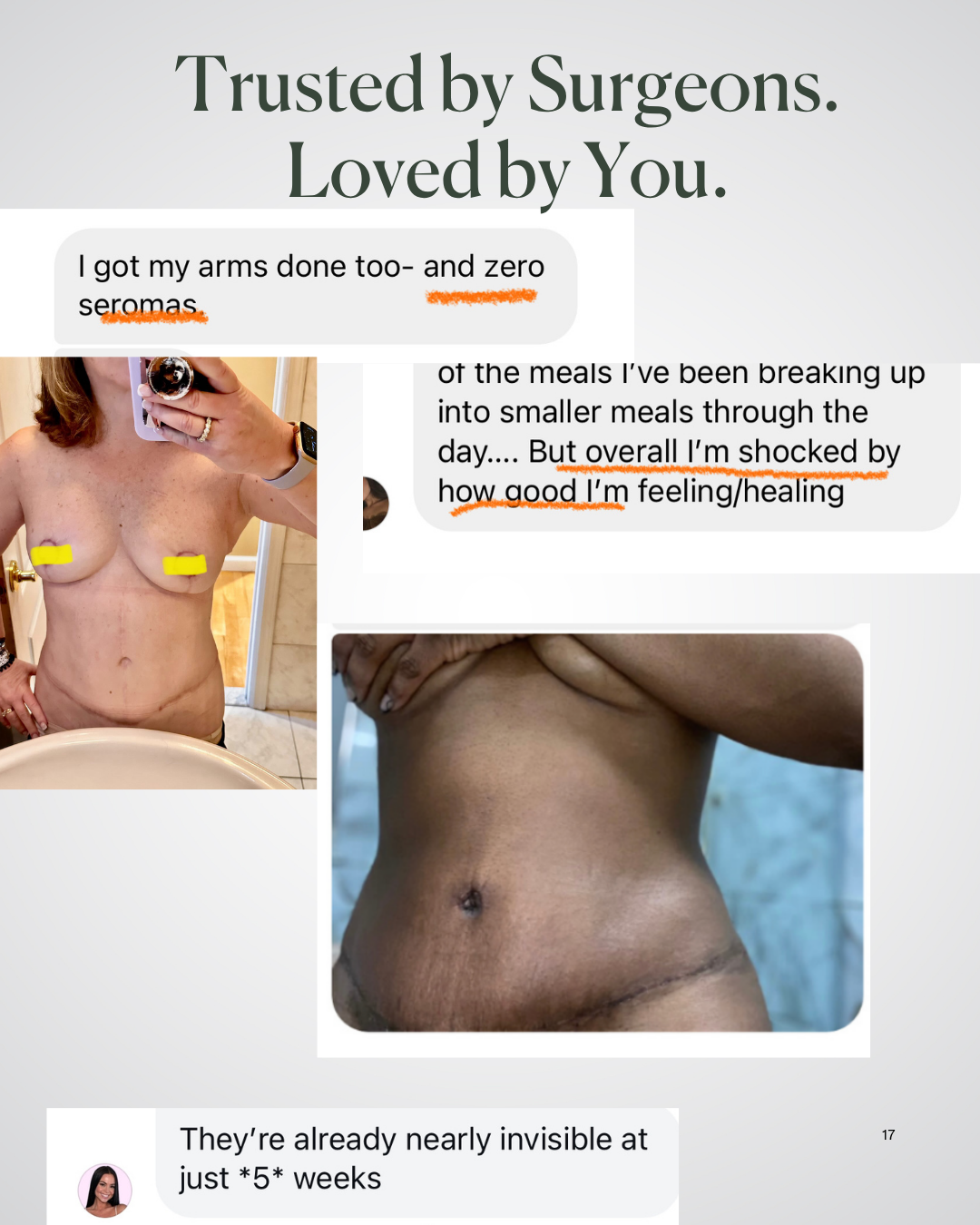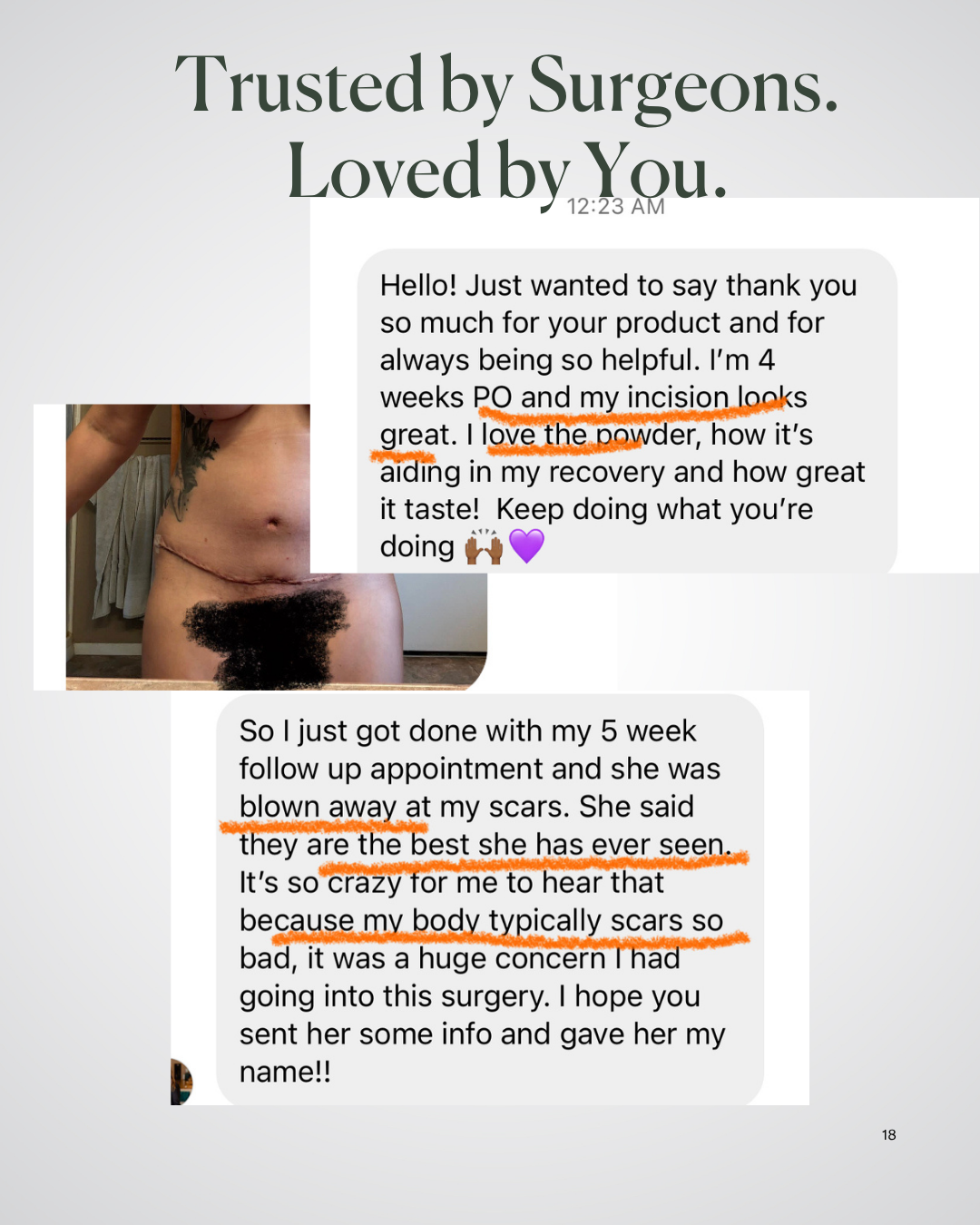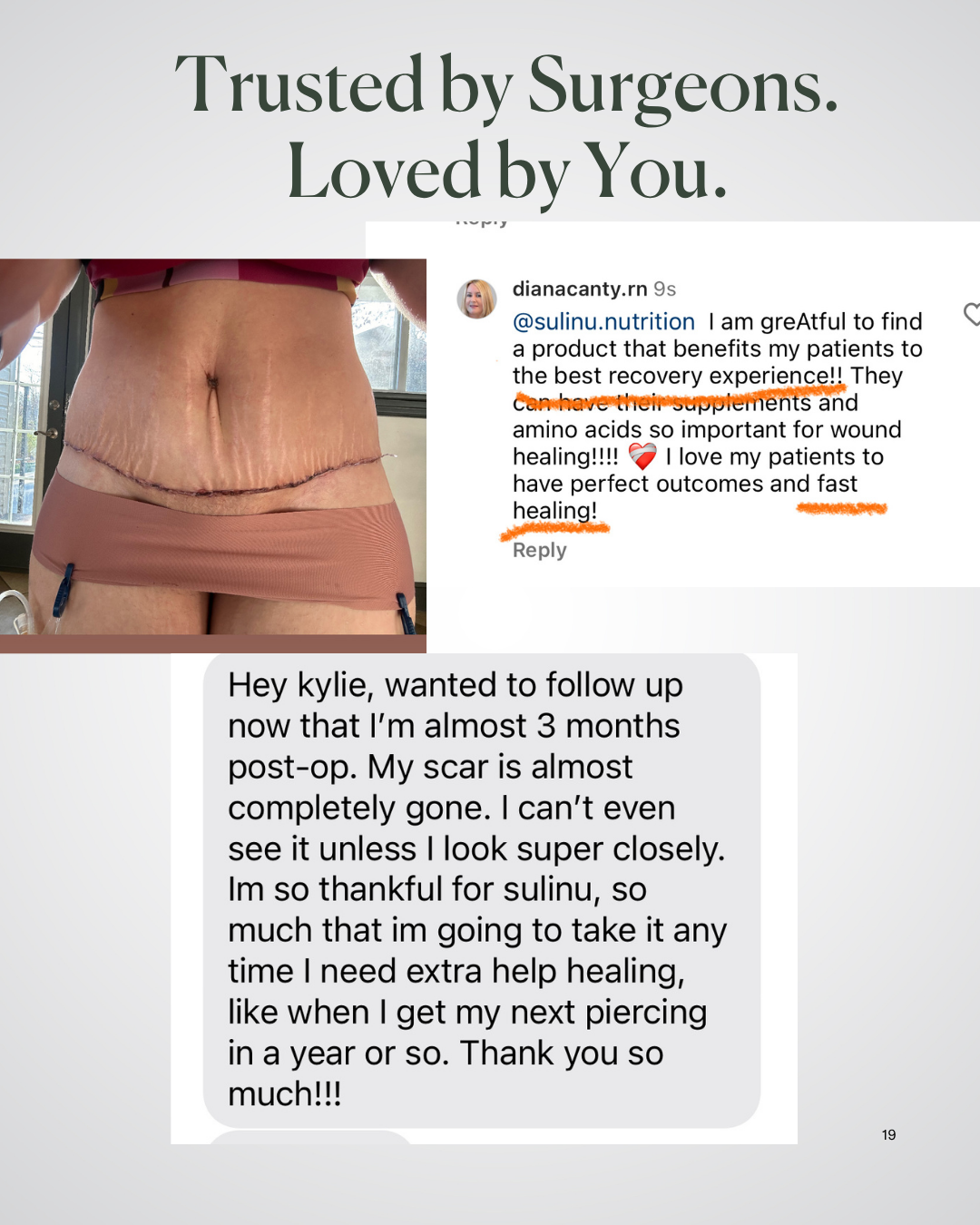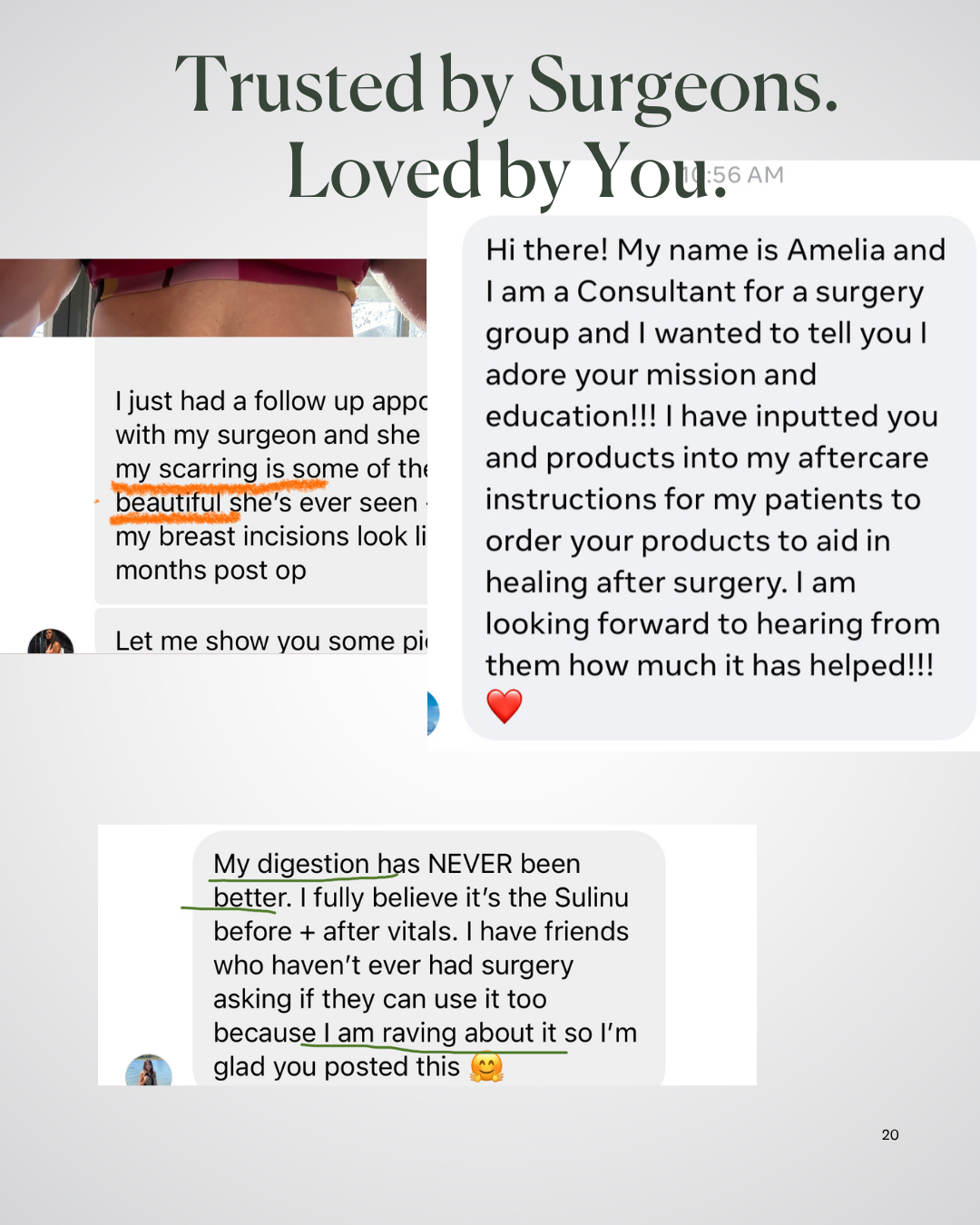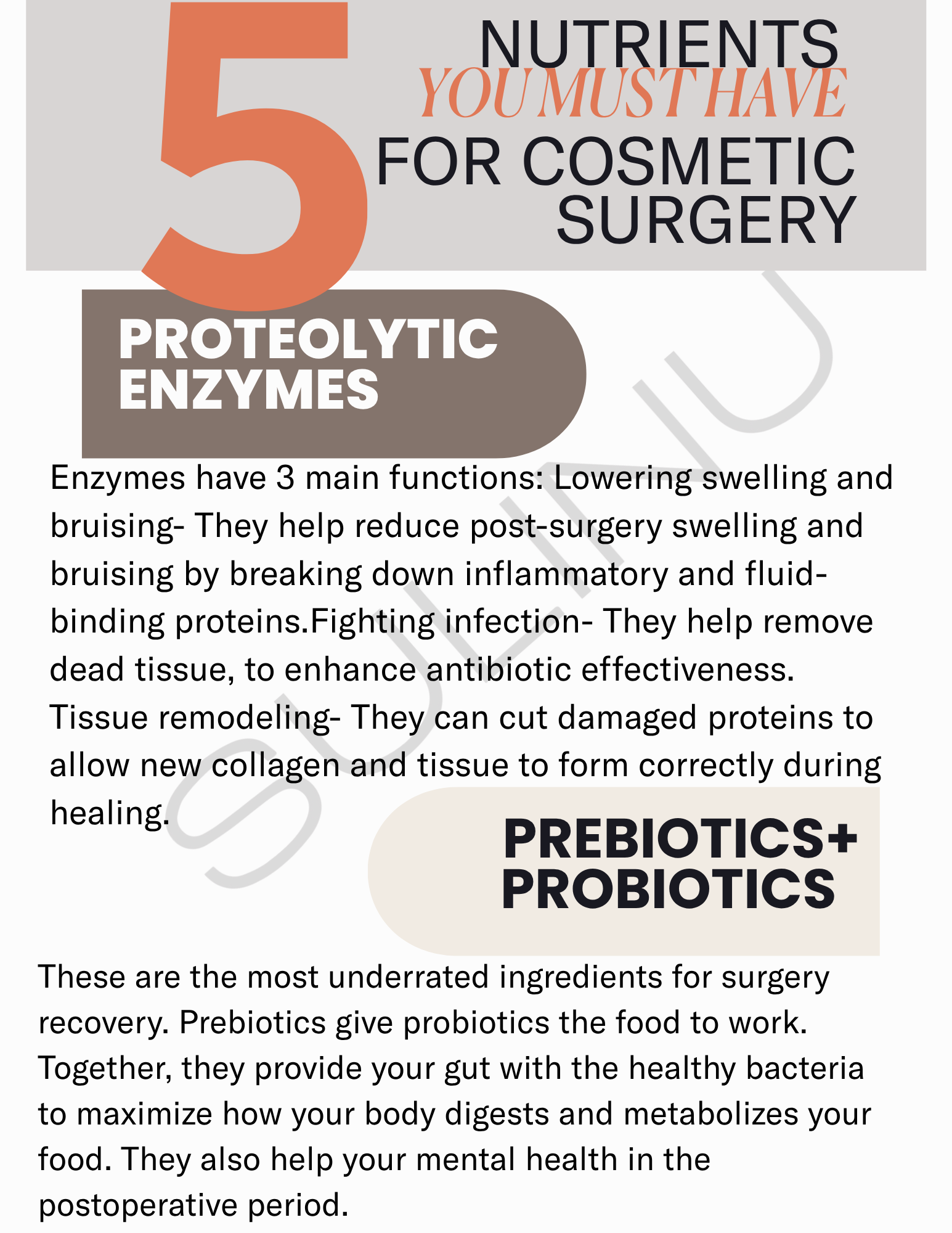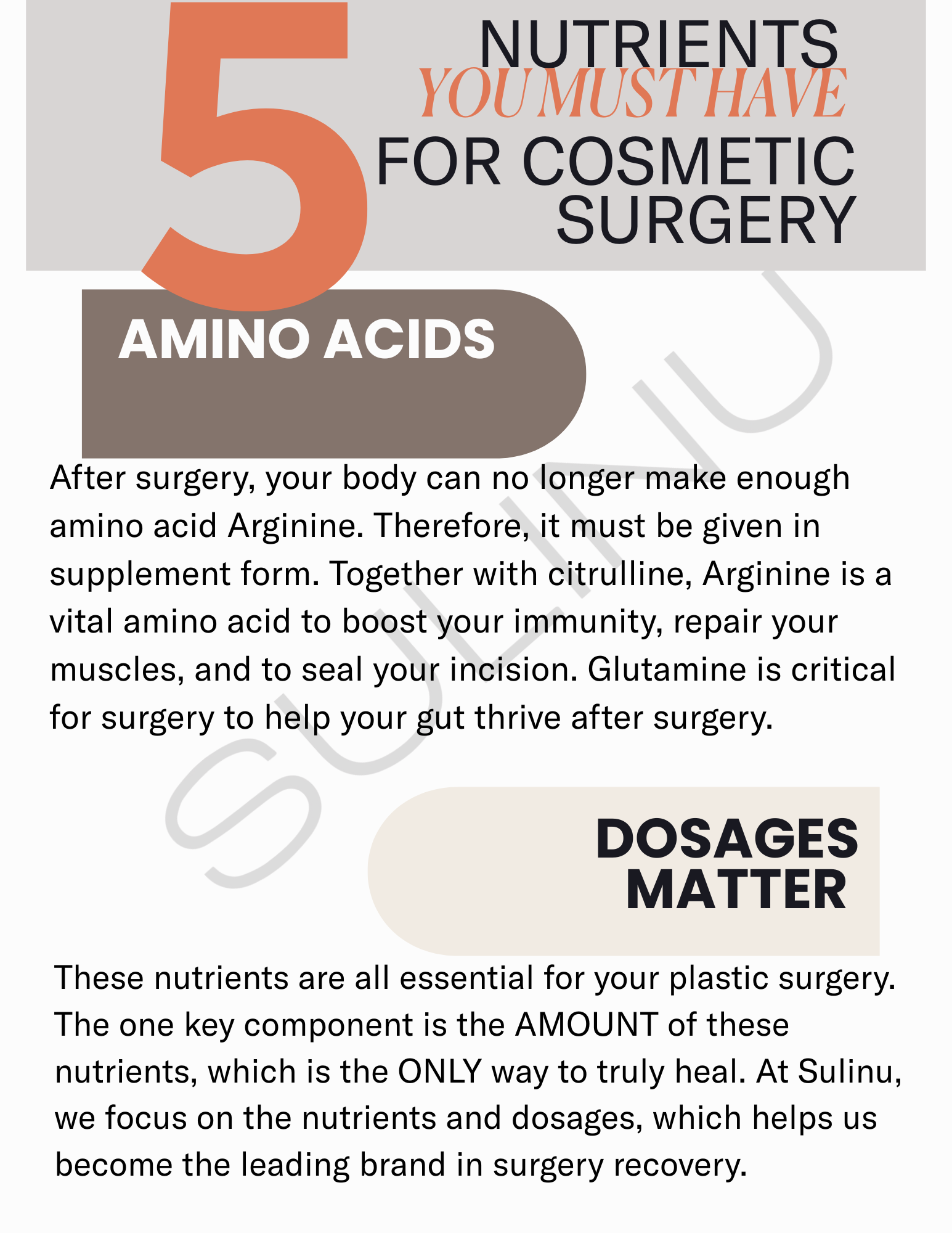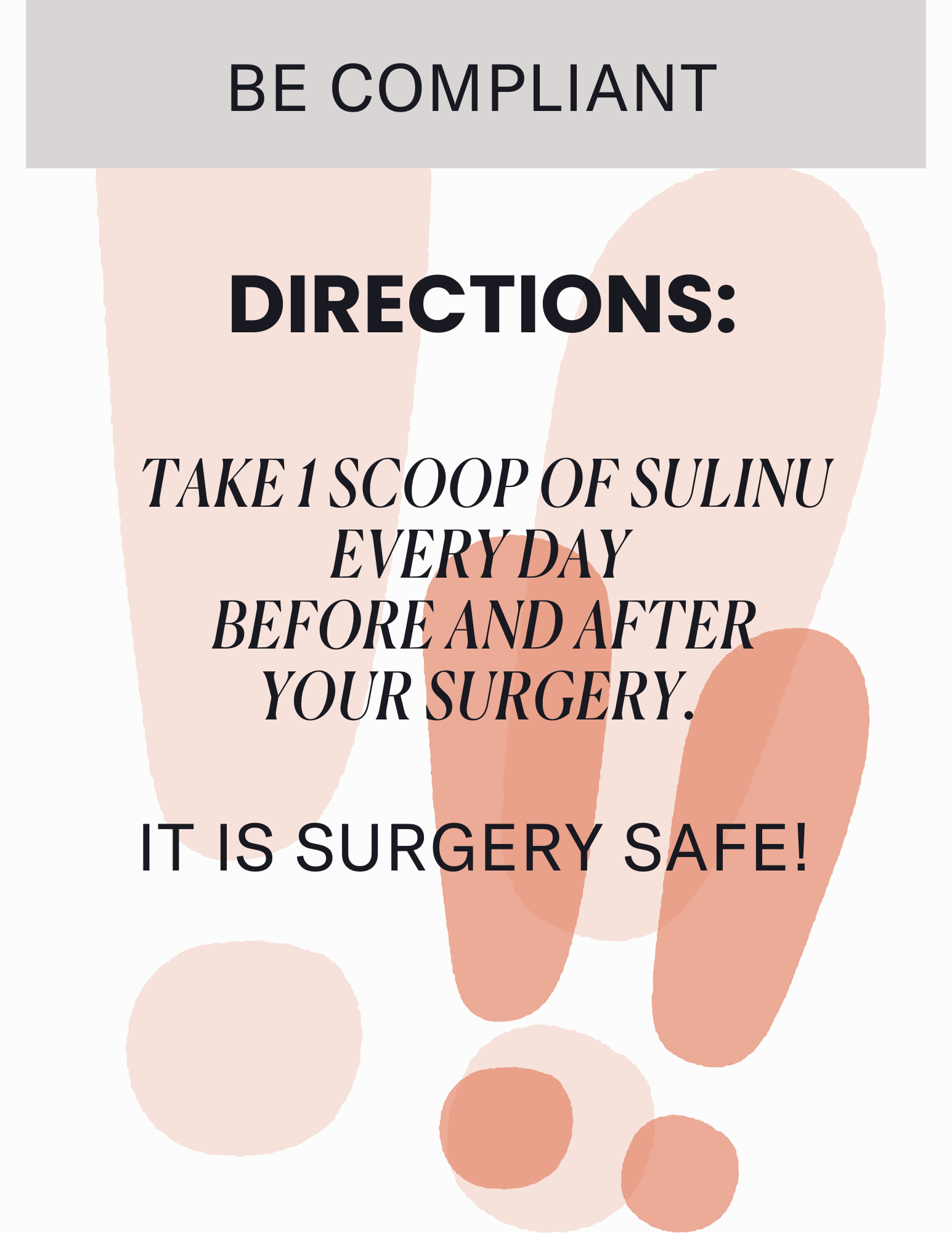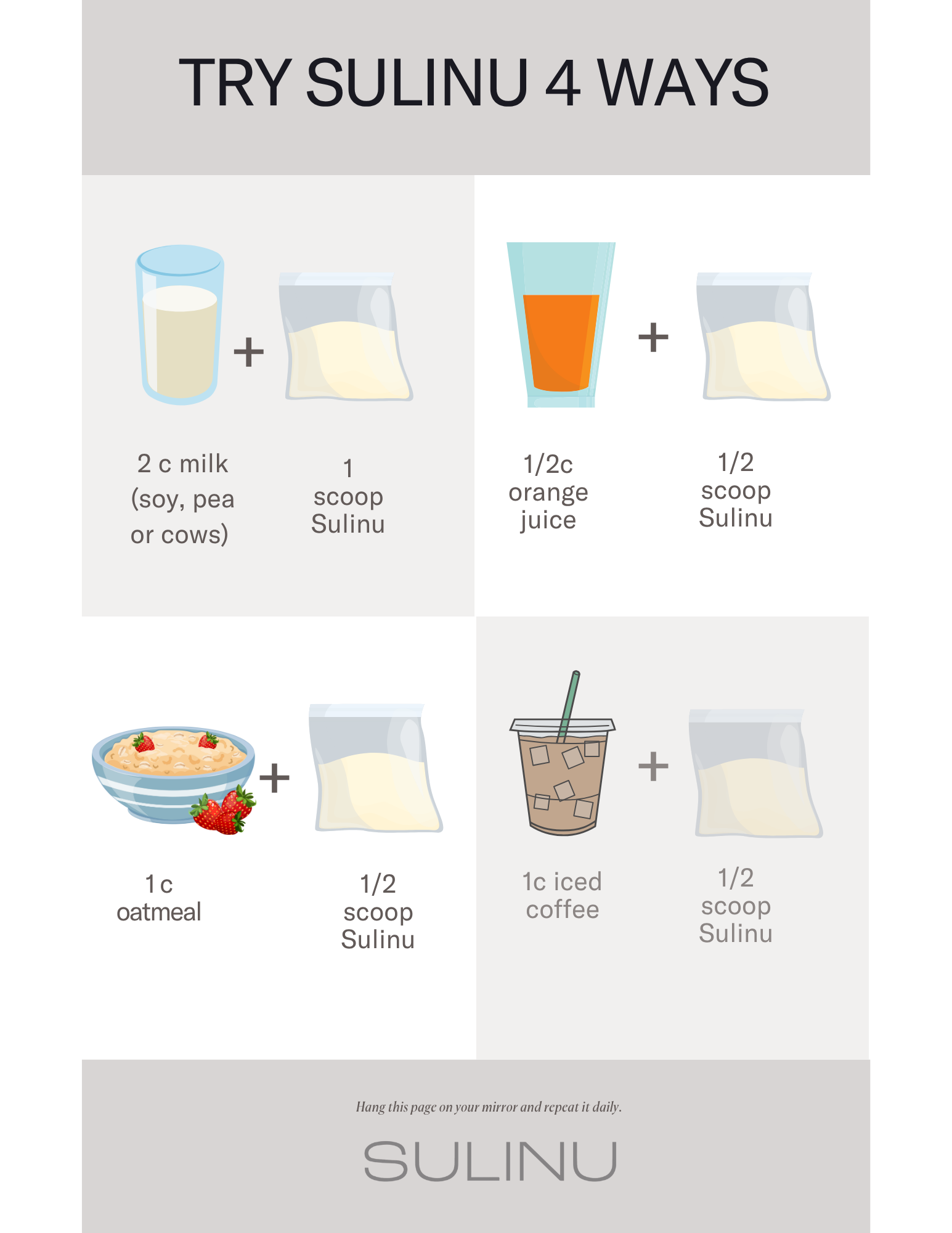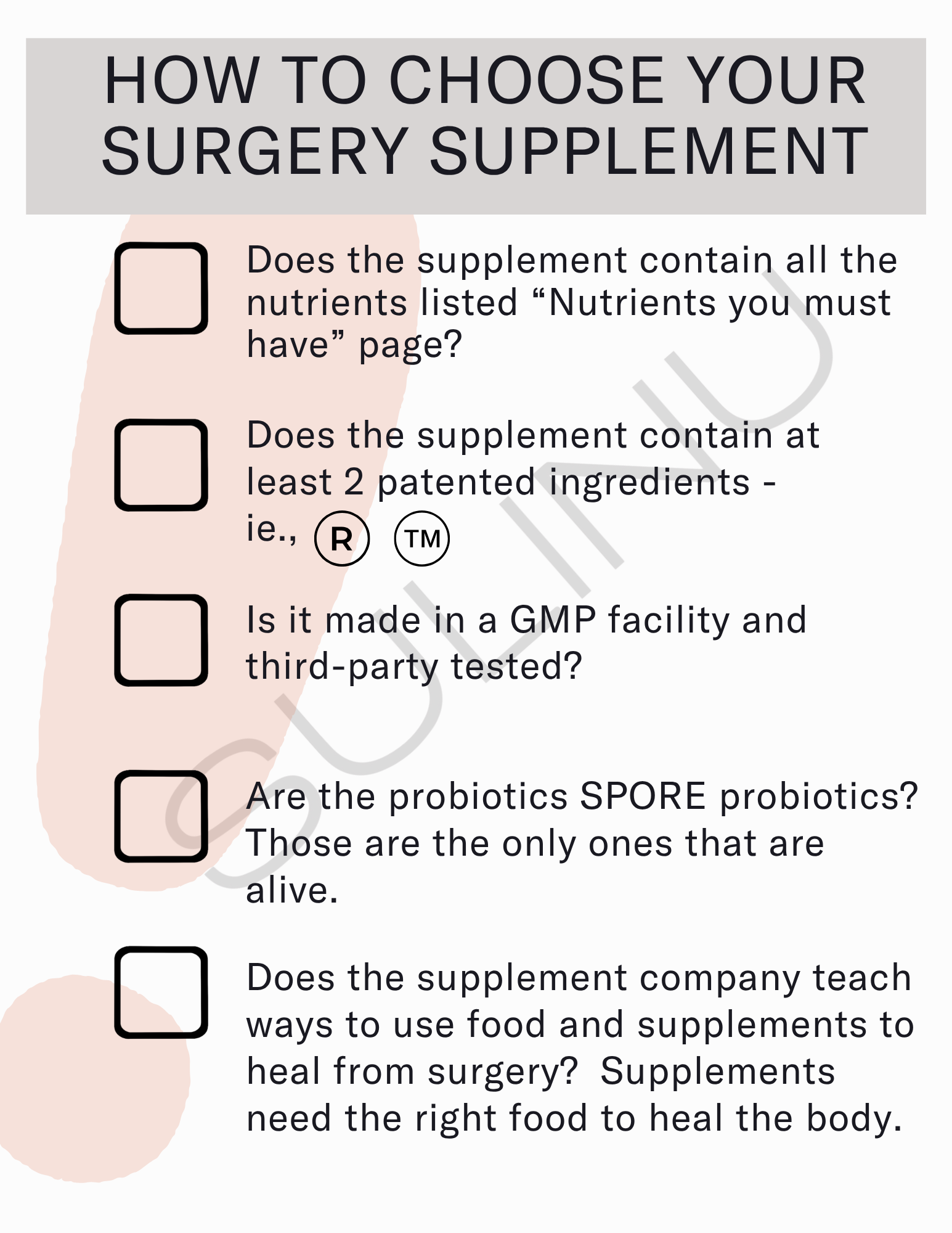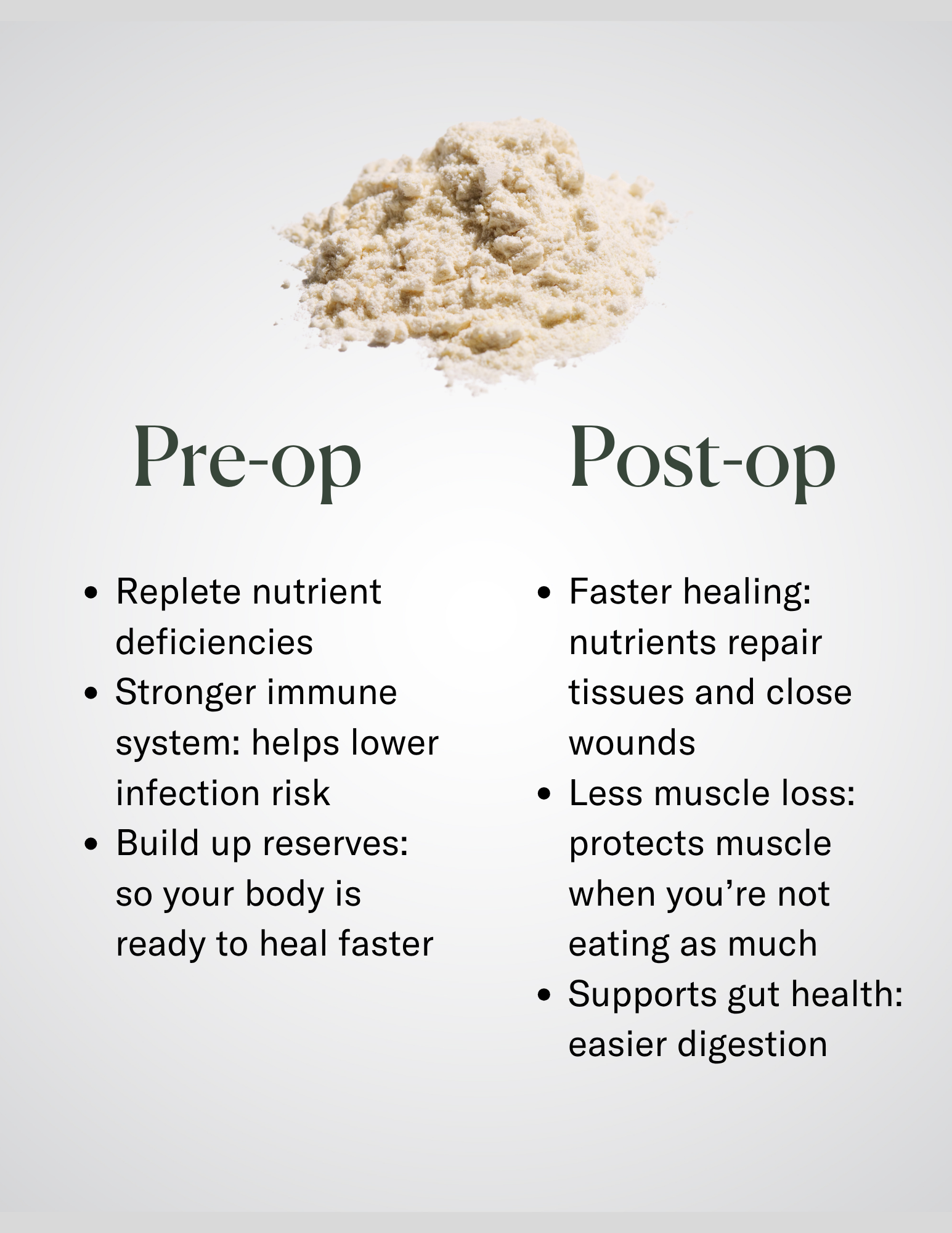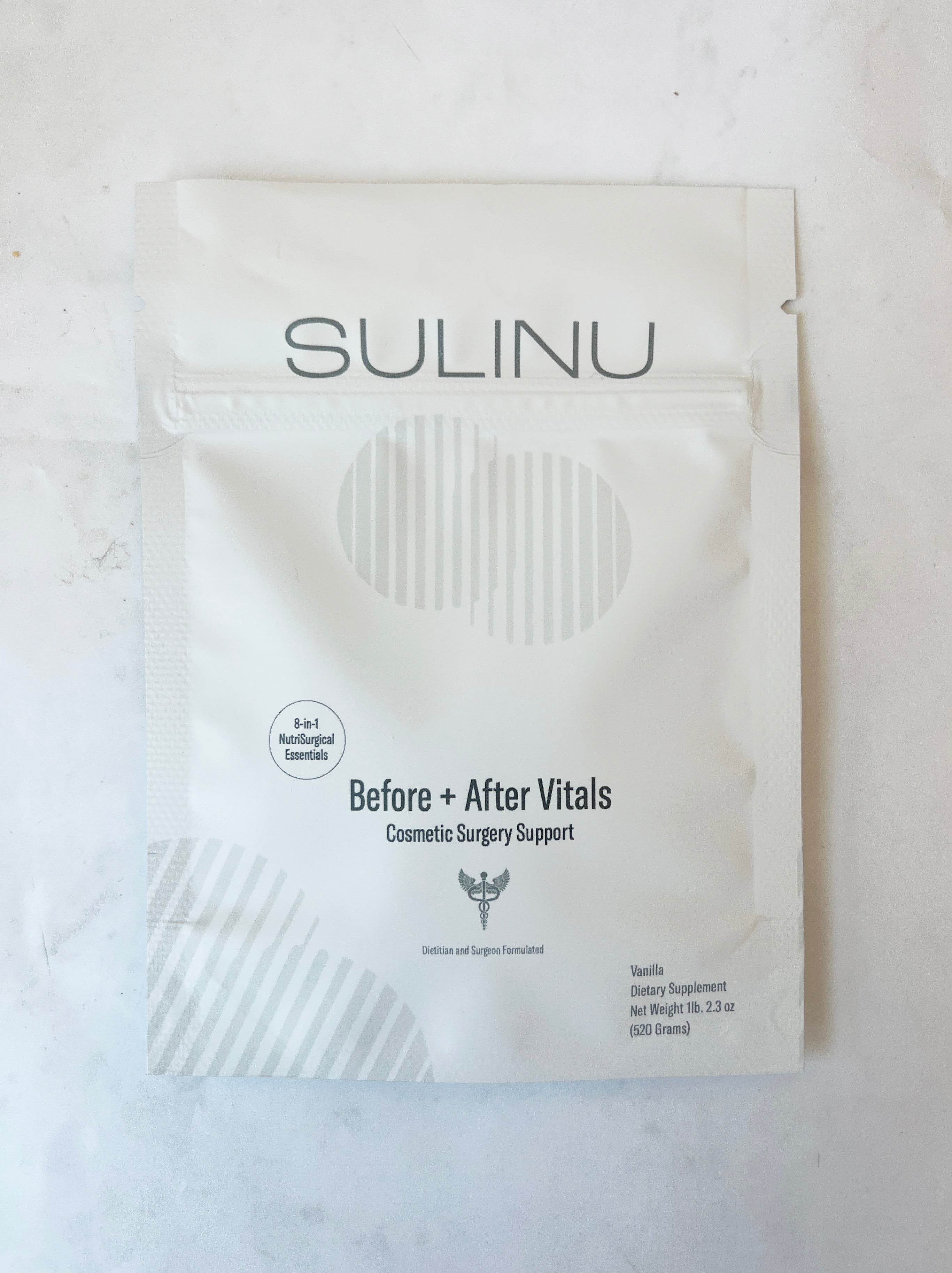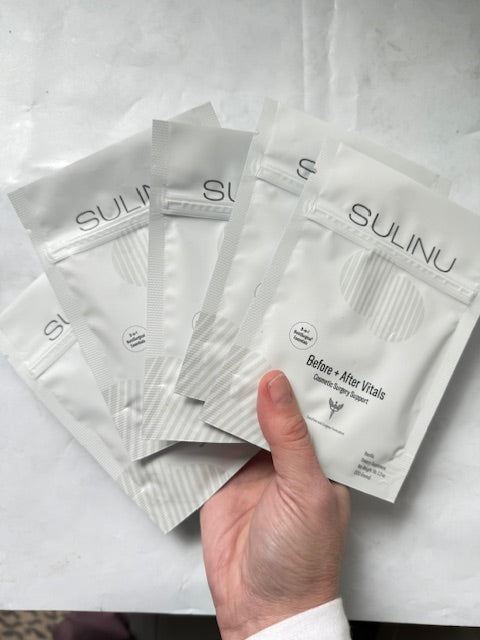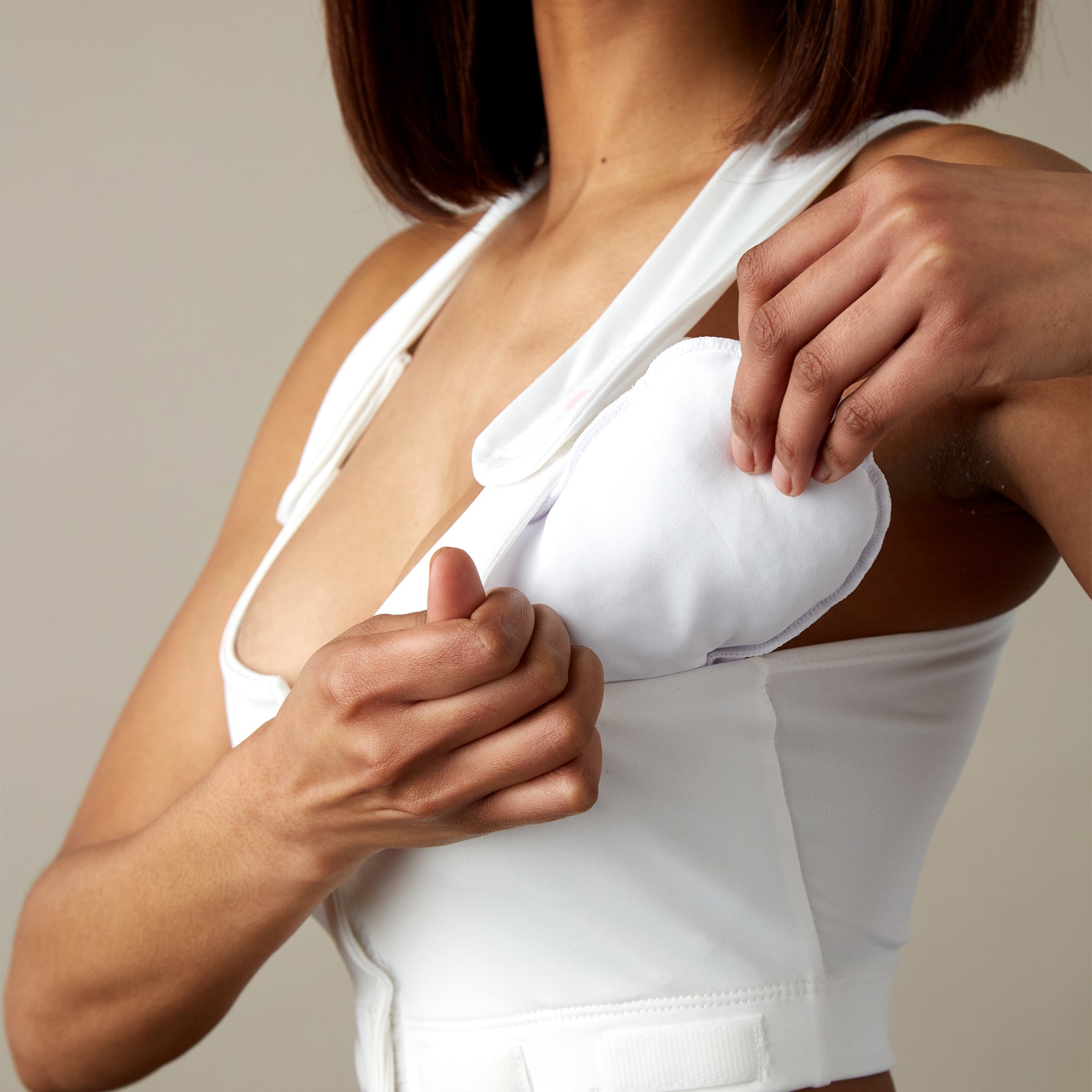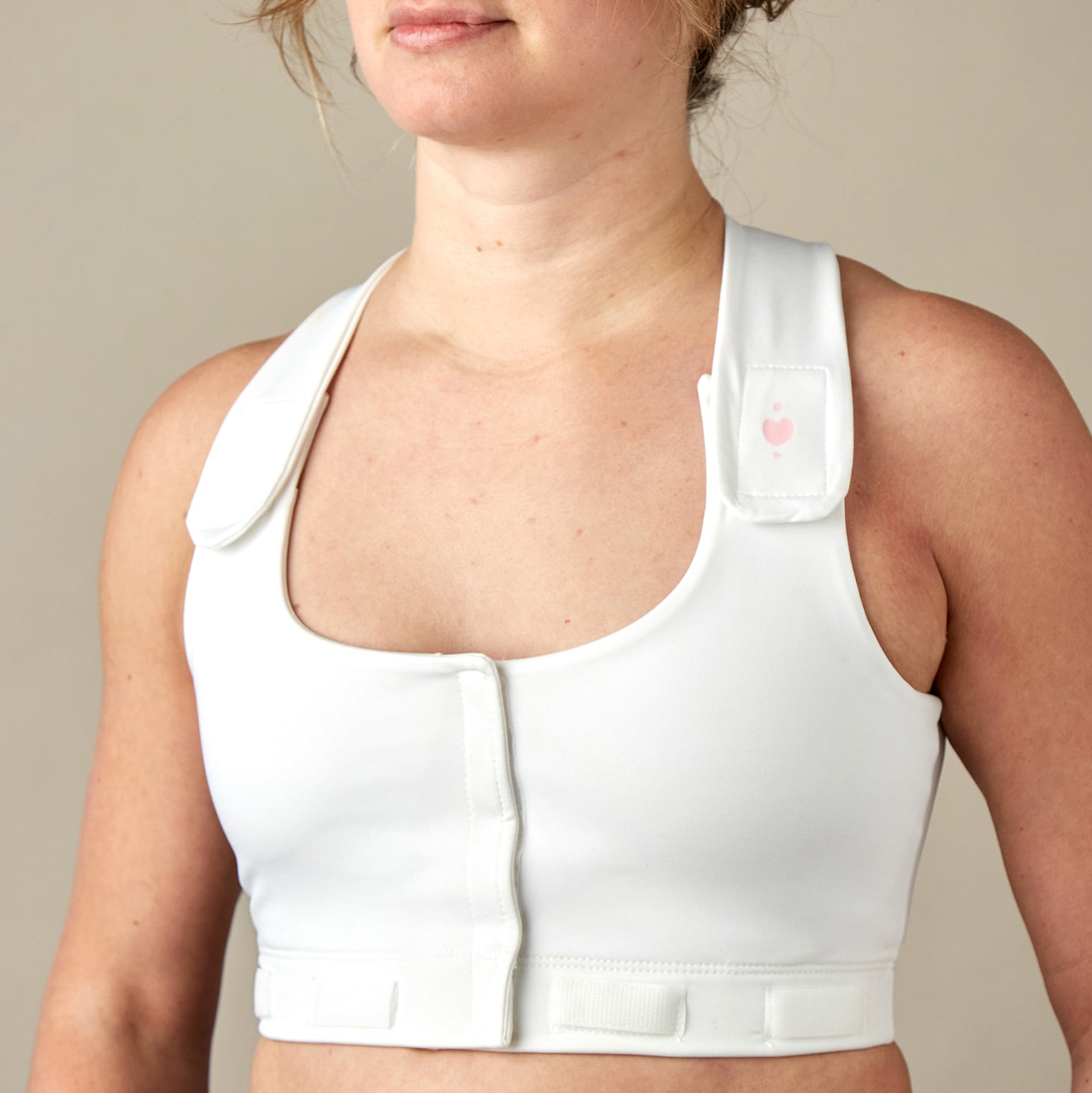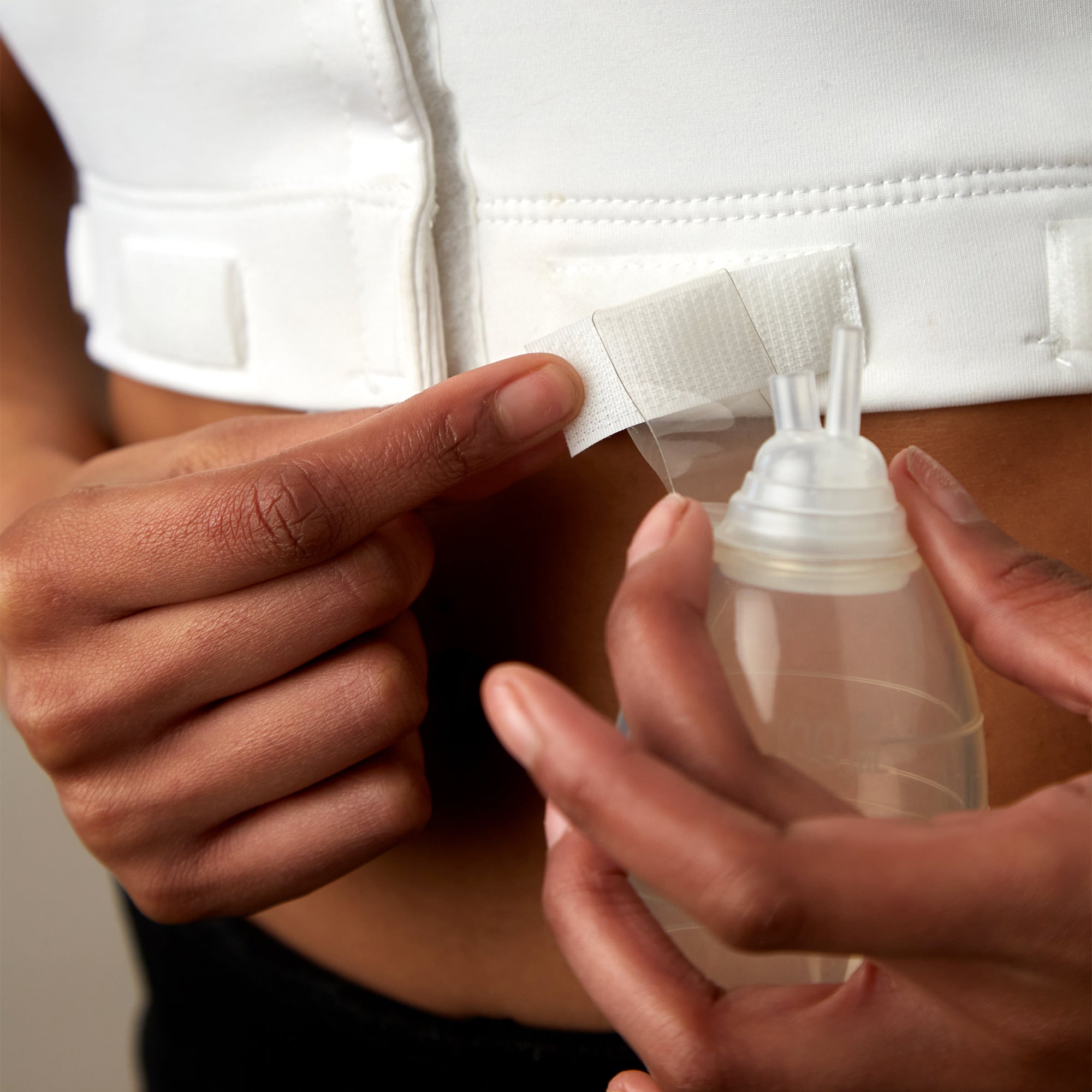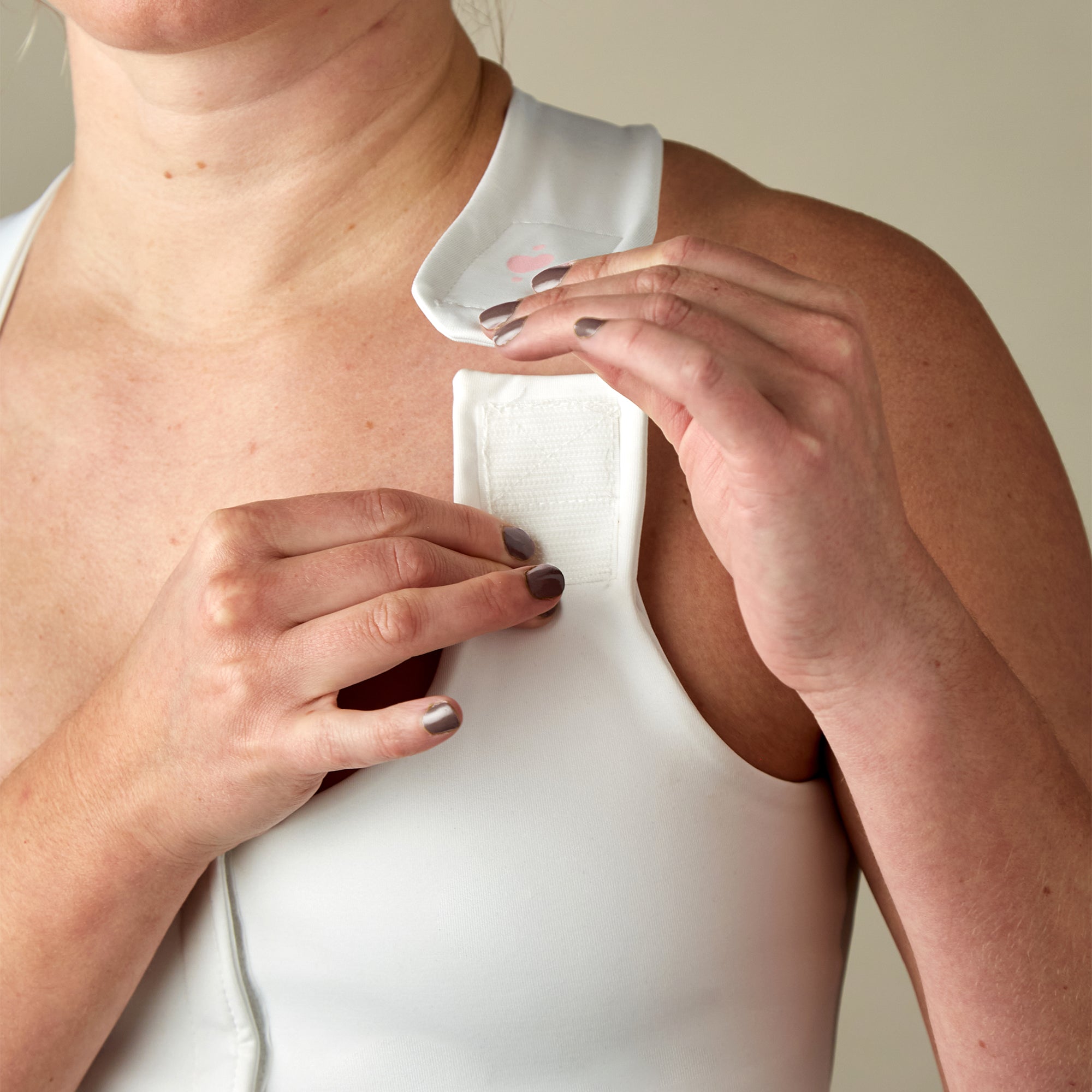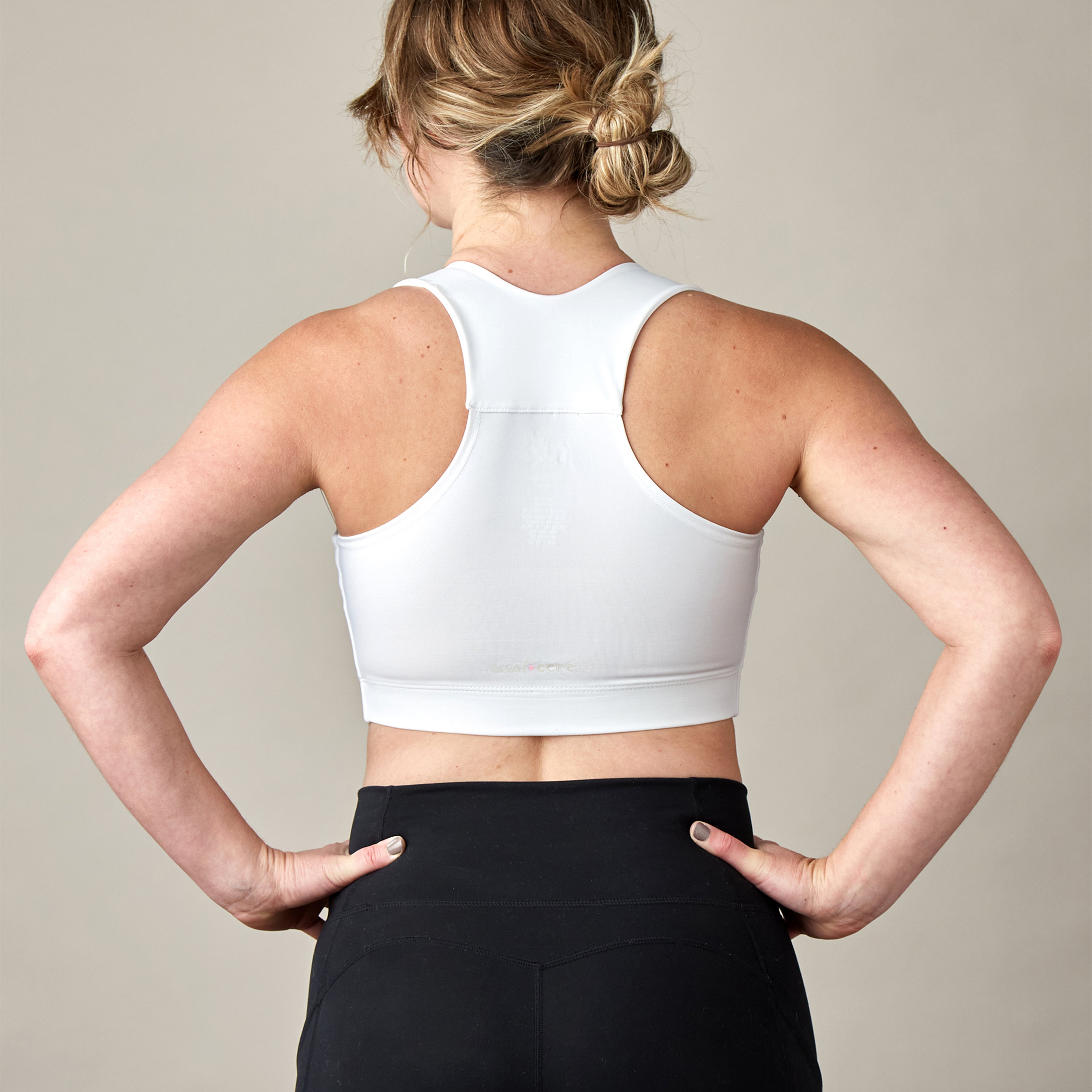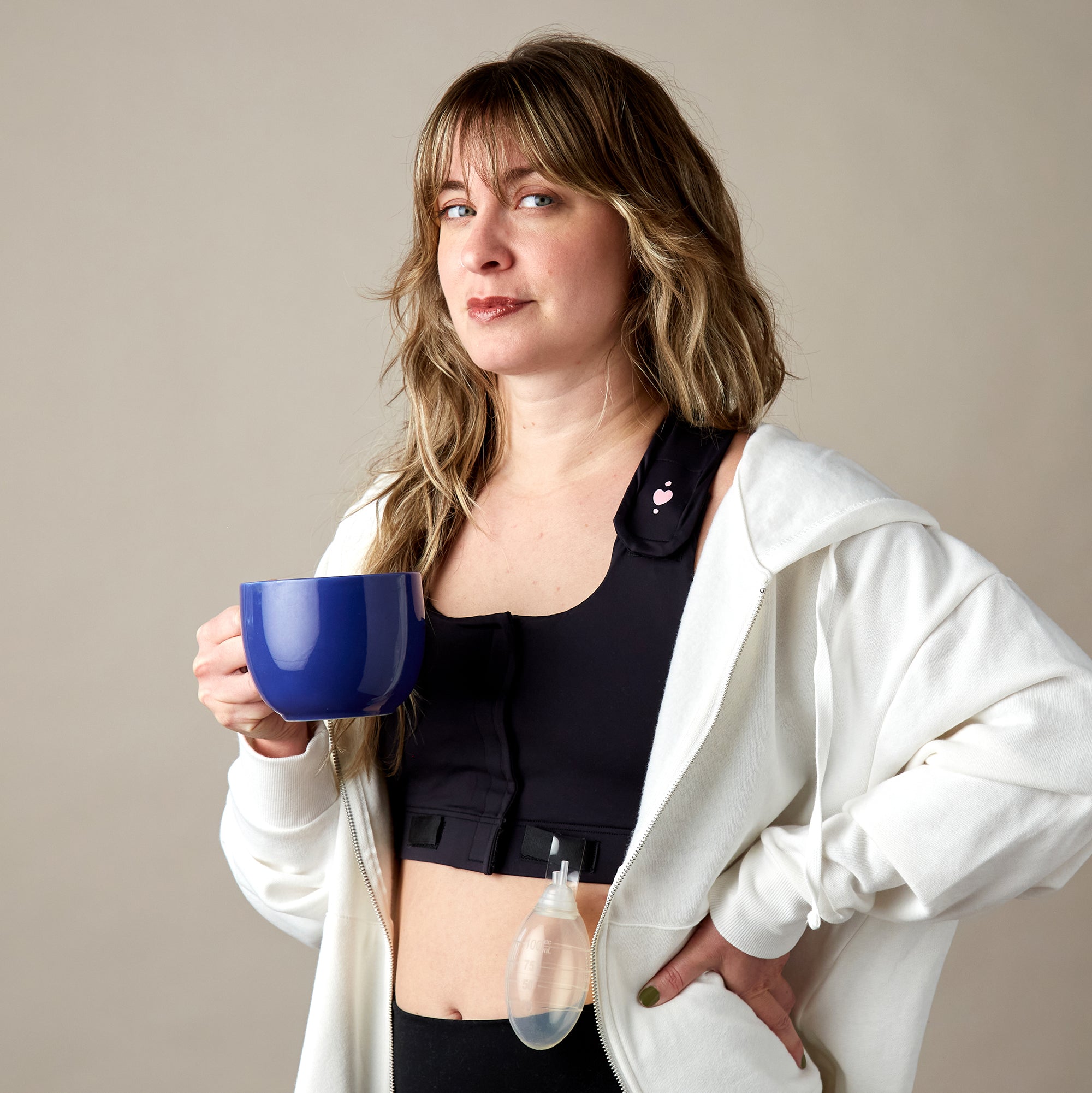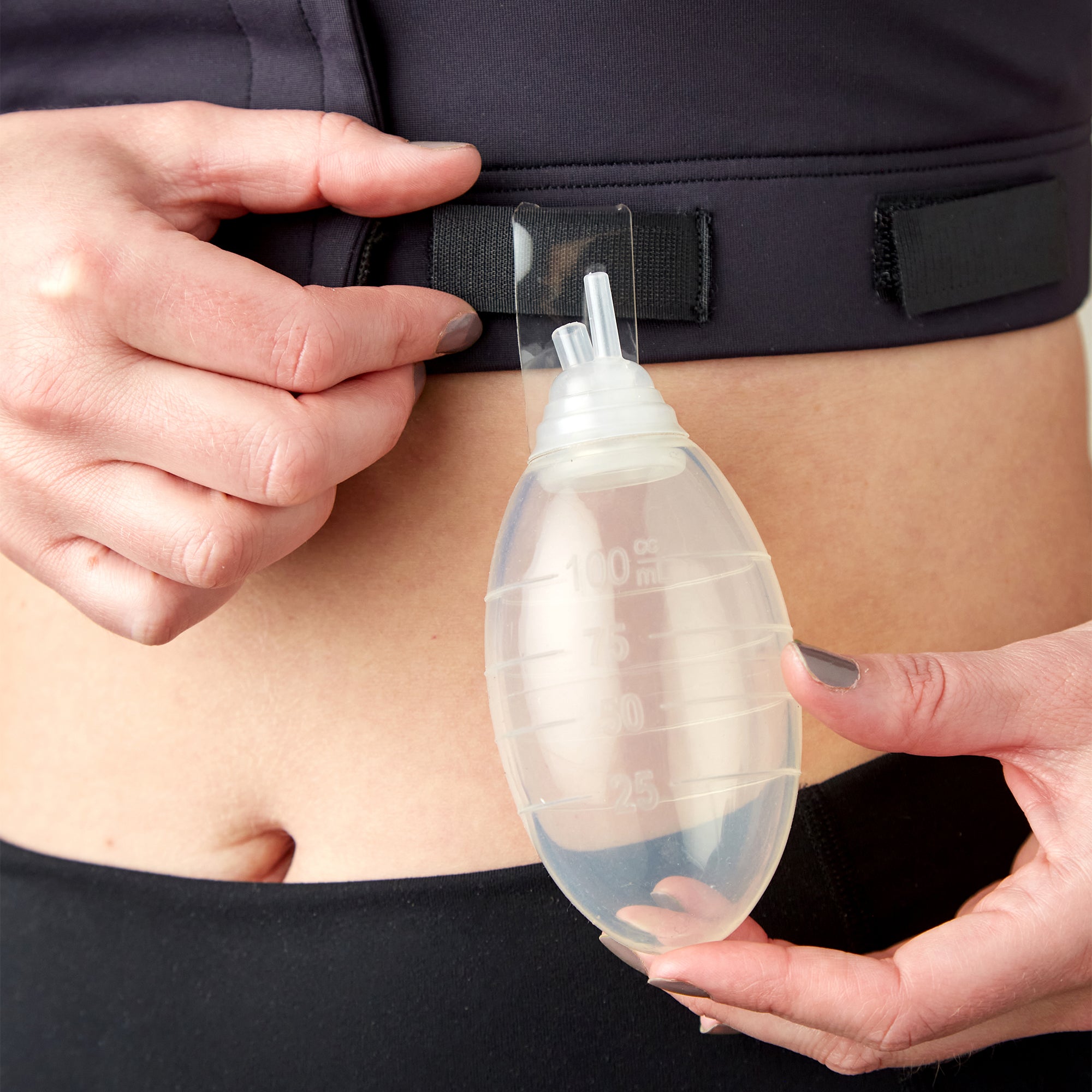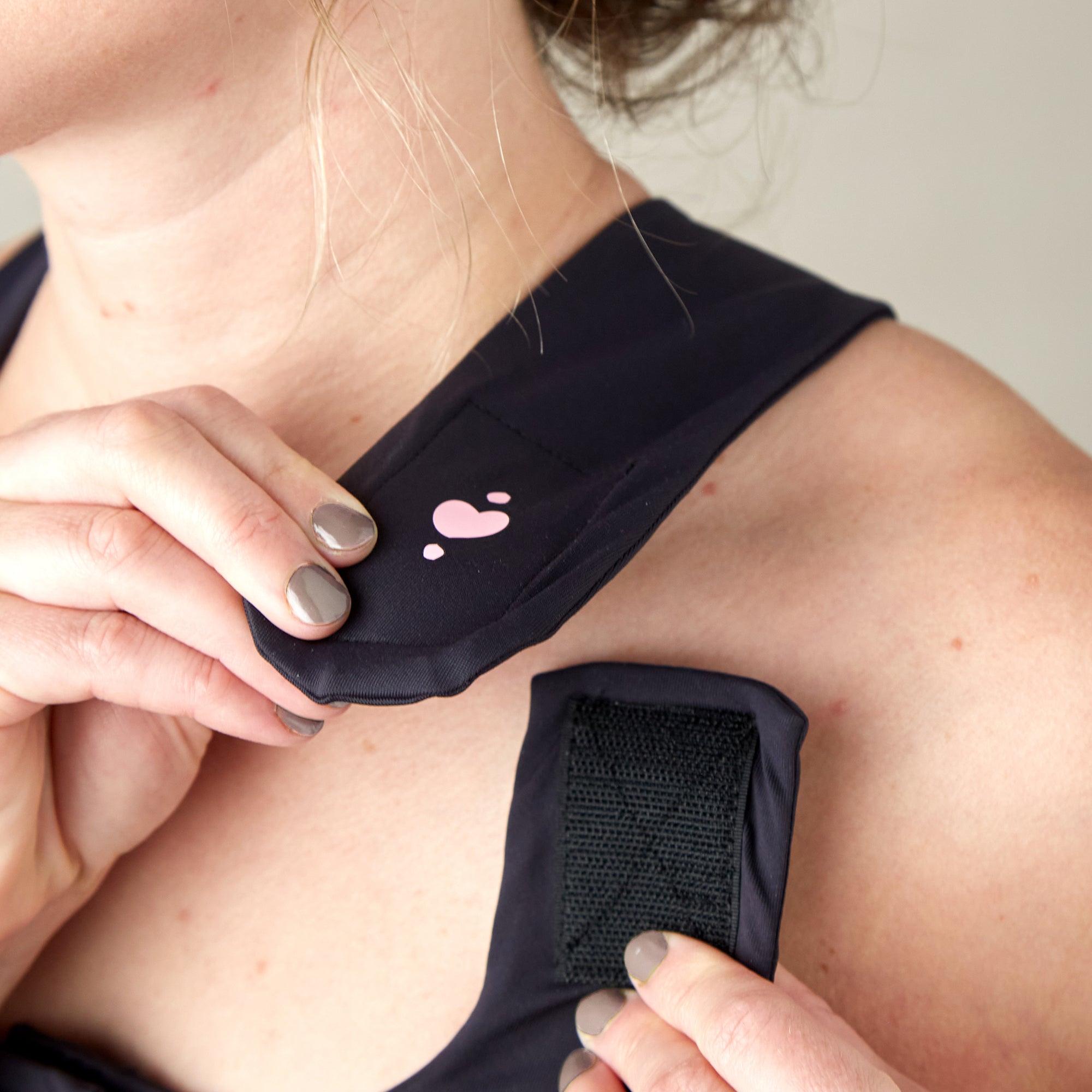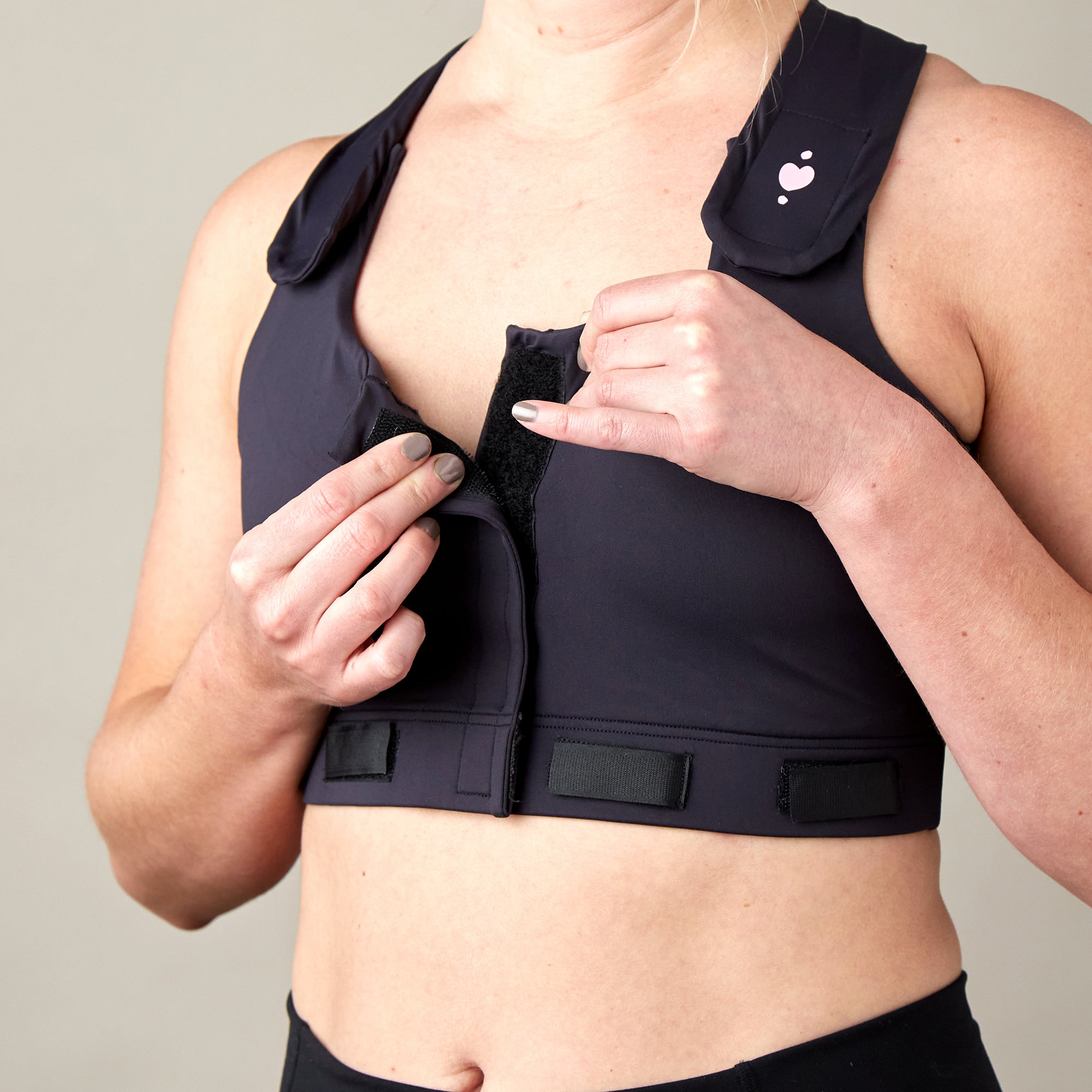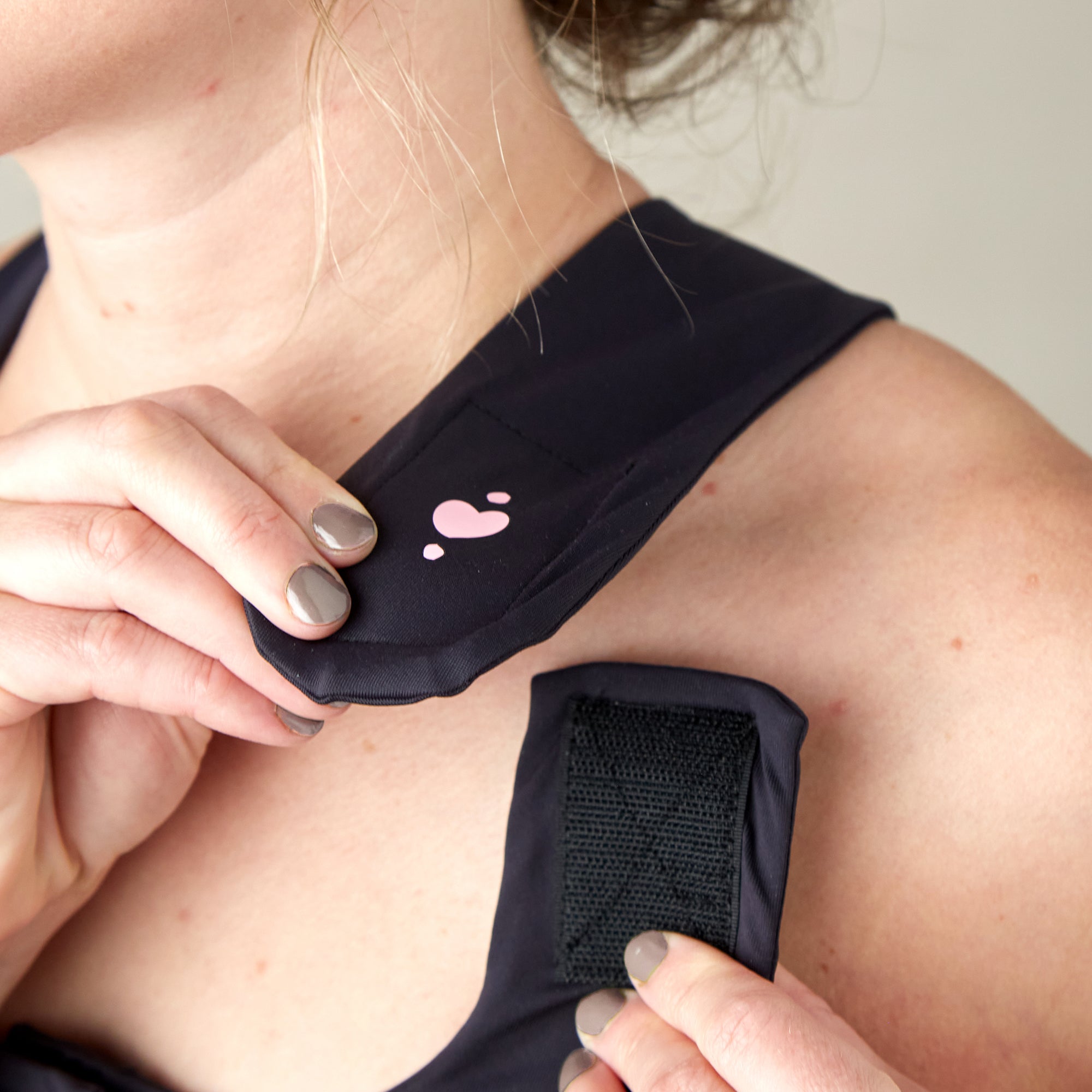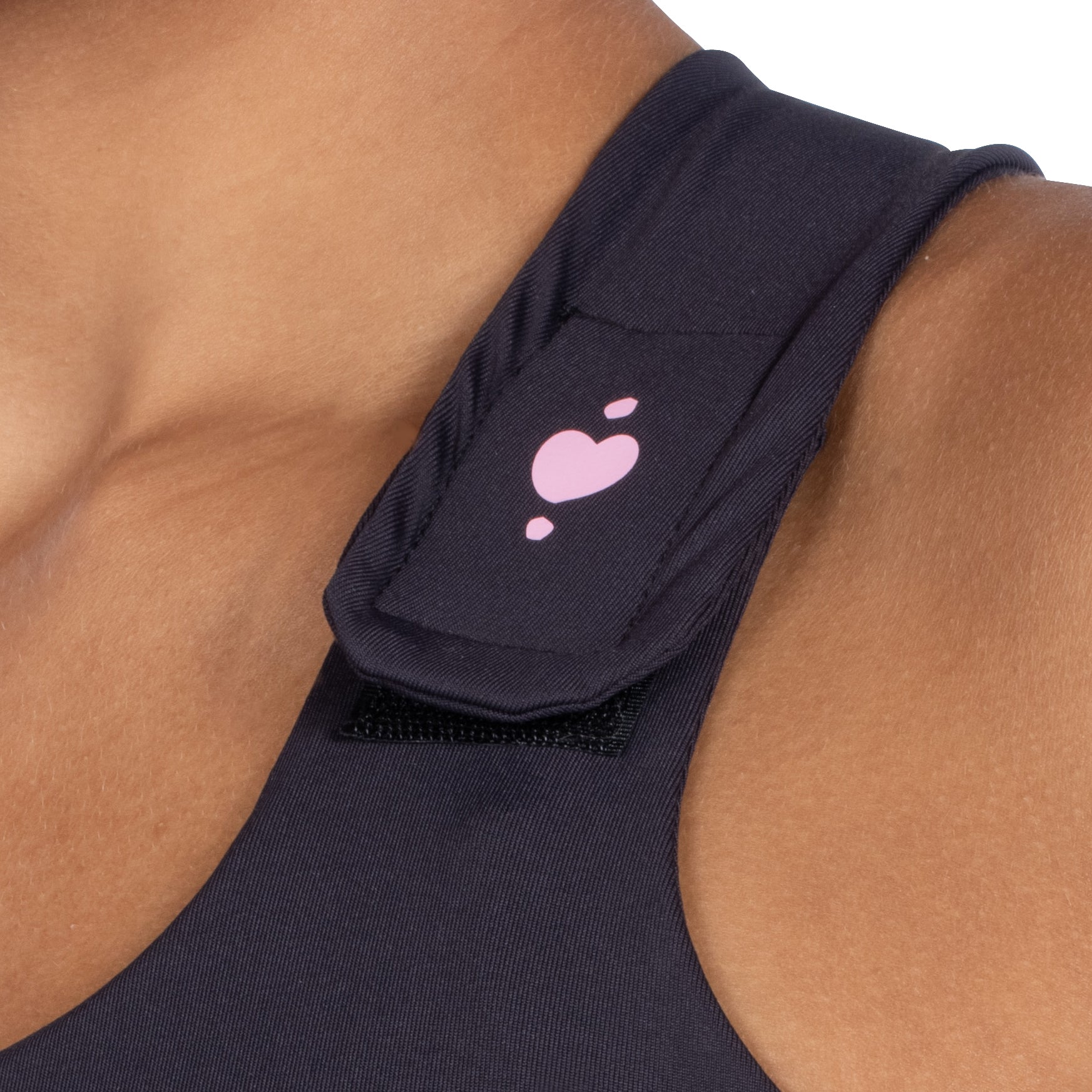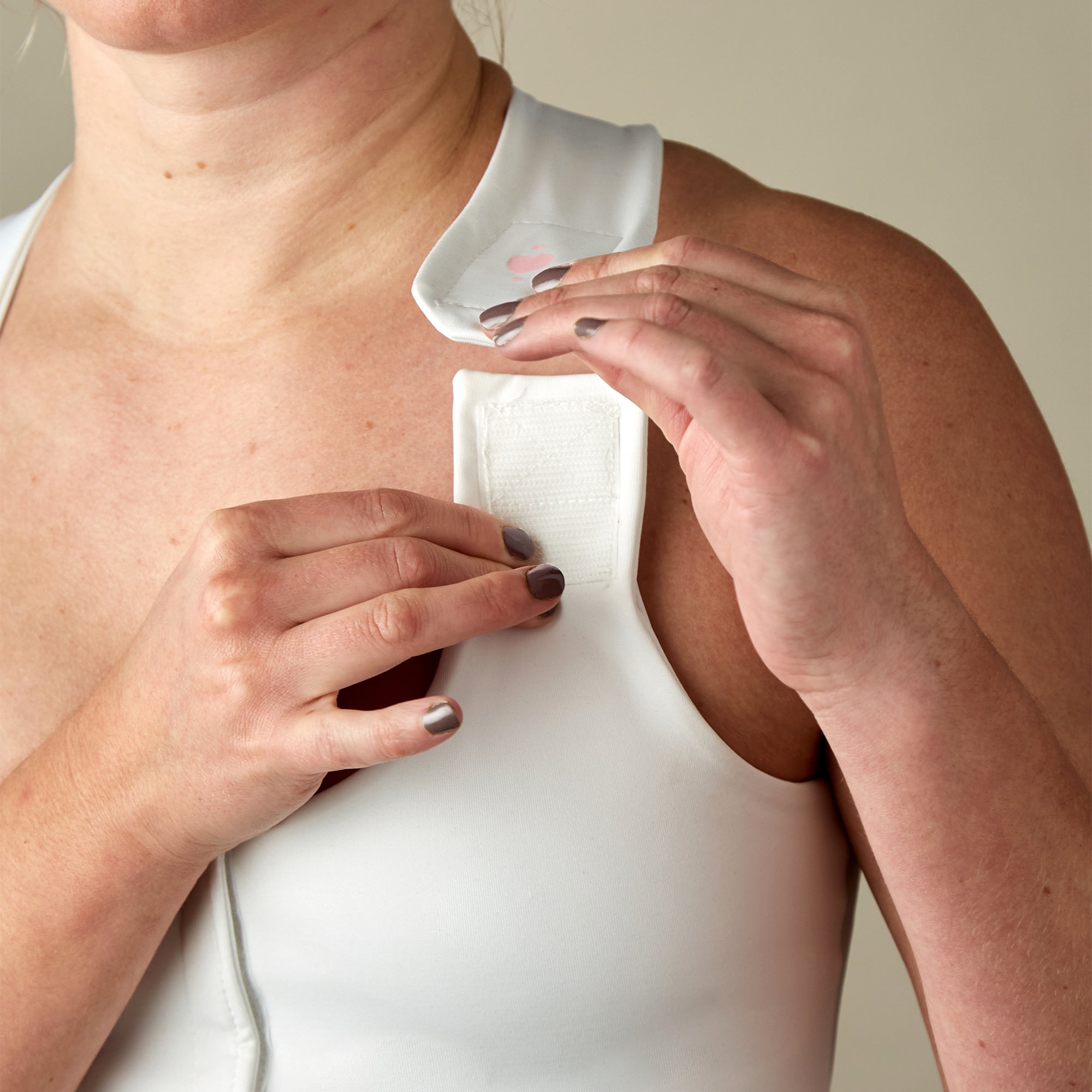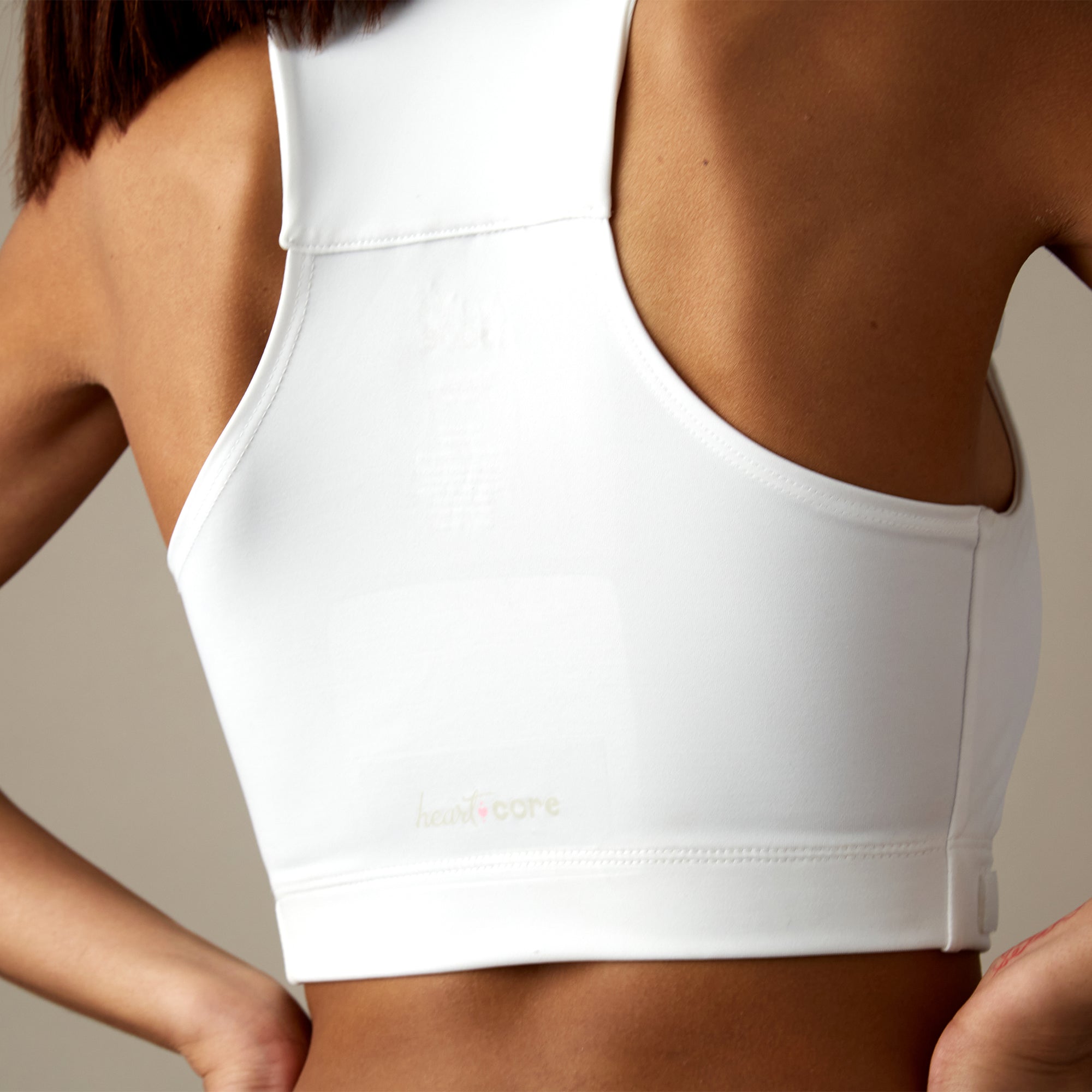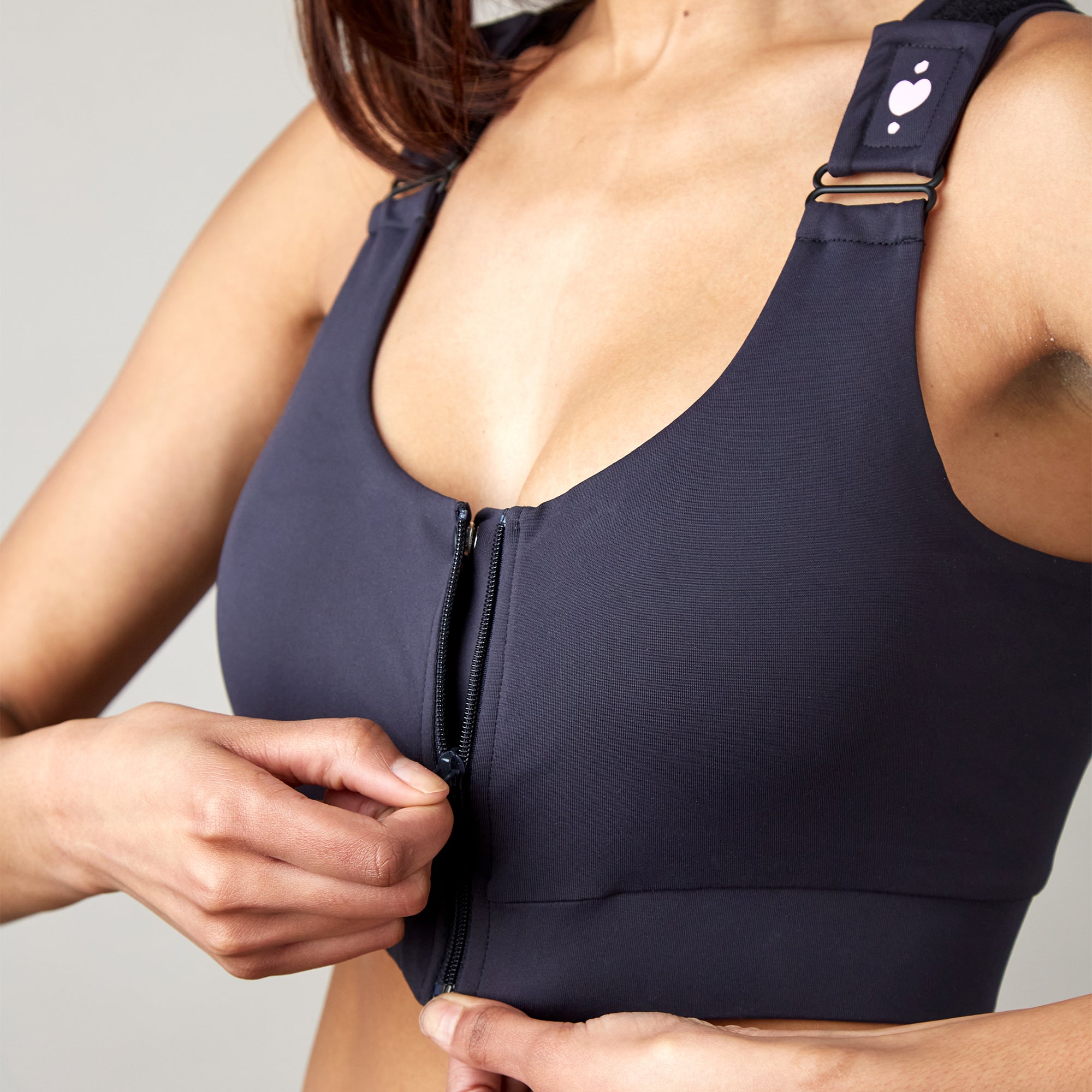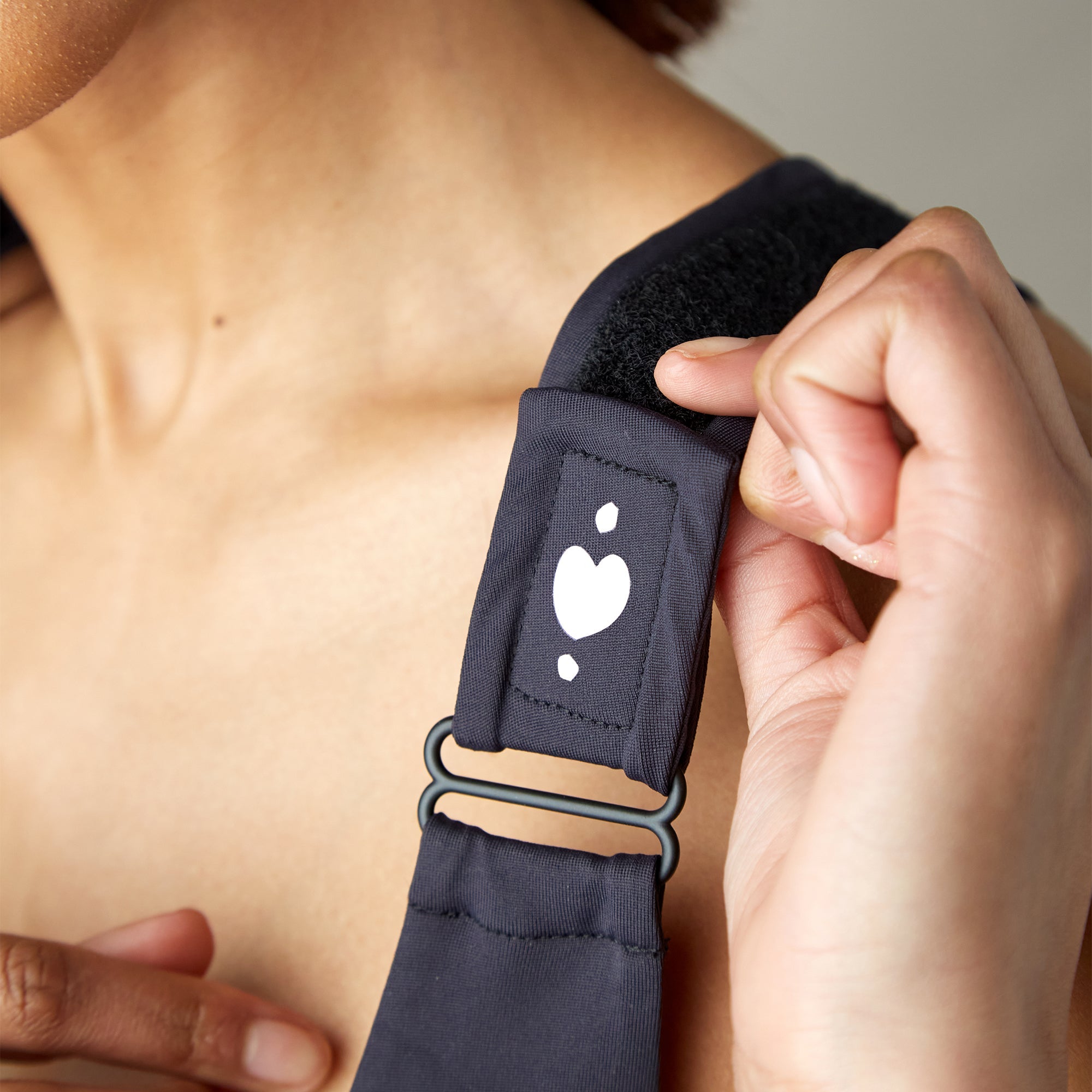How to Sleep and Take Care of Yourself After Cataract Surgery
Nearly 25 million Americans over 40 have cataracts, with surgical treatment being the gold standard for restoring vision. Cataract surgery is performed when the lens of the eye becomes cloudy and causes the person's vision to become hazy or blurry. Today the procedure is quick and painless. In less than an hour, the obscured lens is removed and most often replaced with a clear artificial lens.
While cataract surgery is highly successful, your recovery—especially how well you rest and sleep—plays a crucial role in healing and visual outcomes. This comprehensive guide will help you understand how to properly care for yourself after surgery, with special attention to sleep positioning and comfort.
Understanding Cataracts
Surgery is often the only treatment for cataracts, and there's not much one can do to prevent them. The NEI (National Eye Institute) recommends not smoking and also wearing sunglasses with UV protection to potentially lessen the likelihood of developing cataracts. Those who smoke and have increased exposure to sunlight seem to be at increased risk, but genetics also play a role.
Though cataract surgery is considered extremely safe, it's important to be prepared and follow your doctor's recommendations both before and after the procedure to help minimize infection and avoid complications.
Types of Cataract Surgery: Understanding Your Procedure
Not all cataract surgeries are identical, and understanding which procedure you're undergoing can help you better prepare for your recovery needs, particularly regarding sleep positioning and post-operative care.
Phacoemulsification (Standard Cataract Surgery)
Phacoemulsification is the most common type of cataract surgery performed today. During this procedure:
-
A small incision (typically 2-3mm) is made at the edge of your cornea
-
A tiny probe emitting ultrasonic waves breaks up the cloudy lens
-
The fragmented lens is suctioned out
-
An artificial intraocular lens (IOL) is inserted through the same small incision
-
The incision is so small it typically self-seals without stitches
Recovery Implications: Because phacoemulsification uses such a small incision that often doesn't require stitches, recovery tends to be quicker. However, proper sleep positioning remains critical to prevent pressure on the eye that could disrupt the self-sealing incision. The Sleep Again Pillow System is particularly valuable during the first week after phacoemulsification to maintain back sleeping and prevent rolling onto the side.
Extracapsular Cataract Surgery
This less common procedure is typically used for advanced cataracts too dense for phacoemulsification:
-
A larger incision (about 10mm) is made in the eye
-
The cloudy lens is removed in one piece
-
An artificial lens is placed where the natural lens was
-
Stitches are required to close the larger incision
Recovery Implications: Due to the larger incision and stitches, recovery from extracapsular surgery typically takes longer. Sleep positioning becomes even more critical, as any pressure on the eye could disrupt the healing incision. Patients may need to maintain back-sleeping for 2-3 weeks rather than just 1-2 weeks.
Laser-Assisted Cataract Surgery (LACS)
This newer technique uses femtosecond laser technology to perform some steps traditionally done by hand:
-
A laser creates the corneal incision with precise dimensions
-
The laser helps break up the cataract for easier removal
-
The remainder of the procedure resembles phacoemulsification
-
An artificial lens is inserted through the incision
Recovery Implications: While laser-assisted surgery may offer advantages in precision, patients still need to follow the same sleep positioning guidelines. The Sleep Again Pillow System remains essential for maintaining back sleeping during recovery.
Intraocular Lens (IOL) Options
The type of artificial lens implanted during your surgery affects not only your vision but potentially your recovery experience:
Monofocal IOLs: These standard lenses provide clear vision at one distance (typically distance vision), with reading glasses needed for close work.
Multifocal IOLs: These premium lenses provide vision at multiple distances, potentially eliminating the need for glasses.
Accommodative IOLs: These lenses can shift position in the eye, allowing focus at different distances.
Toric IOLs: Designed to correct astigmatism as well as cataracts.
Recovery Implications: Premium lenses like multifocal IOLs may require more adaptation time as your brain learns to use the new lens. Proper sleep positioning with the Sleep Again Pillow System can help protect your investment in these advanced lenses by ensuring optimal healing conditions.
How to Prepare for Cataract Surgery
Cataract surgery generally won't require an overnight hospital stay and is typically performed by your ophthalmologist in an outpatient surgery center.
Several days or weeks before the surgery, your doctor will use ultrasound equipment to measure the size and shape of your eye. These measurements will be used to fit the new intraocular lens that will be implanted during your surgery to replace the cloudy lens.
Your ophthalmologist will provide instructions for what to avoid the night before and the morning of your surgery. Often patients will be instructed to not eat or drink anything 12 or more hours prior to the procedure. Most often cataracts are corrected with the use of local anesthesia and do not require general anesthesia, meaning you won't be asleep for the procedure, but the area will be entirely numb.
Some common recommendations include wearing loose-fitting and comfortable clothing on the day of your surgery and also not wearing any jewelry or makeup, especially eye makeup. You'll also need a designated driver to take you home following your surgery.
Recovery Timeline After Cataract Surgery
Understanding what to expect during your recovery can help you prepare both mentally and physically:
Day of Surgery:
-
Mild discomfort, blurry vision, and light sensitivity are normal
-
Rest with your head elevated
-
Begin using prescribed eye drops as directed
-
Wear your protective eye shield continuously for the first 24 hours
Days 1-3:
-
Continue wearing the eye shield while sleeping
-
Maintain a back-sleeping position with proper support
-
Avoid bending over or lifting heavy objects
-
Expect gradual vision improvement, though fluctuations are normal
Days 4-7:
-
Most patients notice significant vision improvement
-
Continue back sleeping or operated-eye-up position
-
Avoid swimming, hot tubs, and dusty environments
-
Follow-up appointment typically scheduled during this period
Weeks 2-4:
-
Most daily activities can be resumed, though check with your doctor
-
Sleep position restrictions may be relaxed, but back sleeping remains safest
-
Vision continues to stabilize
-
Final prescription for glasses may be provided (if needed)
How to Sleep After Cataract Surgery
Rest is critical in recovering from any surgery, including cataract surgery. Lying on your back is the recommended sleeping position following any eye surgery as it provides the least amount of pressure and potential for irritation of the eye.
Surgeons advise not sleeping at all on the same side as the operated eye. Your pillow can rub up against this area, causing inflammation.
Why Sleep Position Matters
The position you sleep in affects:
-
Intraocular pressure (pressure within the eye)
-
Risk of accidental eye rubbing or pressure
-
Distribution of eye drops and medication
-
Overall healing and comfort
Side and stomach sleeping can create pressure points against the eye, potentially disrupting the healing incision or displacing the new lens implant. Back sleeping with proper head elevation helps maintain optimal eye pressure and keeps your healing eye free from contact with bedding.
Common Sleep Challenges After Cataract Surgery
Many patients experience these sleep-related challenges following surgery:
Adjusting to Back Sleeping: Many people are habitual side or stomach sleepers, making the transition to back sleeping difficult. Using a dedicated support system like the Sleep Again Pillow System can help maintain proper positioning throughout the night.
Preventing Accidental Eye Rubbing: Even while asleep, you may instinctively rub your eye if it feels itchy or irritated. Wearing your protective eye shield and having proper pillow support prevents this common complication.
Managing Eye Drop Schedules: Post-operative eye drops may need to be administered on a strict schedule. Setting alarms and keeping drops near your bedside helps maintain your medication regimen without disrupting sleep.
Dealing with Discomfort: Initial discomfort can make falling asleep difficult. Creating a comfortable sleep environment with proper support for your entire body helps overcome this challenge.
Wedge Pillows Can Help with Safety and Security Following Cataract Surgery
Wedge pillows can help you rest and recover while sleeping on your back. Sleeping in a new position can be a bit tricky, especially for side sleepers who aren't used to lying flat throughout the night.
A unique full body pillow system has come onto the market that addresses the specific needs following several different types of surgery, including cataract surgery. The Sleep Again Pillow System supports back sleeping while healing and combines five pillows together - two body pillows, two wedge pillows, and a neck support pillow - to cradle your entire body and prevent rolling while sleeping.
Why Traditional Pillows Fall Short
Standard pillows are designed primarily for comfort, not medical recovery. They often:
-
Fail to maintain proper elevation throughout the night
-
Allow for unintentional position changes during sleep
-
Lack adequate support for the entire body
-
Don't prevent rolling onto the operated side

The Sleep Again Pillow System Advantage for Cataract Patients
The Sleep Again Pillow System addresses these challenges through its comprehensive design:
Complete Body Support: The system's five-component design cradles your entire body, preventing the natural tendency to roll onto your side during sleep. This is particularly important in the first week after cataract surgery when maintaining proper position is most critical.
Optimal Head Elevation: The adjustable neck support pillow provides the ideal angle to reduce intraocular pressure without causing neck strain. This elevation also helps reduce post-operative swelling.
Pressure-Point Relief: The system's body pillows distribute weight evenly, preventing pressure points that can cause discomfort and disturb sleep during recovery.
Versatile Components: While the recovery time for cataract surgery isn't particularly long, investing in a post-surgical pillow provides many more benefits than just a one-time surgery. This pillow system was designed as an overall healing pillow to help optimize sleep. It can be used for hundreds of ailments or procedures, including cancer recovery, back pain, shoulder surgery or pain, neck pain, sleep apnea, sinus issues, stomach surgery, cosmetic surgery, and as a positioning pillow for the elderly. It's specifically designed with your rest and safety in mind.
Though they work together as one system, all five pillows are separate pieces and can be shared with other family members if desired. The two body pillows are full-length and can be split apart and used individually. If you're curious about the sleep benefits of body pillows, check out our recent article on How to Use a Body Pillow. Additionally, the two wedges can be used separately to support the lower back and legs or together to provide a greater incline for reading. The wedges in this system are also wider than standard wedge pillows, providing greater comfort and safety.
Creating an Optimal Pre-Sleep Routine
Establishing a consistent pre-sleep routine after cataract surgery helps ensure both proper healing and quality rest:
-
Administer evening eye drops 30 minutes before bedtime to allow for absorption
-
Adjust your Sleep Again Pillow System to your preferred elevation and support level
-
Clean your eye shield according to your doctor's instructions and have it ready
-
Create a calm environment with dim lighting to reduce eye strain
-
Position essential items (water, eye drops, tissues) within easy reach
-
Use the bathroom before settling in to minimize disruptions
-
Apply your eye shield and position yourself properly on your back with the Sleep Again Pillow System supporting your body
What to Expect After Cataract Surgery
Most patients experience only mild discomfort following the procedure, which can be eased by using over-the-counter pain relievers.
Patients may be advised to wear a protective shield or eye patch for a short time after their surgery, including while they sleep. This is to prevent irritation and infection. Wearing a shield or patch as advised will help keep foreign objects such as dust, hair, and dirt out of your eye. And most importantly, don't rub your eyes! Though the eyes can be itchy following cataract surgery, resist the urge to rub them as doing so can increase irritation and inflammation of your healing eyeball.
Vision typically improves within a few days following surgery, and things like colors may seem much brighter than before. Some patients experience light sensitivity following surgery and may be instructed to wear sunglasses outdoors for the first week after the procedure.
You'll also be advised to avoid a whole host of activities for a set duration such as driving, swimming, intense exercise, drinking alcohol, and smoking as all of these activities can increase pressure within the eye.
Creating an Optimal Recovery Environment at Home
The environment where you recover plays a significant role in your healing process after cataract surgery. Optimizing your home—particularly your bedroom—can reduce complications and enhance comfort during recovery.
Lighting Considerations
Adjust Light Levels Strategically
-
Install dimmer switches or use lamps with adjustable brightness
-
Position lighting to eliminate glare on surfaces
-
Use warm-toned bulbs rather than harsh blue/white light
-
Consider blackout curtains for daytime sleep if needed
Manage Light Exposure
-
Arrange your Sleep Again Pillow System so that overhead lights don't shine directly into your eyes
-
Keep a pair of sunglasses by your bed for trips to the bathroom during the night
-
Use nightlights in hallways and bathrooms to prevent the shock of turning on bright lights
Air Quality Management
Post-surgical eyes are particularly sensitive to environmental irritants. Consider these adjustments:
Reduce Airborne Particles
-
Change HVAC filters before surgery
-
Consider a HEPA air purifier in your bedroom
-
Avoid ceiling fans that can circulate dust
-
Keep windows closed during high pollen or pollution days
Maintain Proper Humidity
-
Use a humidifier if your home is dry to prevent eye dryness
-
In humid environments, dehumidifiers can prevent excessive moisture that may harbor mold spores
Bedroom Layout and Accessibility
Strategic arrangement of your recovery space can prevent accidents and make self-care easier:
Accessibility Planning
-
Position your Sleep Again Pillow System so you can get in and out of bed from the side opposite your operated eye
-
Arrange essential items (water, medications, phone) within easy reach on your nightstand
-
Consider relocating to a ground-floor bedroom temporarily if stairs are difficult
-
Remove trip hazards like loose rugs or cords from pathways
Support Items to Have Ready
-
Eye drop organizer with timer function
-
Protective eyewear storage (clean case for shields/glasses)
-
Extra pillowcases for your Sleep Again Pillow System components (change these frequently)
-
Bell or intercom system to call for assistance
-
Pre-filled water bottles with straws to minimize head movement while drinking
Technology Considerations
Screen use can affect your recovery and comfort:
Digital Device Management
-
Adjust screen brightness to the lowest comfortable setting
-
Increase text size on phones and computers temporarily
-
Position screens at eye level or slightly below to reduce strain
-
Use voice commands when possible to reduce screen time
-
Install blue light filters on all devices
Audio Alternatives
-
Prepare audiobooks and podcasts before surgery
-
Consider voice-controlled devices for entertainment and information
-
Set up audio news services rather than reading newspapers or digital news
Temperature Regulation
Maintaining comfortable temperature is important for quality sleep during recovery:
Environment Control
-
Set your bedroom 2-3 degrees cooler than your daytime temperature preference
-
Choose breathable, light bedding that works with your Sleep Again Pillow System
-
Keep a light blanket accessible for temperature adjustments without getting up
-
Position your bed away from heating/cooling vents that might blow directly on your face
Frequently Asked Questions About Sleeping After Cataract Surgery
Q: How long do I need to sleep on my back after cataract surgery?
A: Most surgeons recommend sleeping on your back for at least 1 week after surgery. Some patients feel more comfortable continuing this position for 2-3 weeks. The Sleep Again Pillow System makes back sleeping comfortable, even for habitual side sleepers.
Q: What if I accidentally roll onto my side during sleep?
A: The Sleep Again Pillow System is designed specifically to prevent rolling during sleep. Its body pillows create a natural barrier, while the wedge components keep you properly positioned throughout the night.
Q: Can I sleep without my eye shield after the first night?
A: Follow your doctor's specific instructions, but many surgeons recommend wearing the eye shield while sleeping for at least one week after surgery to prevent accidental contact or rubbing.
Q: How elevated should my head be while sleeping?
A: A gentle elevation of about 15-30 degrees is typically recommended. The wedge components of the Sleep Again Pillow System provide this ideal angle while supporting your neck and shoulders.
Q: When can I resume my normal sleeping position?
A: Most patients can gradually return to their preferred sleeping position after 1-2 weeks, but many find they prefer the support and comfort of the Sleep Again Pillow System even after recovery, especially as its ergonomic pillow benefits support the entire body.
Guide for Caregivers: Supporting Someone After Cataract Surgery
If you're caring for a family member or friend recovering from cataract surgery, this section will help you provide effective support while promoting their independence and healing.
Understanding Your Role as a Caregiver
The level of assistance needed after cataract surgery varies based on the patient's age, overall health, and the specific procedure performed. Generally, caregiving may involve:
Initial 24-48 Hours (High Support)
-
Transportation to and from the surgical facility
-
Helping administer eye drops on schedule
-
Assisting with daily activities to prevent bending/straining
-
Setting up the Sleep Again Pillow System for proper positioning
-
Monitoring for any concerning symptoms
Days 3-7 (Moderate Support)
-
Reminders for medications and eye drop schedules
-
Preparing easy-to-eat meals
-
Limited driving assistance for follow-up appointments
-
Encouraging proper sleep positioning with the Sleep Again Pillow System
-
Help with reading instructions or fine-print materials
Week 2 Onward (Light Support)
-
Occasional transportation if needed
-
Medication reminders if necessary
-
Encouragement to follow activity restrictions
Creating a Caregiver Schedule and Routine
Pre-Surgery Preparation
-
Review all post-operative instructions with the patient
-
Create a medication schedule chart with times clearly marked
-
Stock necessary supplies (eye drops, protective eyewear, Sleep Again Pillow System)
-
Prepare easy meals in advance
-
Arrange the recovery environment as described in the previous section
Daily Caregiving Routine
-
Morning Support:
-
Help position pillows for comfortable sitting up
-
Assist with morning eye drops
-
Prepare breakfast that doesn't require bending or straining
-
Ensure proper placement of eye shield when moving around
-
Daytime Monitoring:
-
Remind about activity restrictions
-
Help maintain proper posture when sitting
-
Assist with eye drop administration
-
Monitor for any concerning symptoms
-
Evening Sleep Preparation:
-
Arrange the Sleep Again Pillow System components
-
Assist with final eye drops of the day
-
Secure eye shield for sleeping
-
Ensure all necessities are within easy reach
Managing Eye Drop Administration
Proper application of prescribed eye drops is crucial for recovery:
Preparation Techniques
-
Wash hands thoroughly before handling drops
-
Have the patient lie flat with the Sleep Again Pillow System supporting their head
-
Ask them to look up toward their forehead
-
Pull down gently on the lower eyelid to create a small pocket
Application Methods
-
Rest your hand on the patient's forehead for stability
-
Hold the dropper about 1 inch above the eye (avoiding contact)
-
Apply the prescribed number of drops into the pocket of the lower lid
-
Have the patient close their eyes gently for 1-2 minutes without squeezing
-
Blot excess moisture with a clean tissue
Tracking Tips
-
Use a tracking app or printed schedule to record each application
-
Color-code multiple medications for clarity
-
Set alarms for each scheduled dose
Recognizing Warning Signs
As a caregiver, you're often the first to notice potential complications. Contact the doctor immediately if you observe:
-
Increasing pain rather than decreasing pain
-
Declining vision after initial improvement
-
Unusual discharge or bleeding
-
Swelling that worsens after 48 hours
-
Fever or chills
-
Significant redness that doesn't improve
Self-Care for Caregivers
While supporting someone through recovery, remember to:
-
Take breaks and arrange backup help when needed
-
Use the Sleep Again Pillow System components for your own rest when not needed by the patient
-
Maintain your own sleep schedule and health routine
-
Ask for specific instructions if you're unsure about any aspect of care
Additional Resources for Cataract Surgery Patients
Online Support Communities:
Recommended Reading:
-
"What You Need to Know About Cataract Surgery: A Patient's Guide to Modern Eye Surgery"
-
"Better Vision, Better Life: Your Comprehensive Guide to Cataract Treatment"
Mobile Apps:
-
Eye Drop Reminder apps to help maintain your medication schedule
-
Sleep tracking apps to monitor your rest quality during recovery
Resources for Caregivers:
-
"Caring for Your Loved One After Eye Surgery: A Practical Guide"
-
Family Caregiver Alliance - General caregiving support and resources
-
Local hospital patient advocate services for guidance and support
Remember that proper rest and following your doctor's post-operative care instructions are essential components of a successful recovery from cataract surgery. The Sleep Again Pillow System can help make this recovery period more comfortable and effective by ensuring you maintain the optimal sleeping position throughout your healing process.


